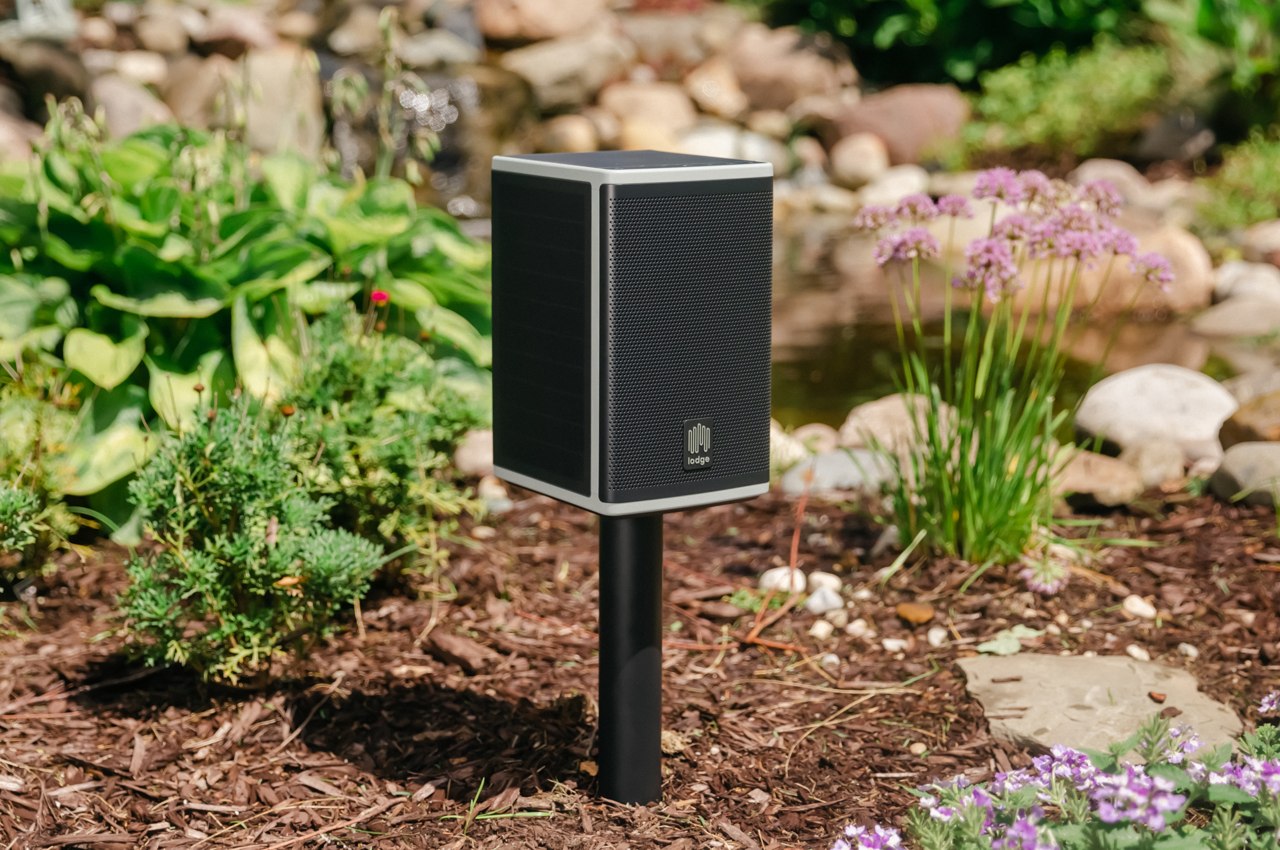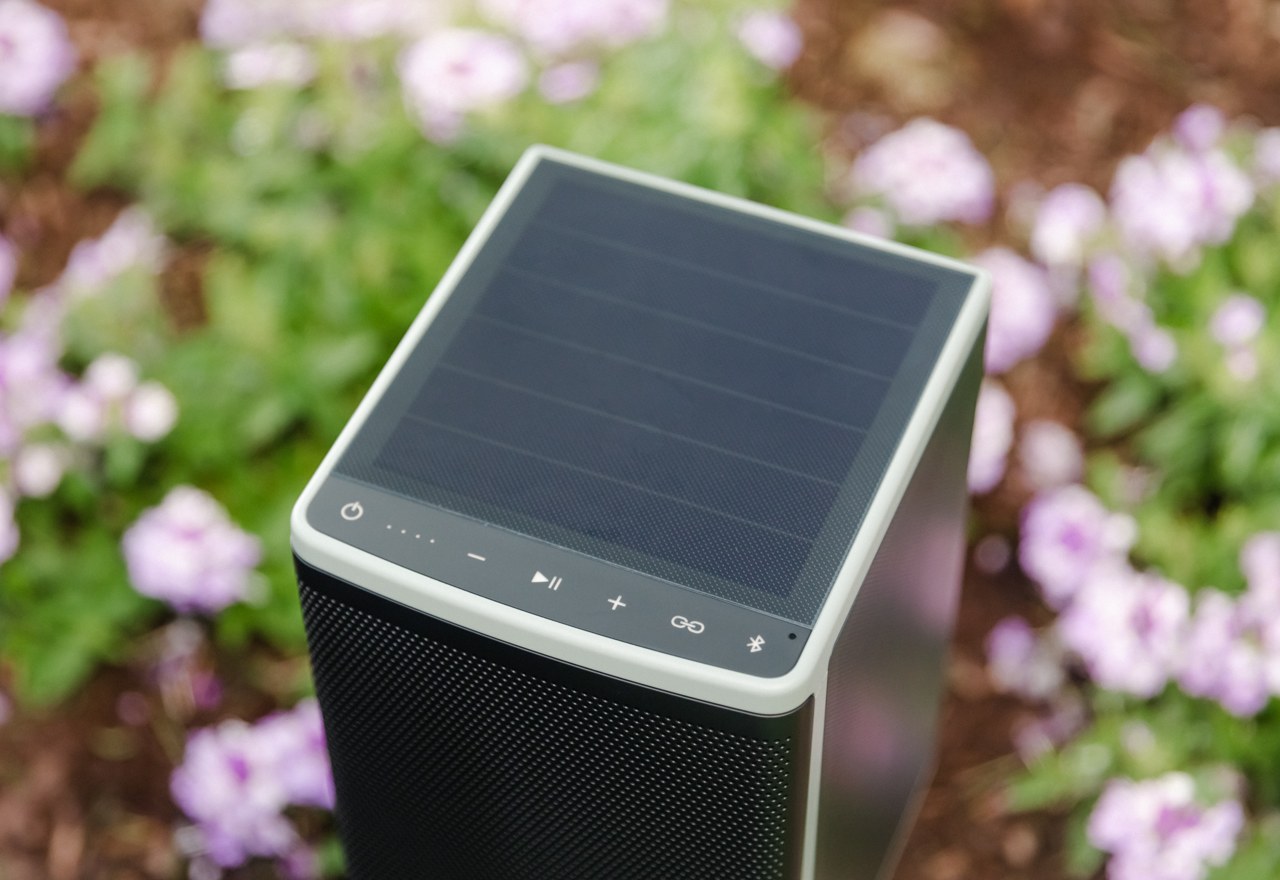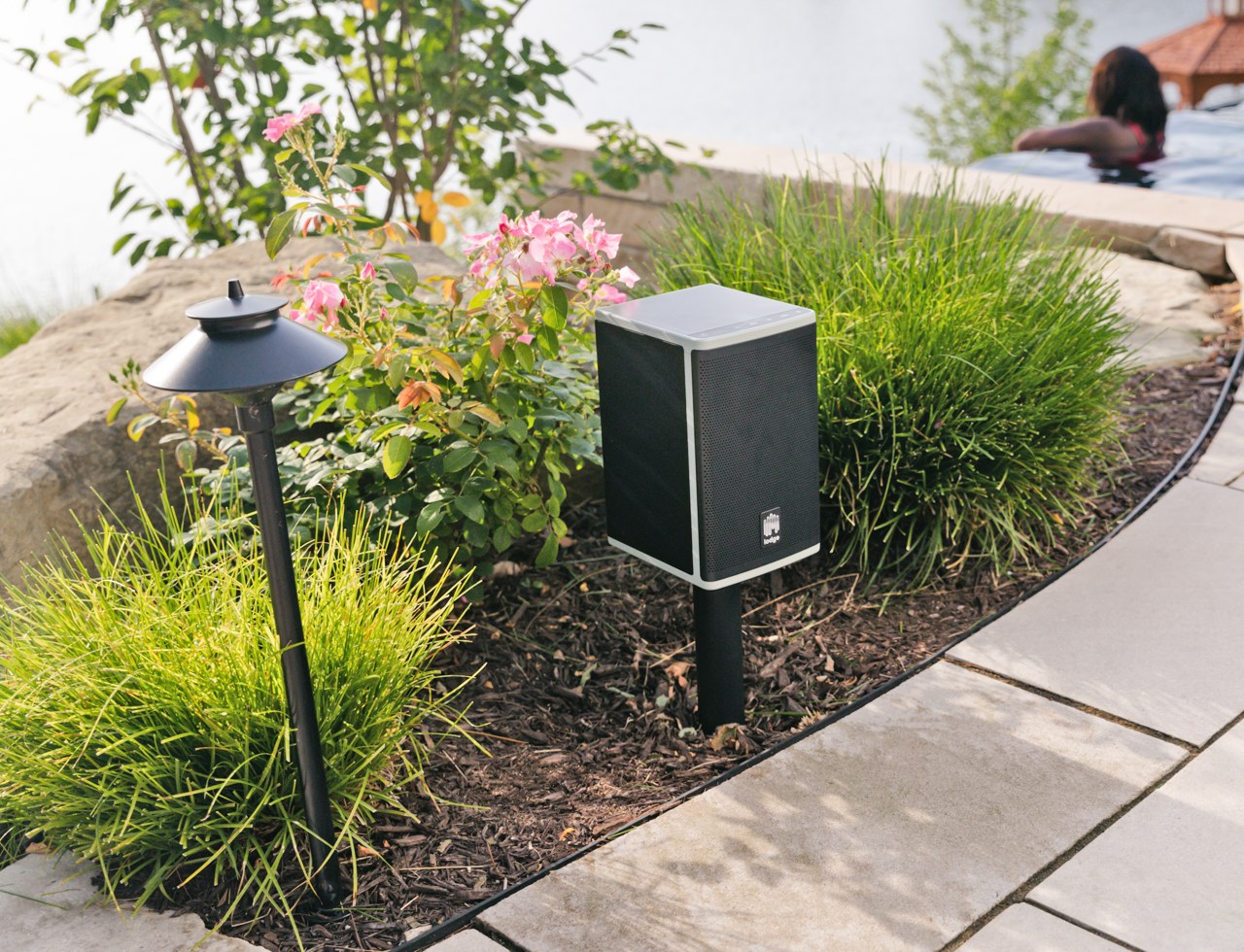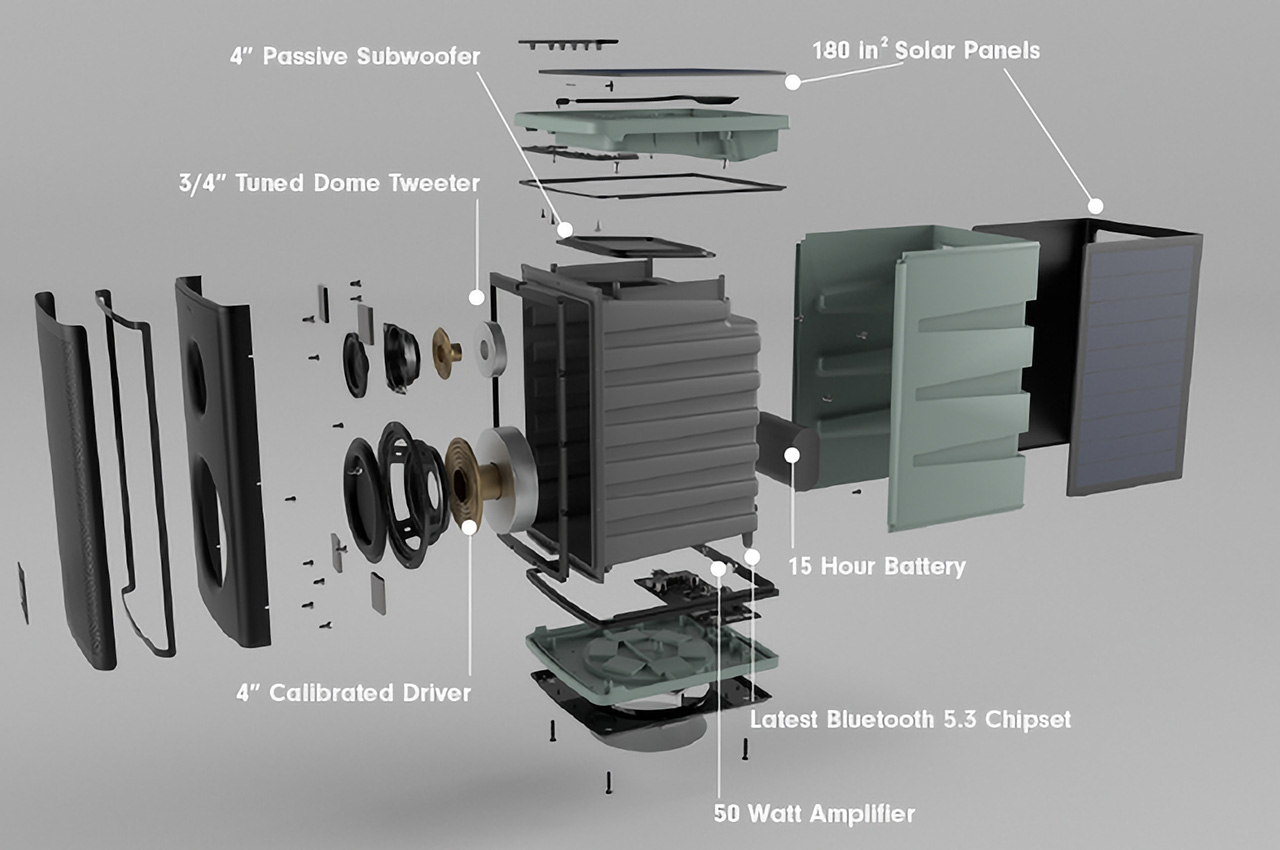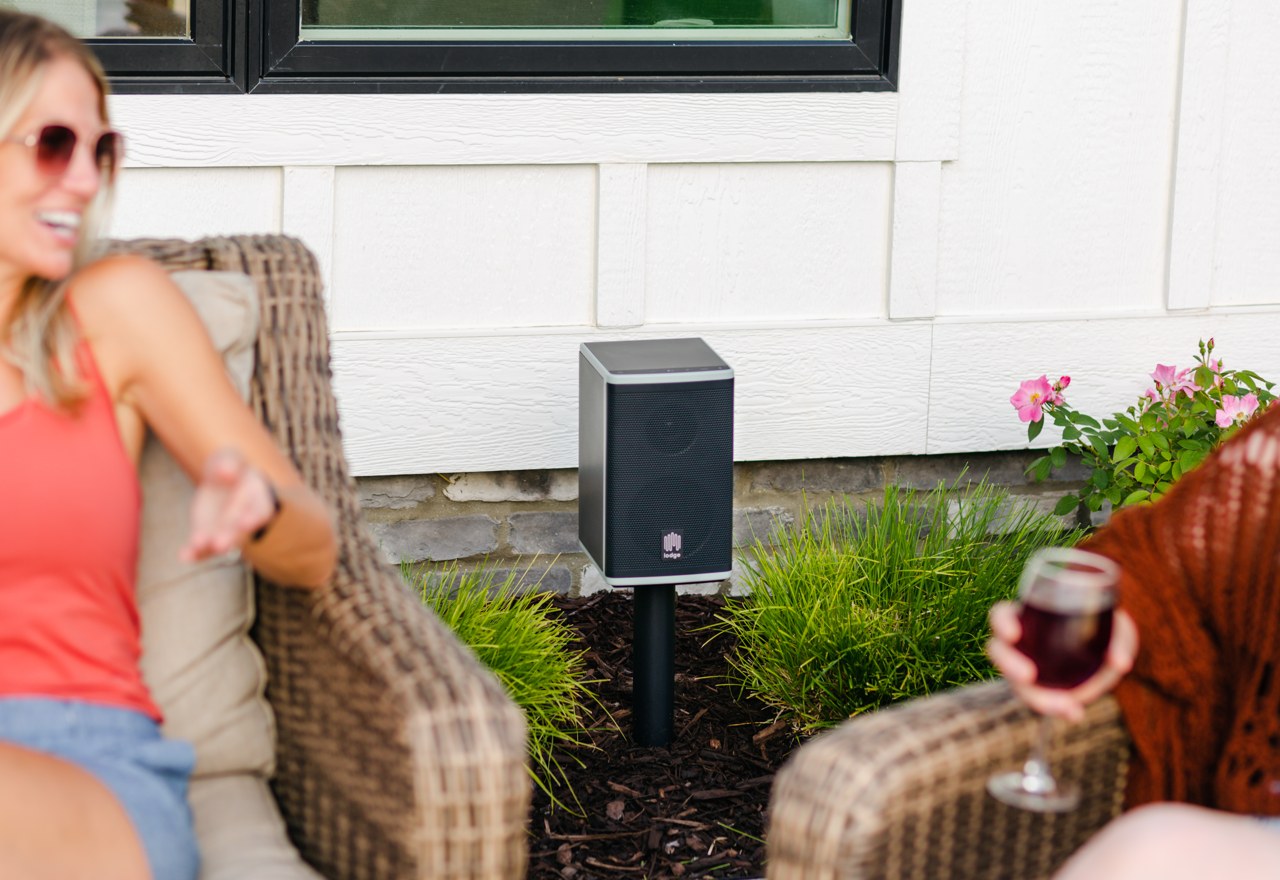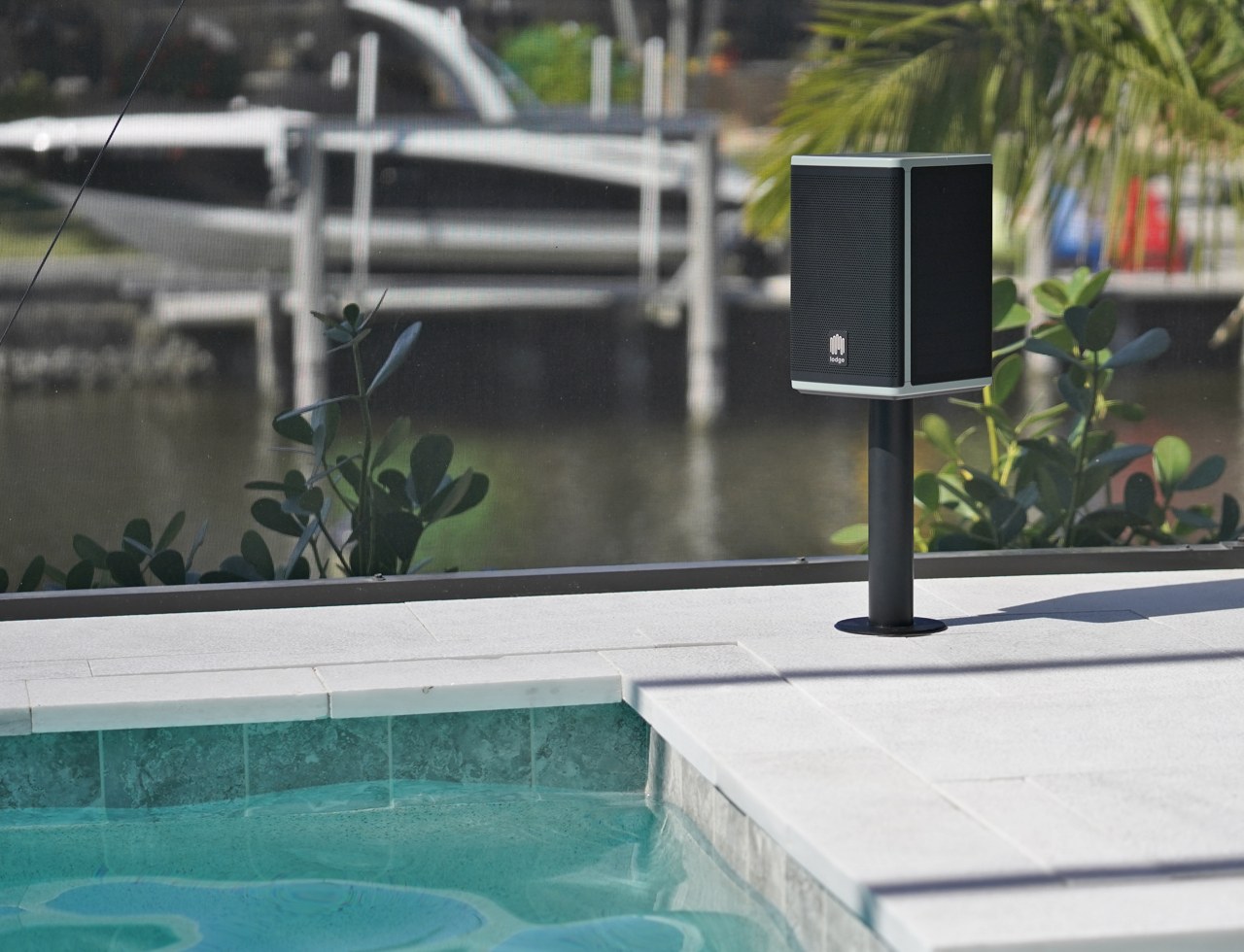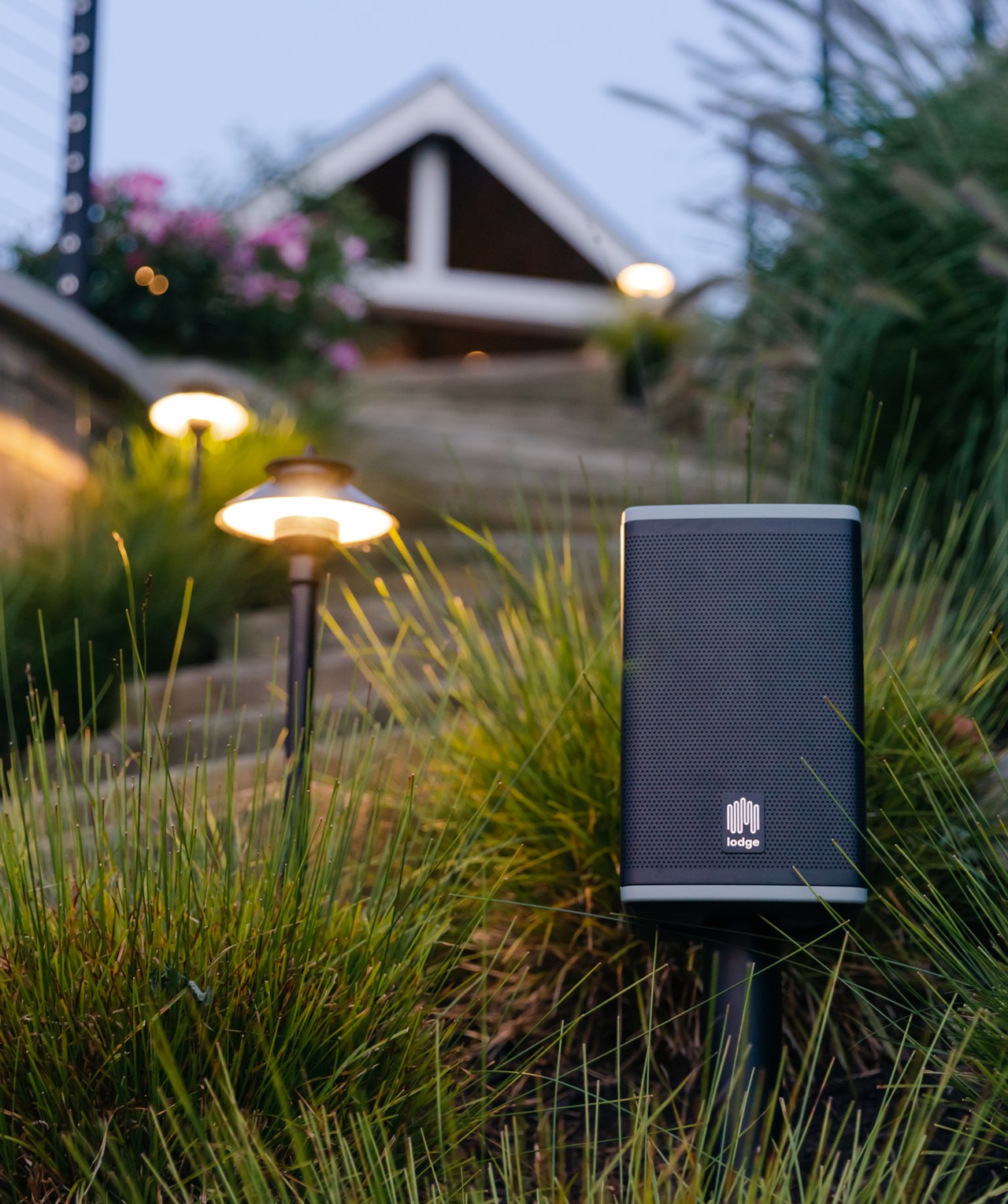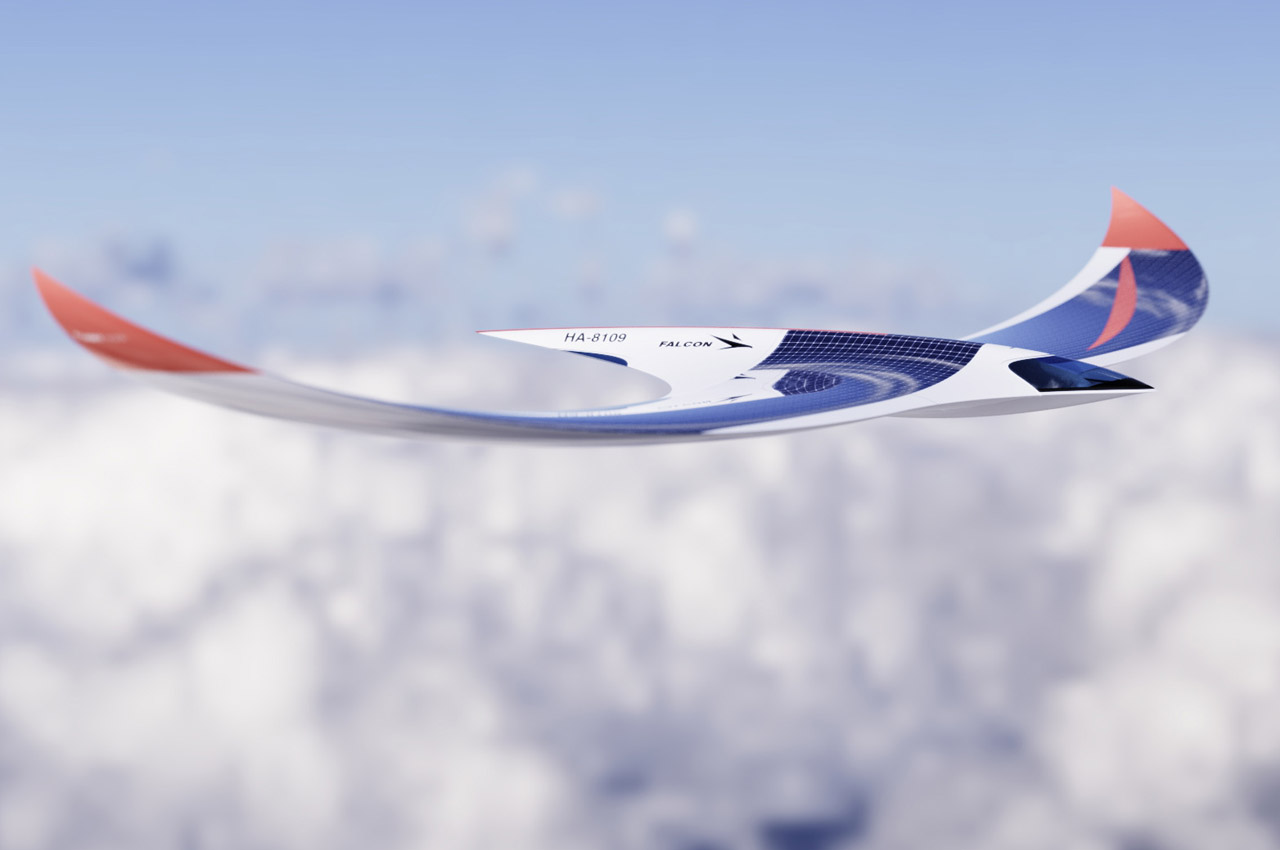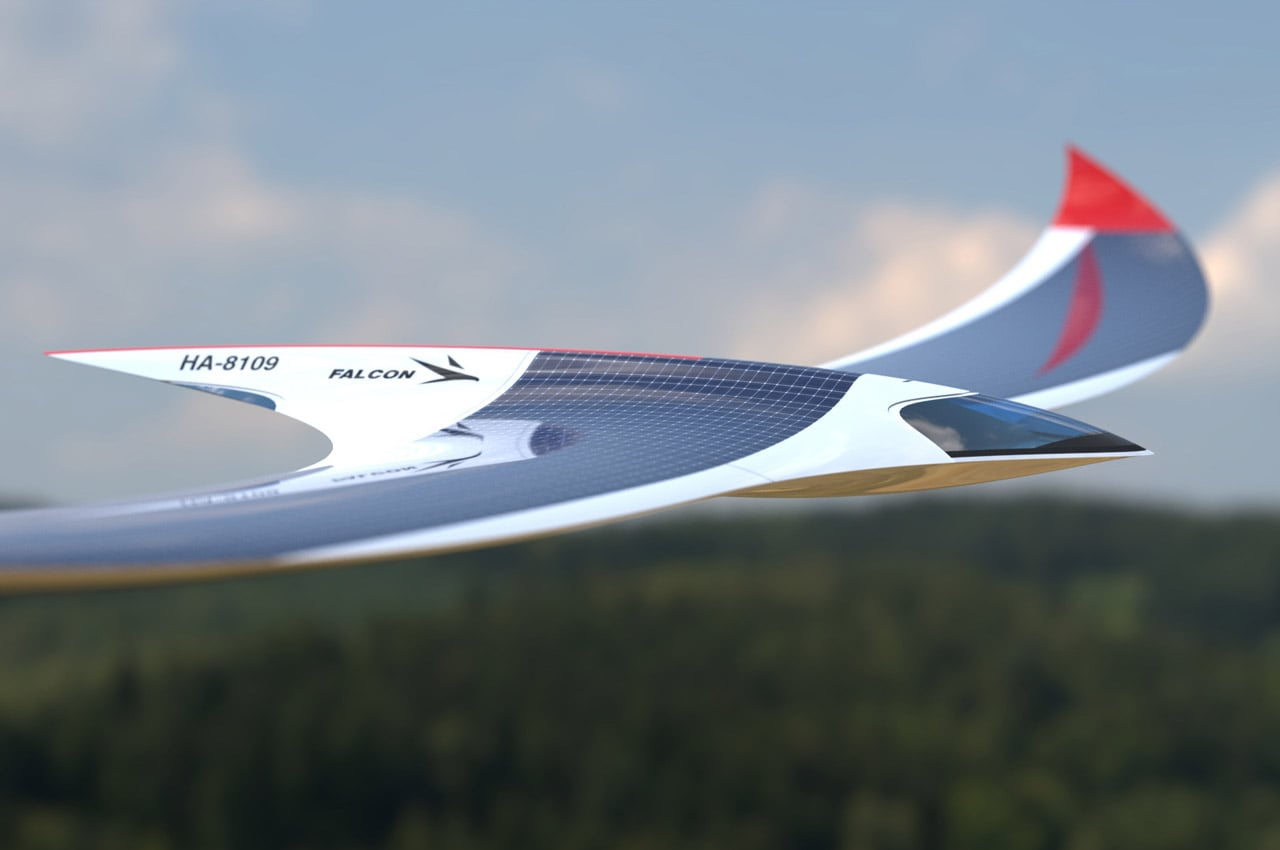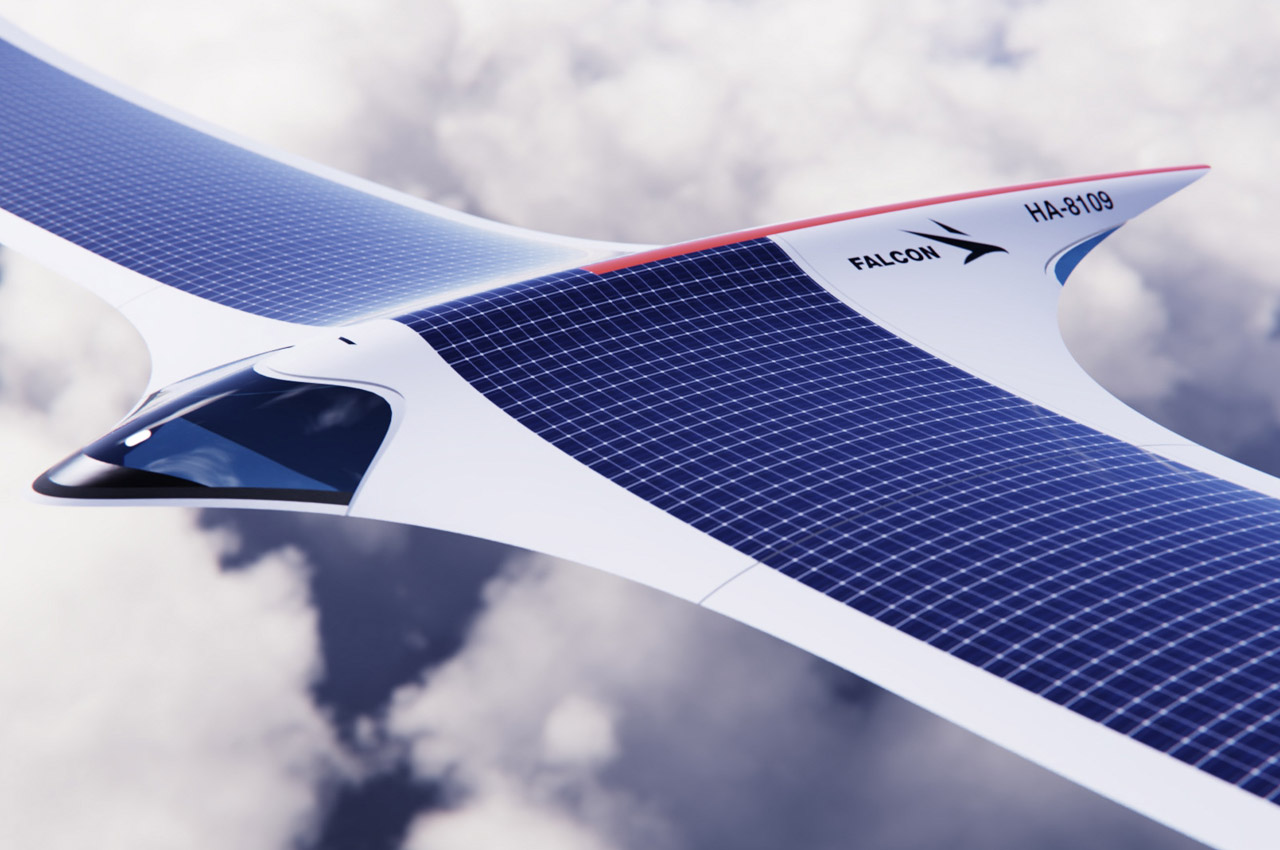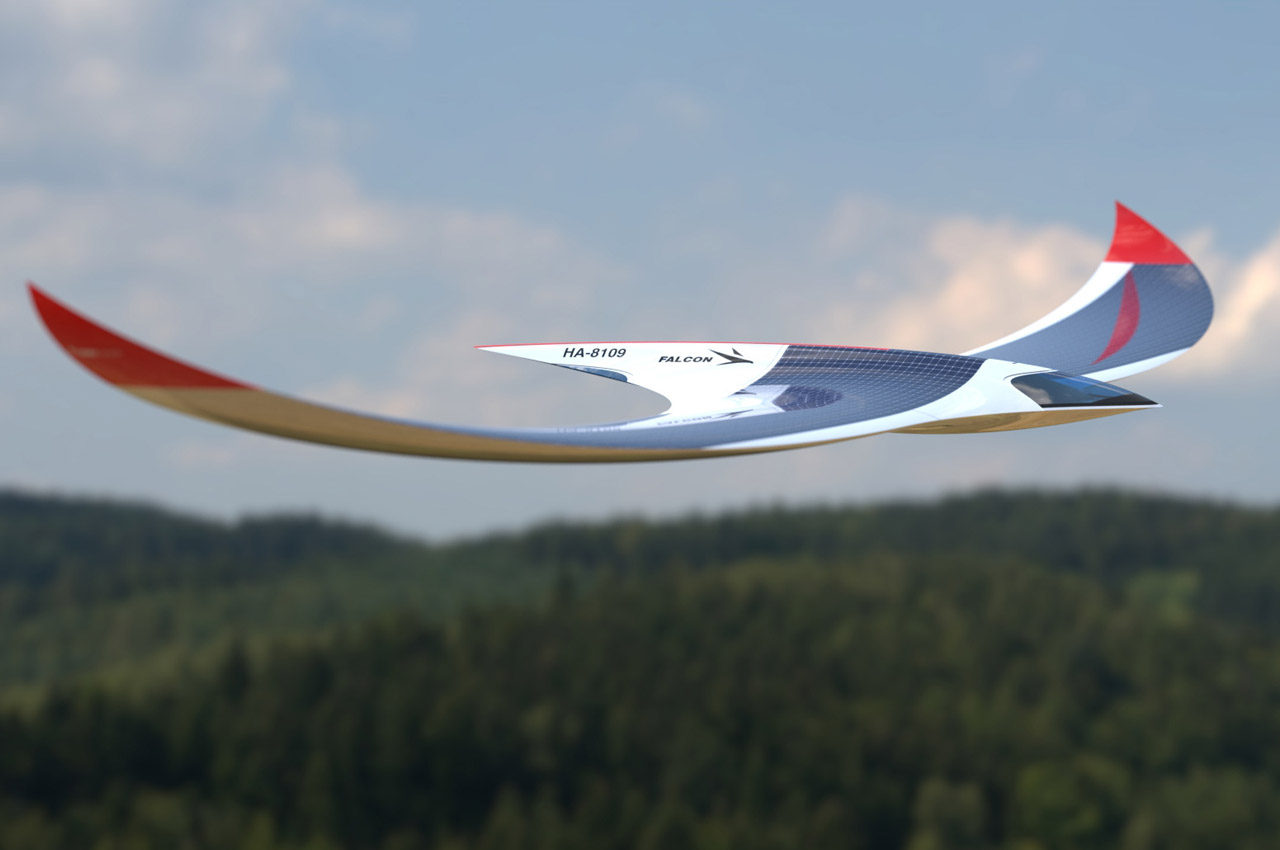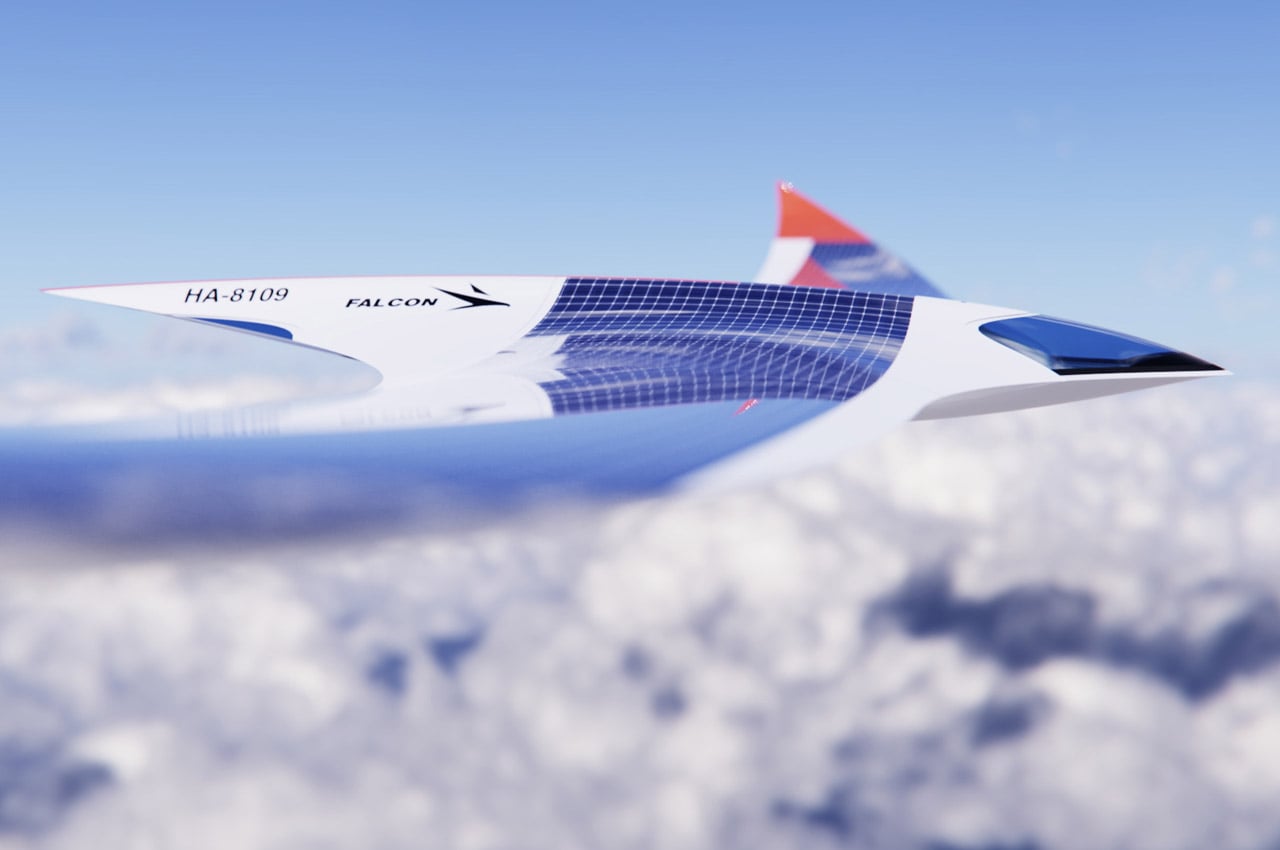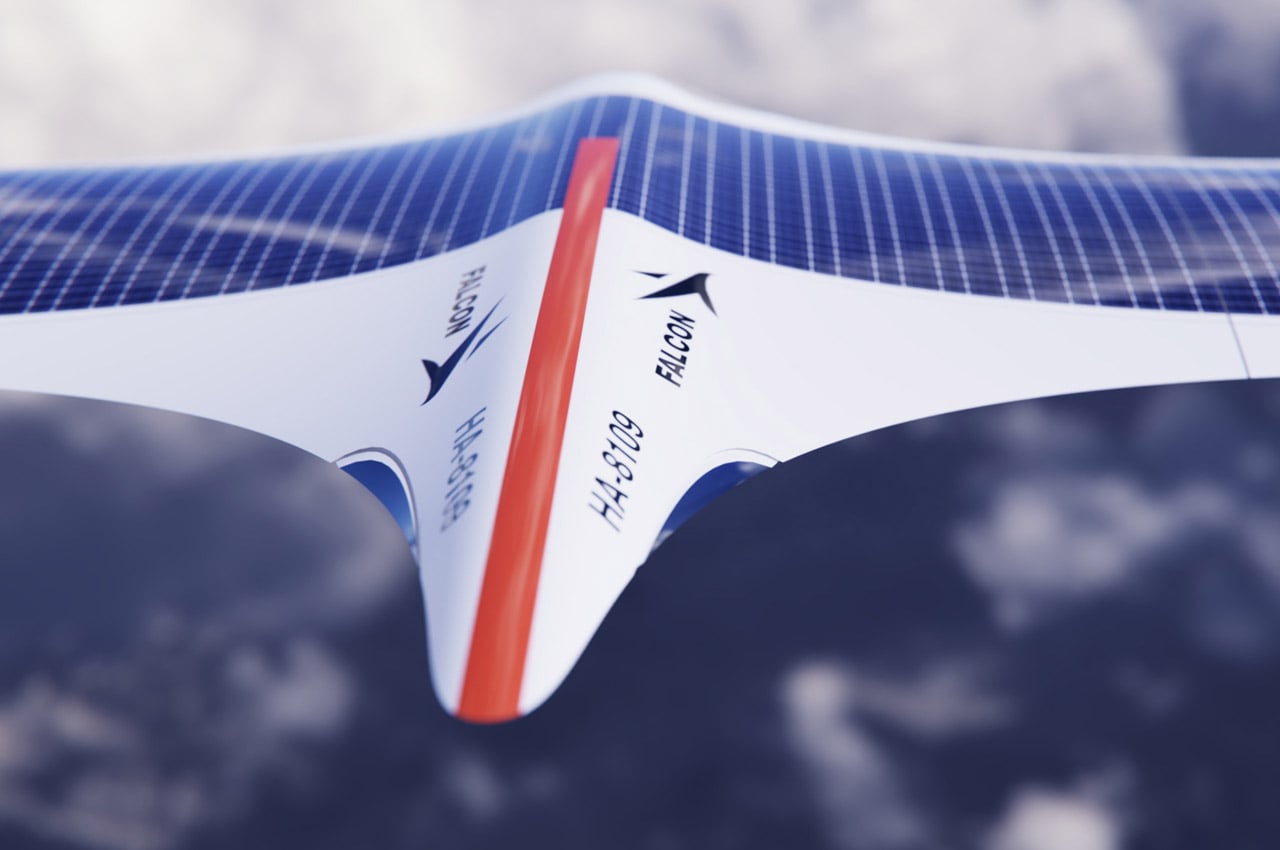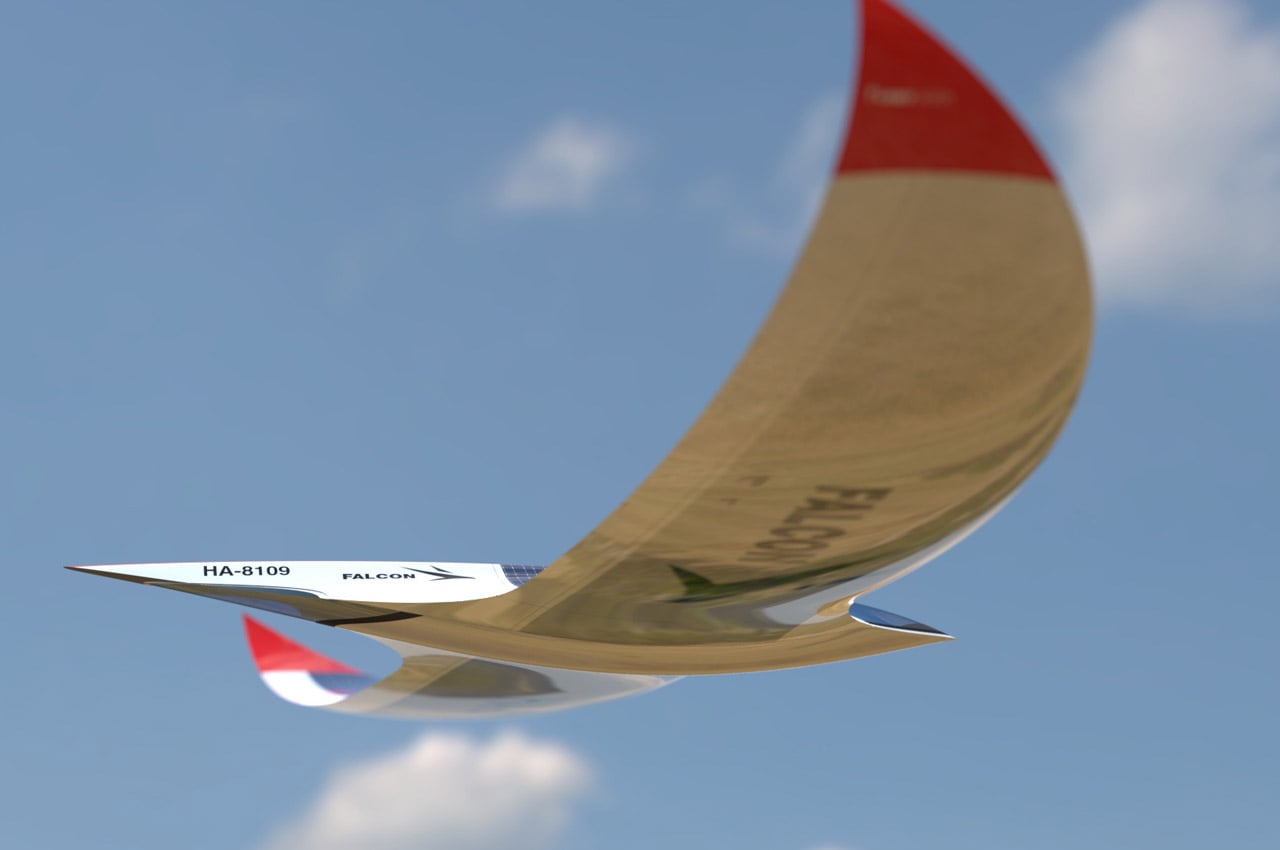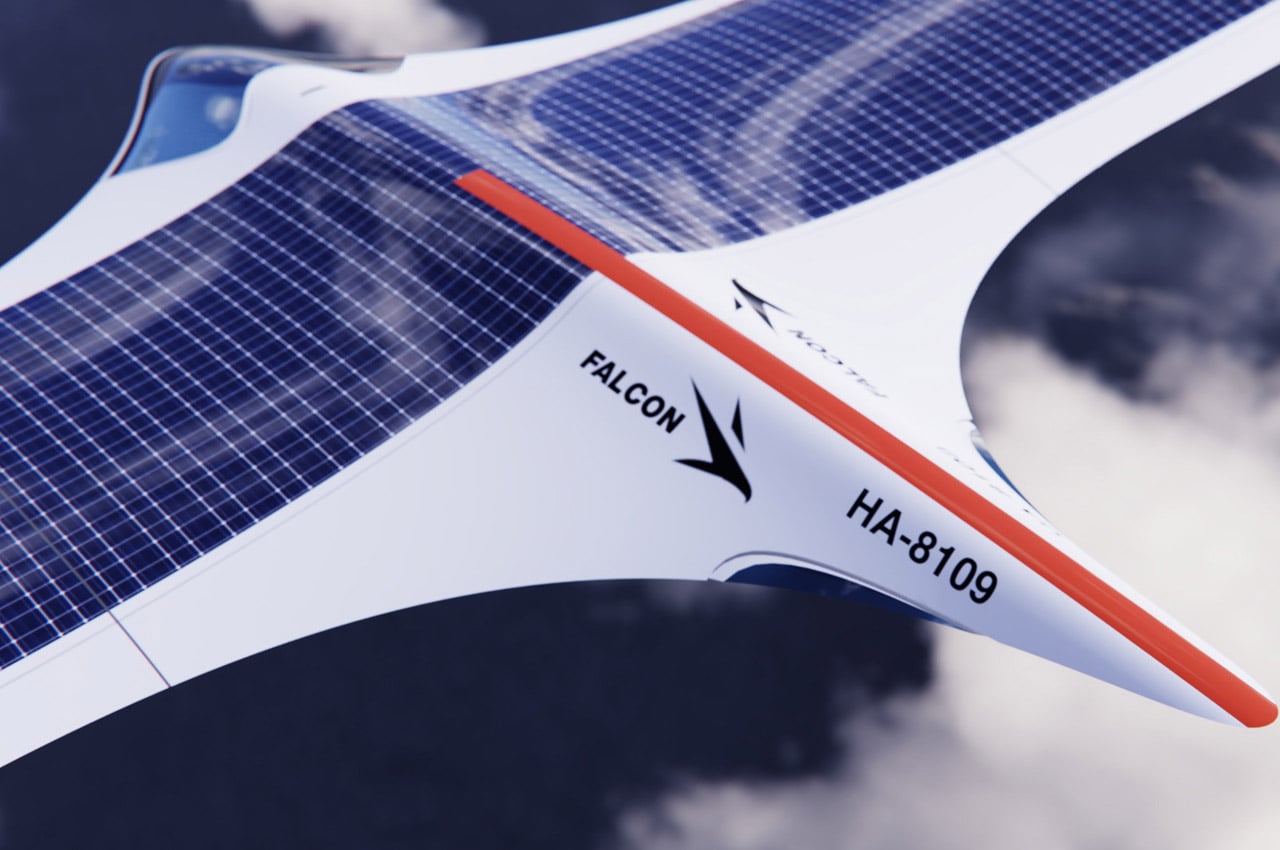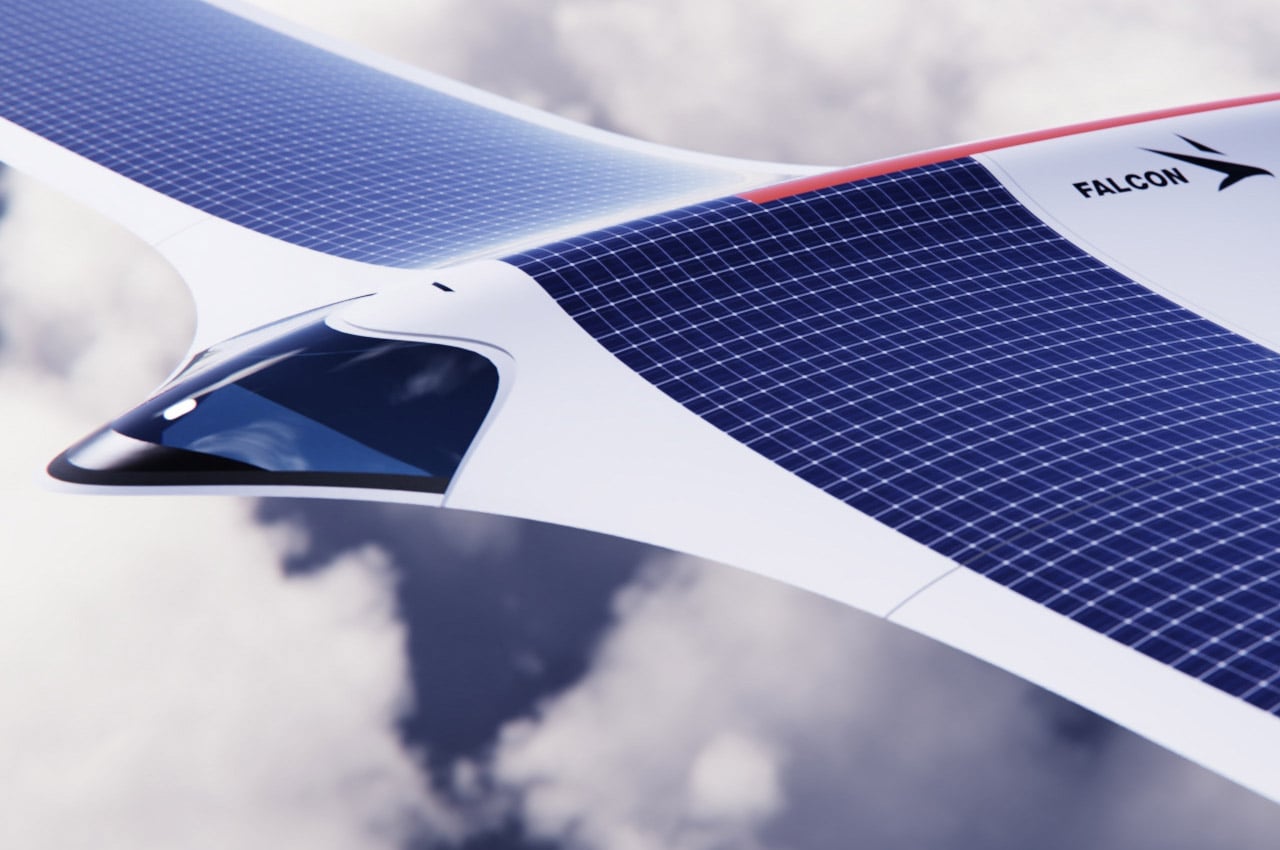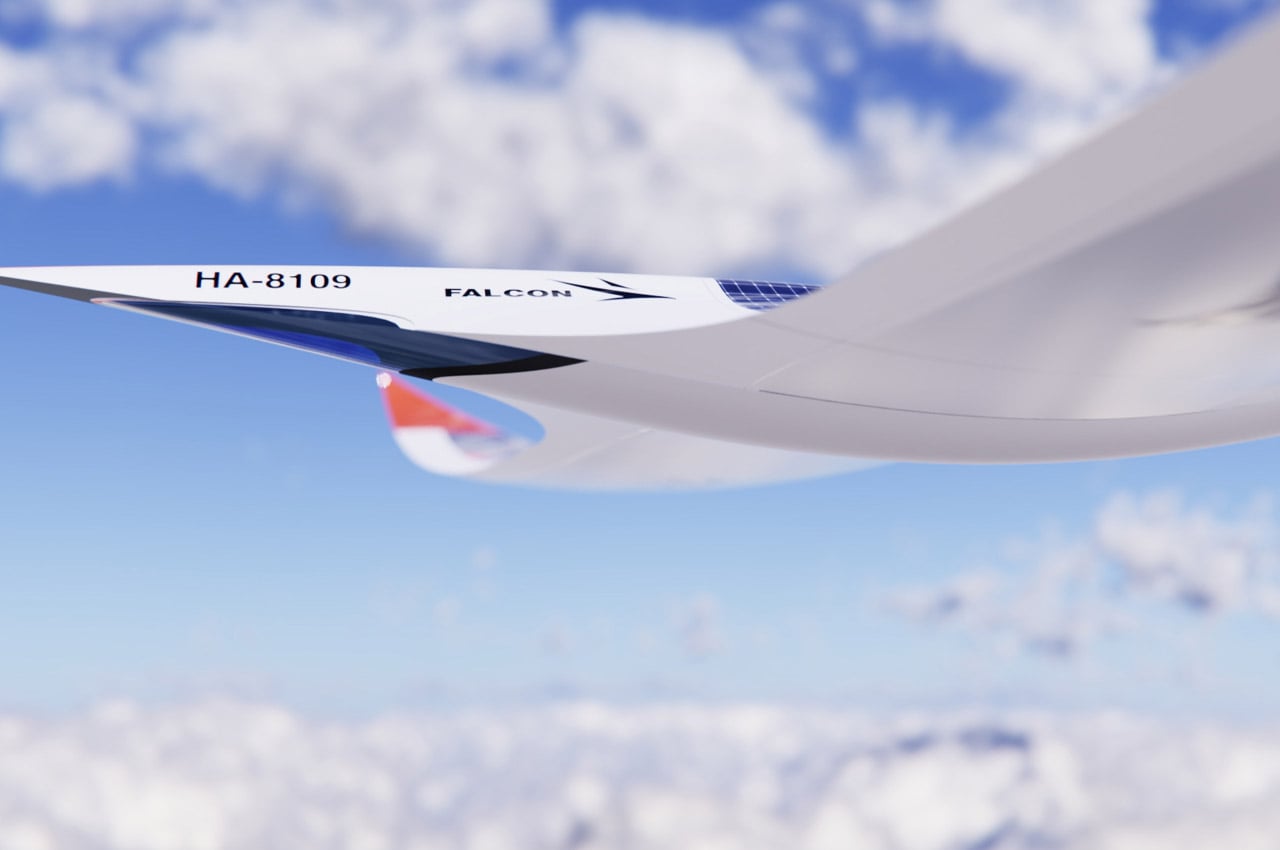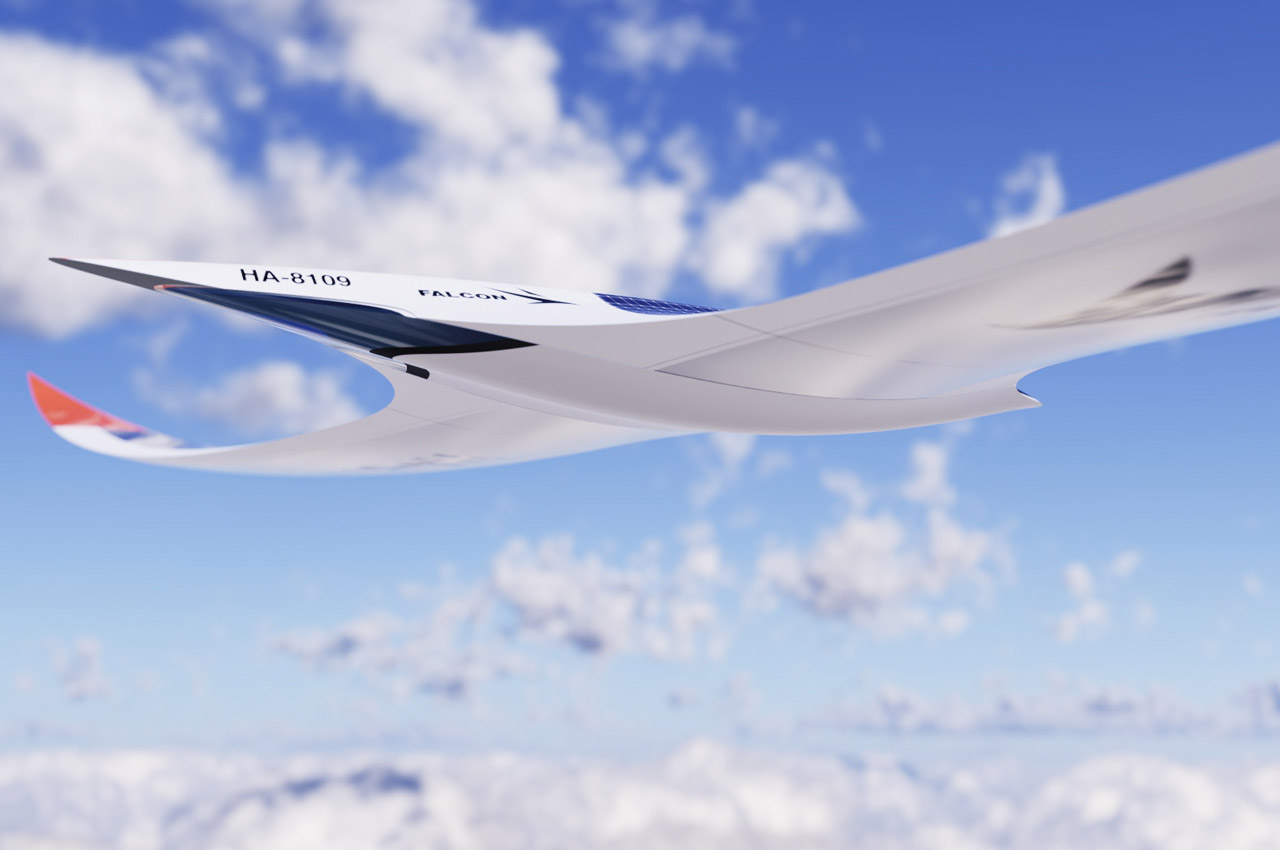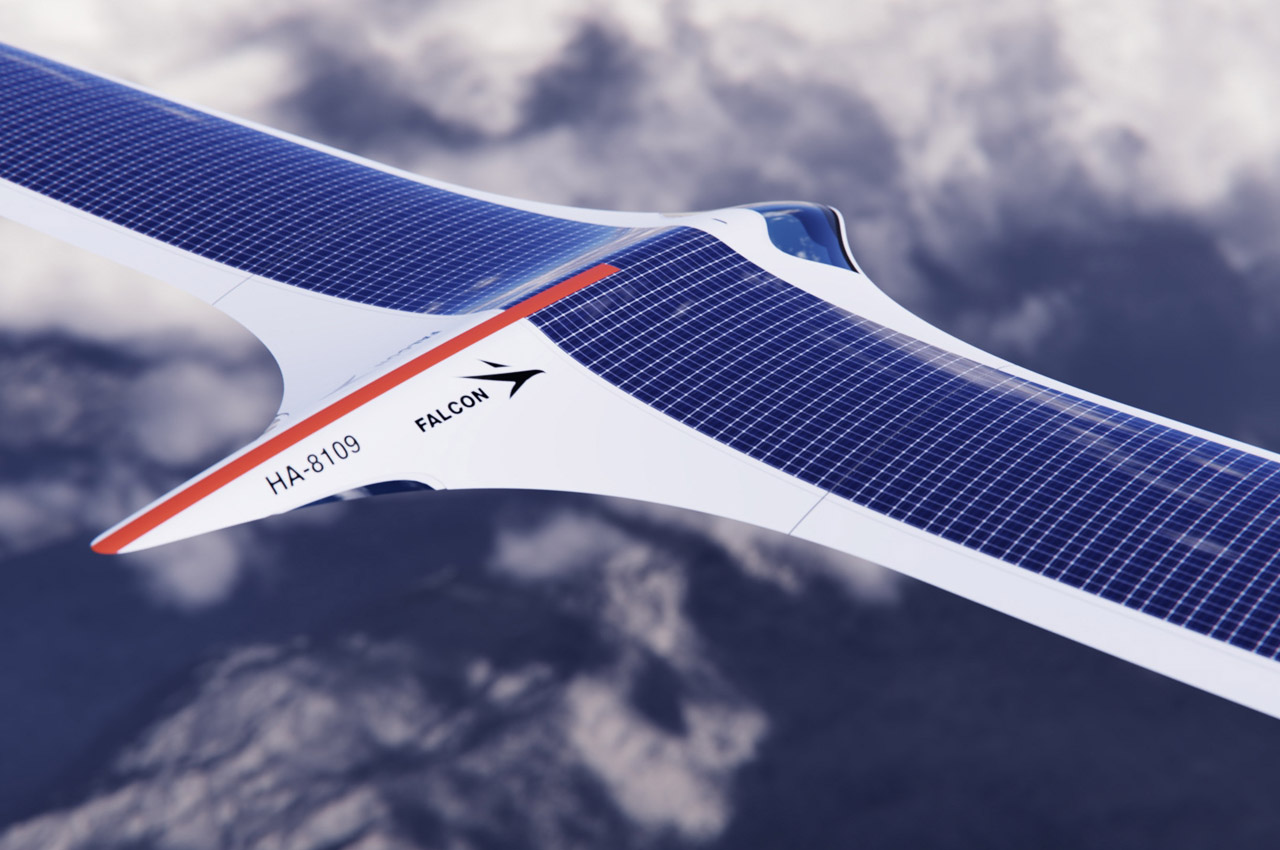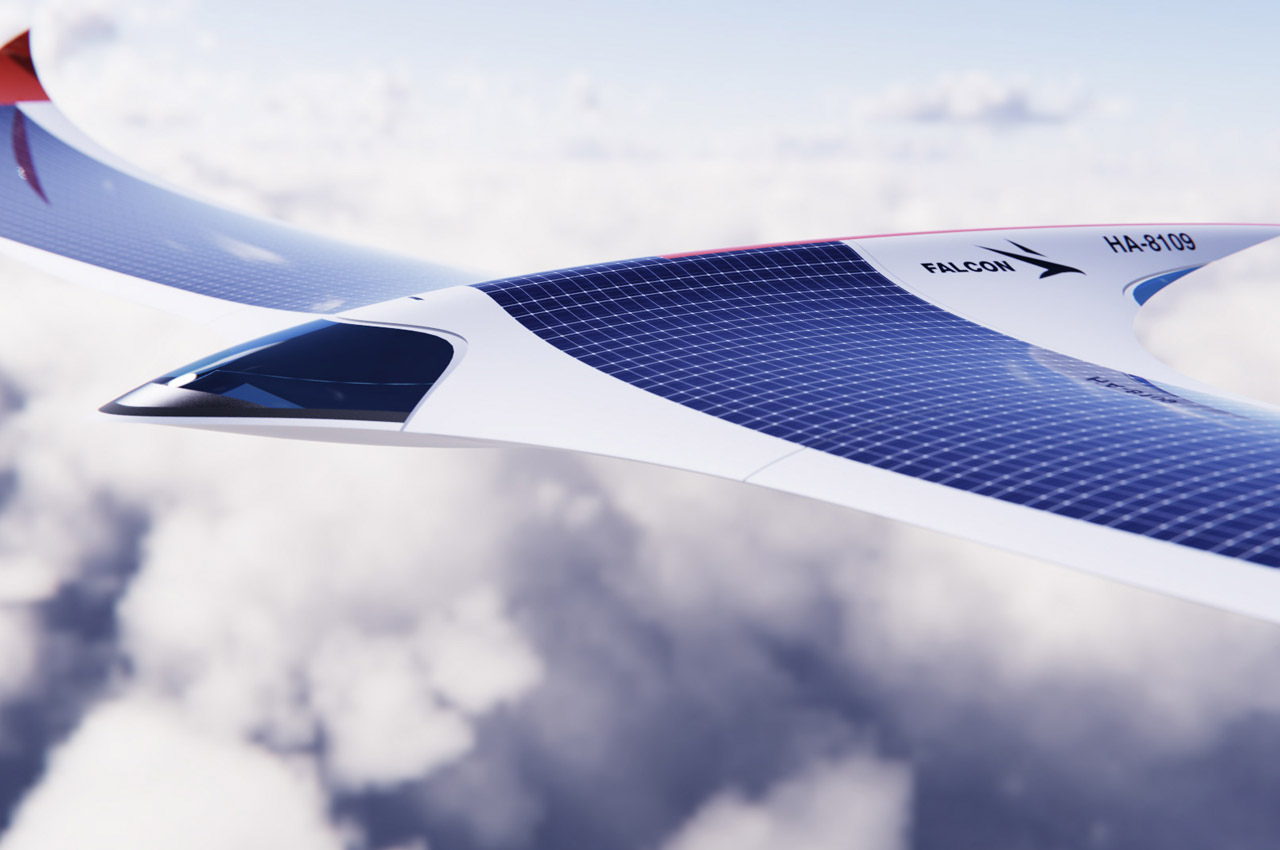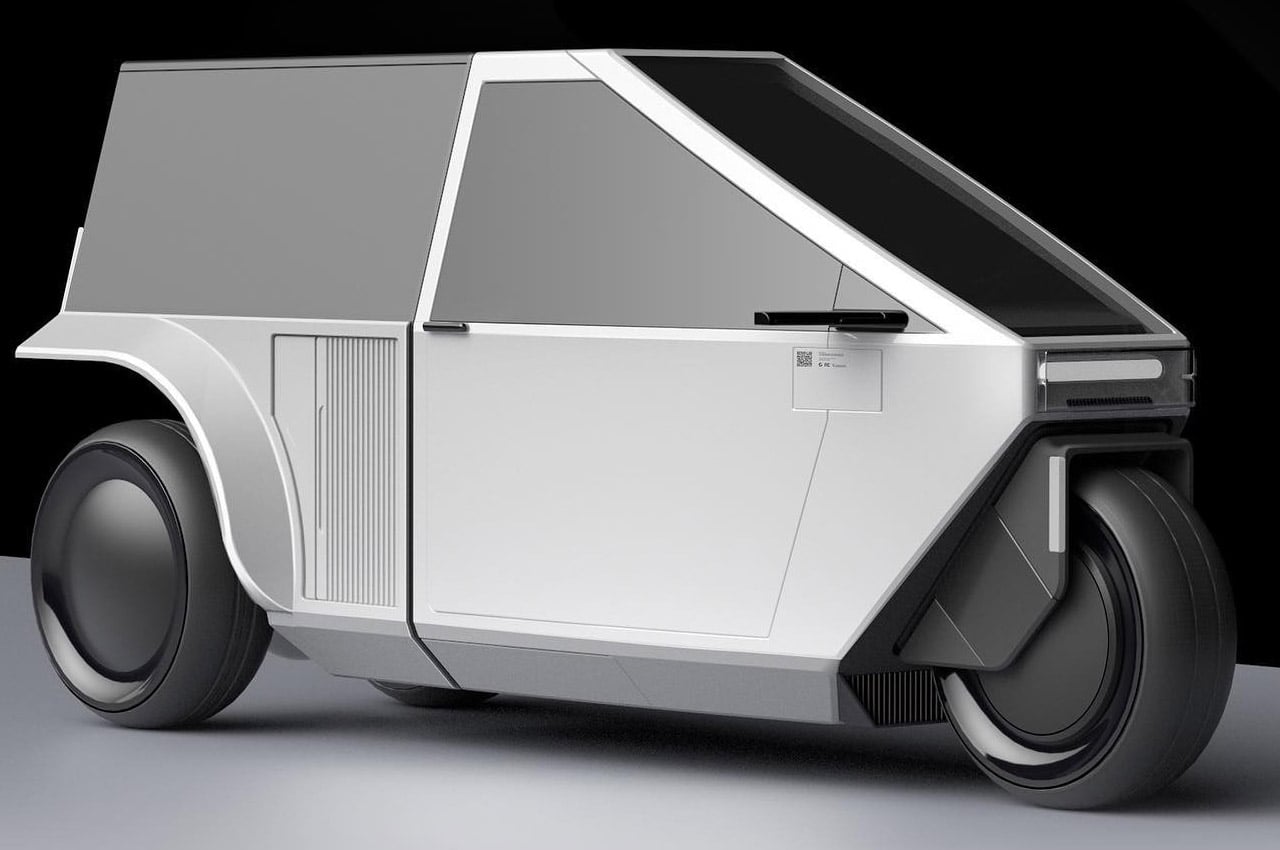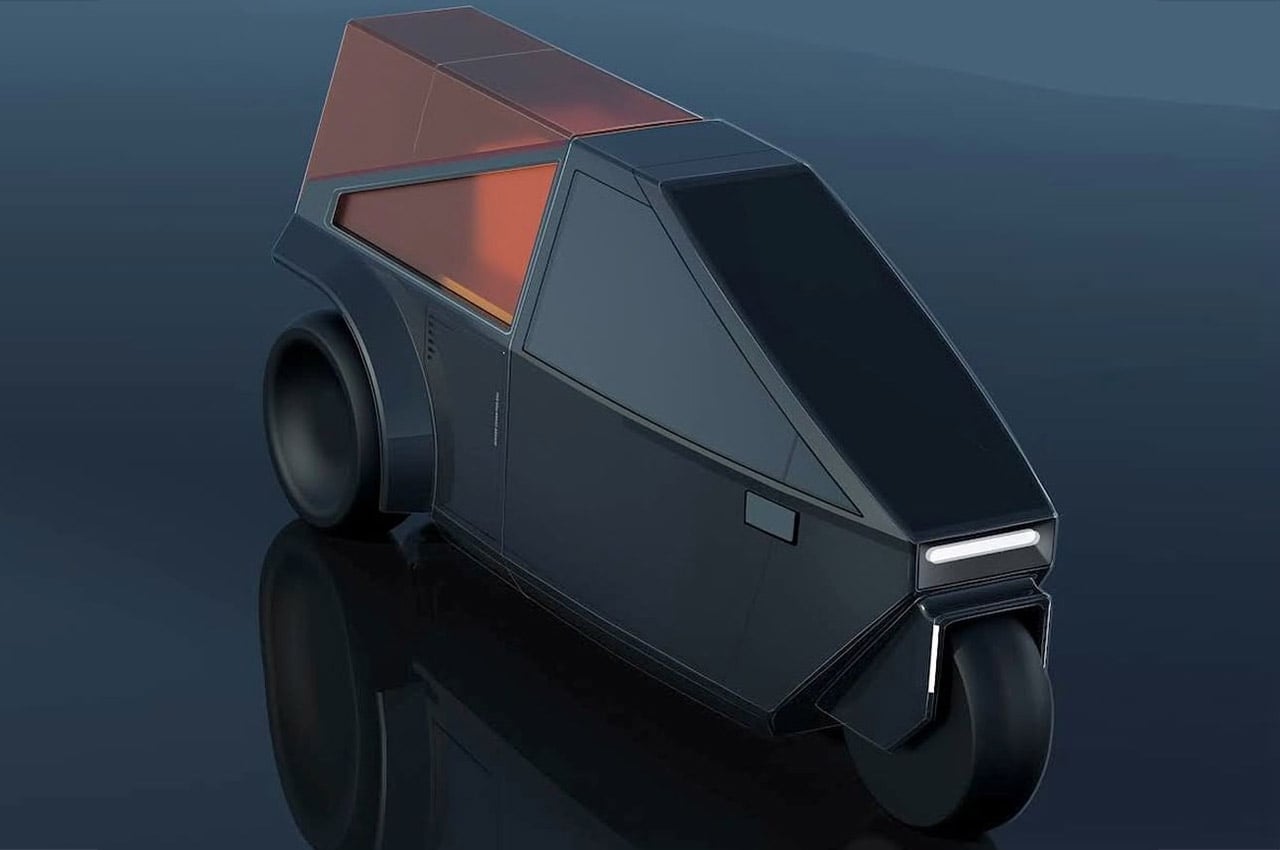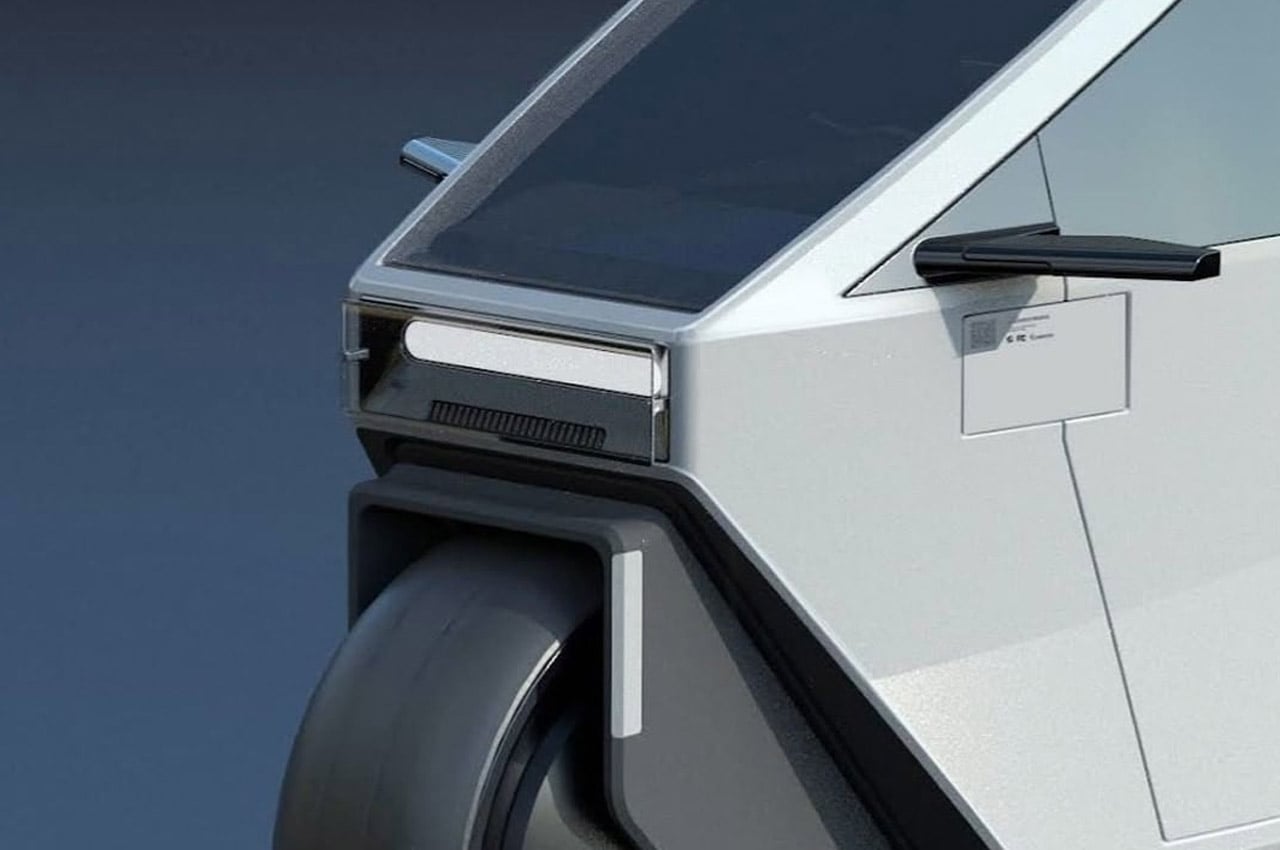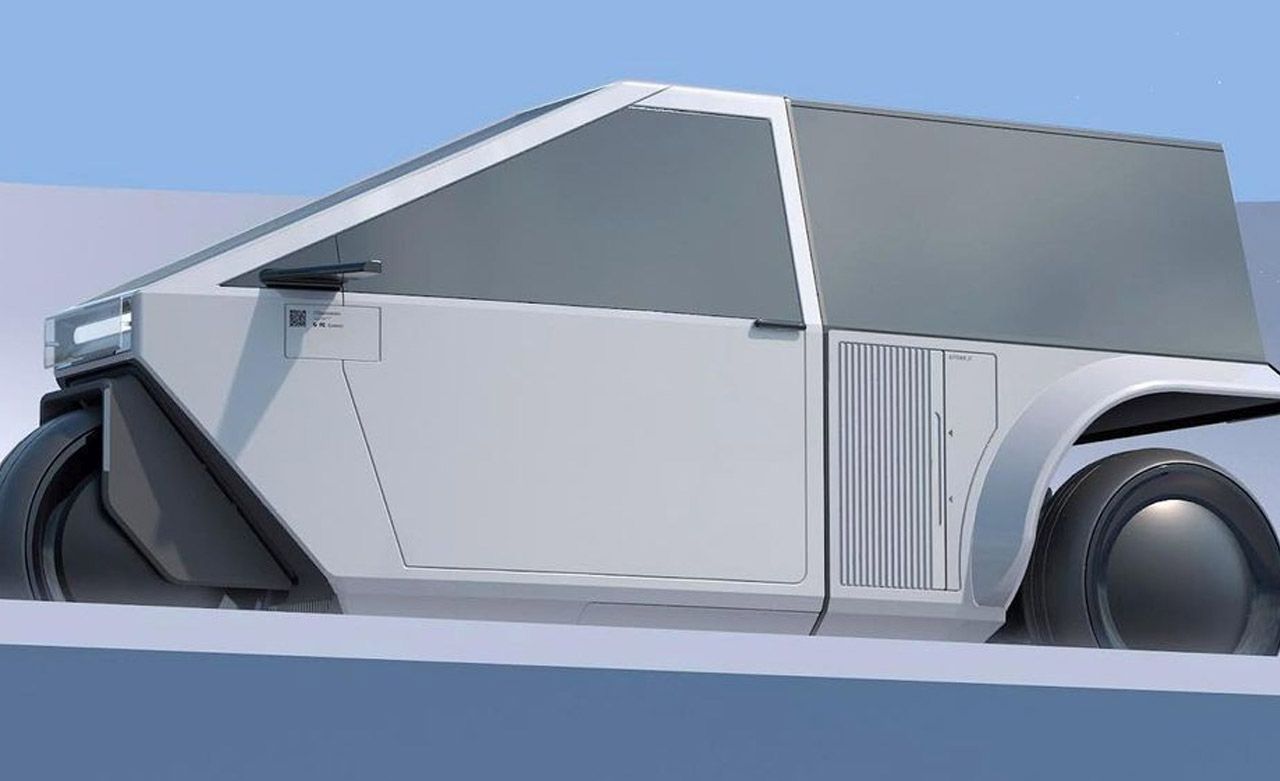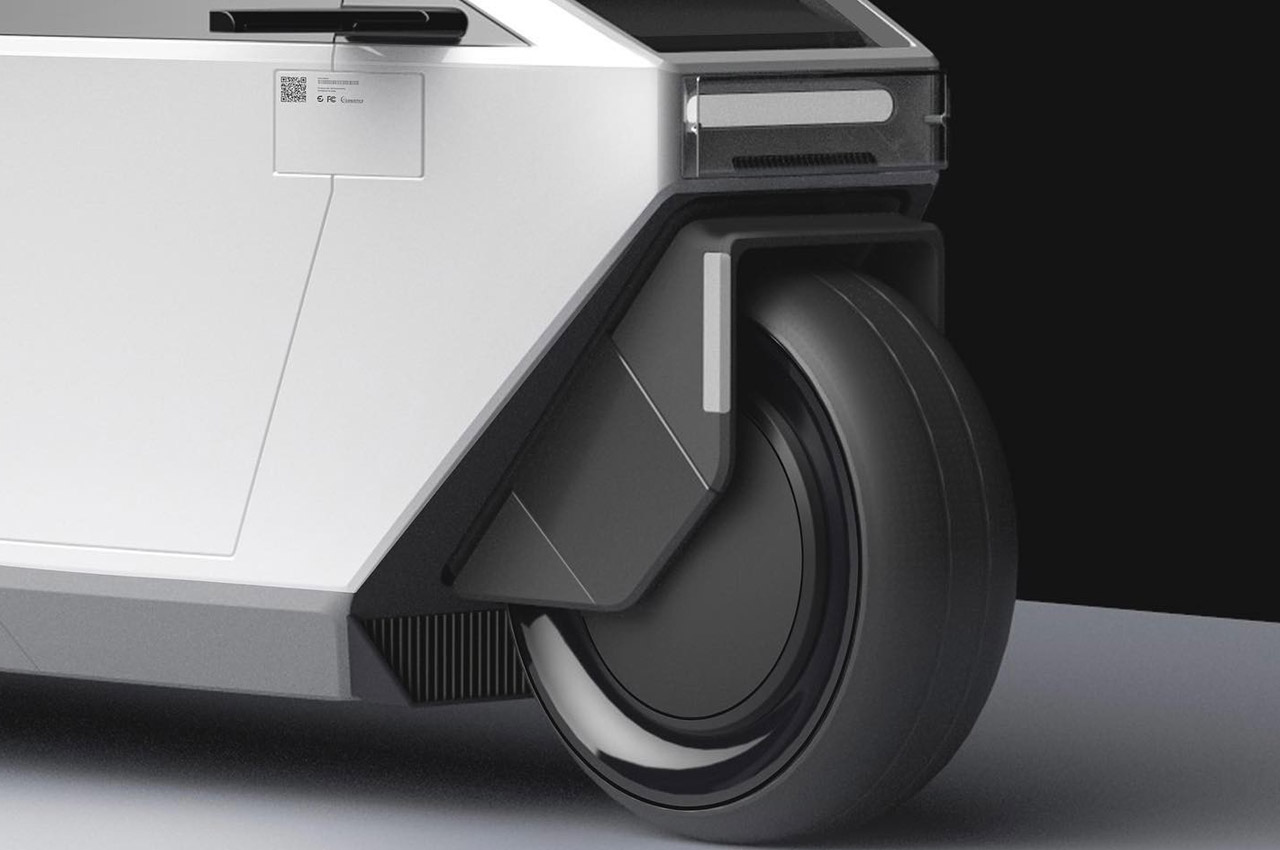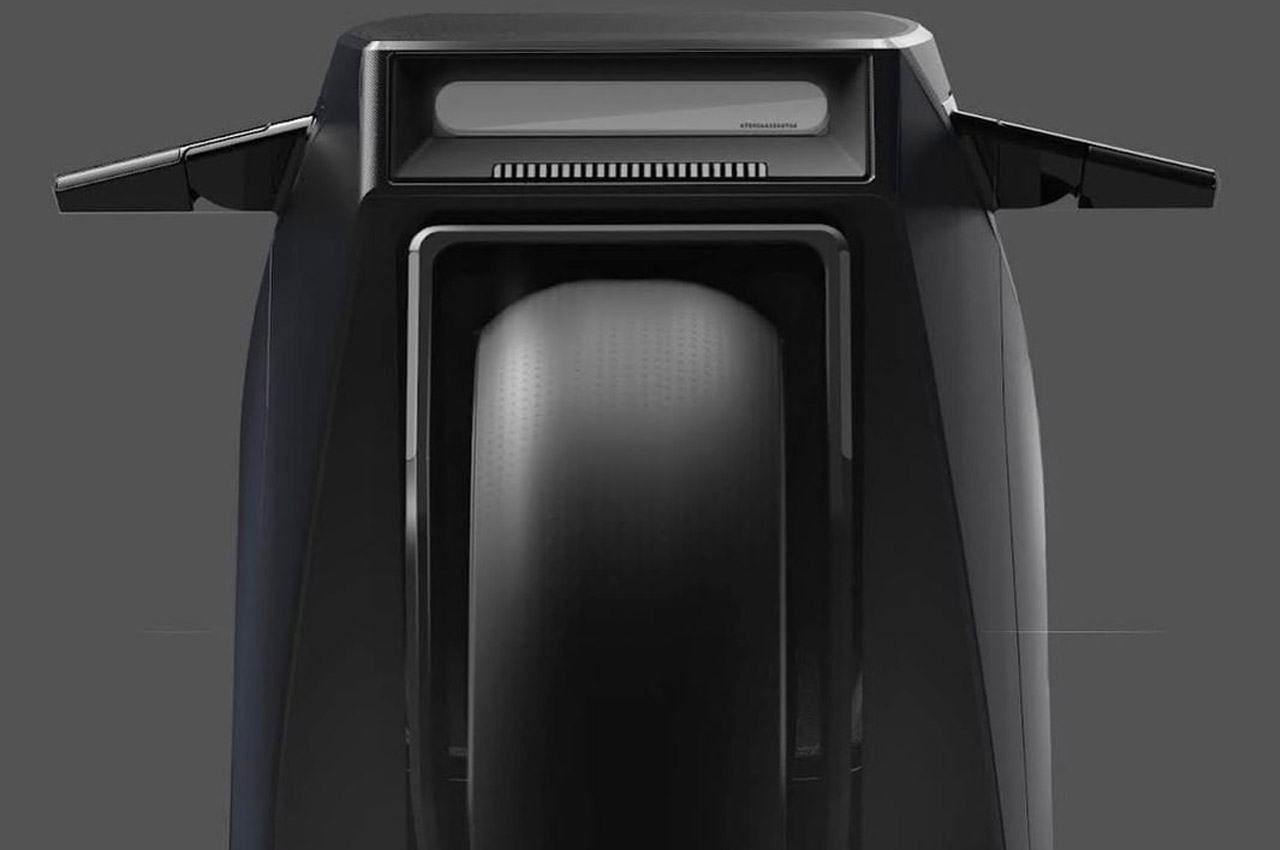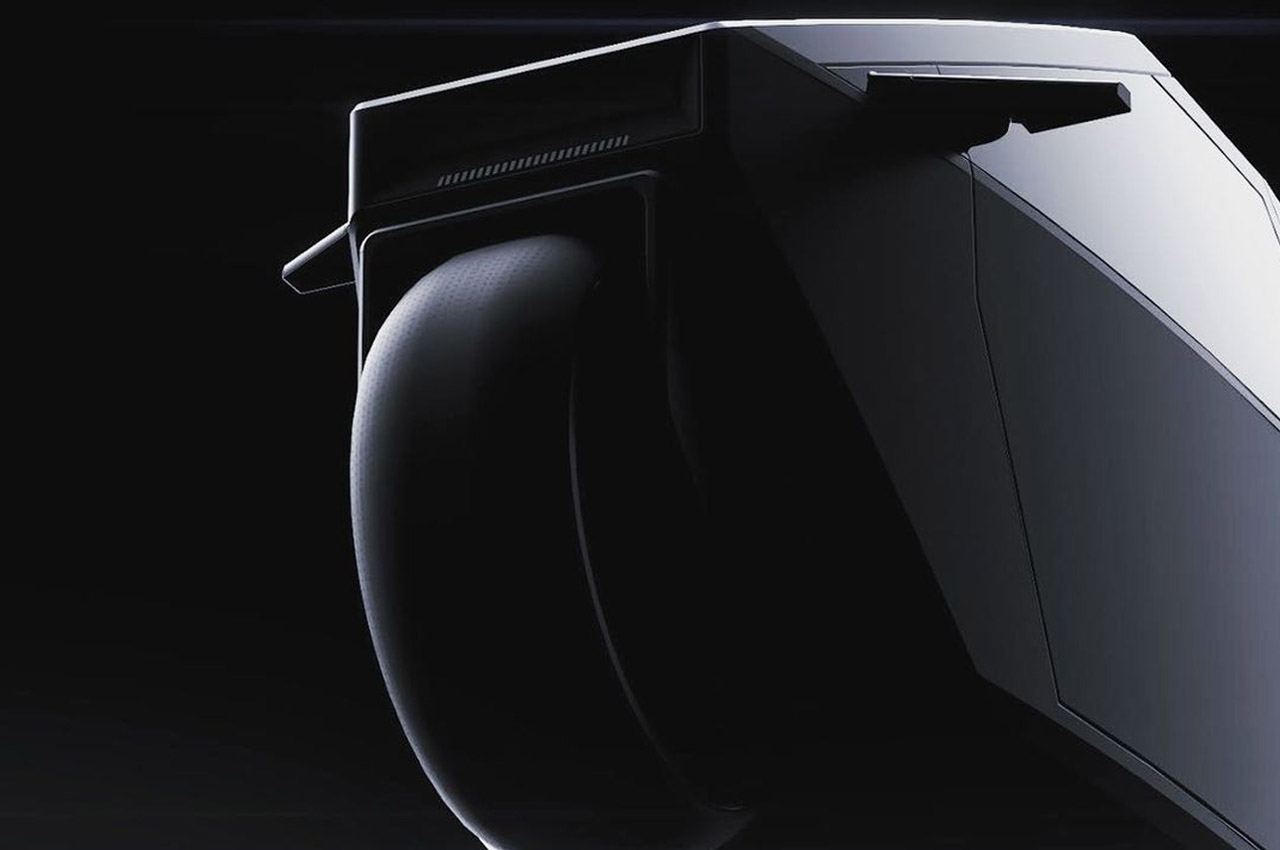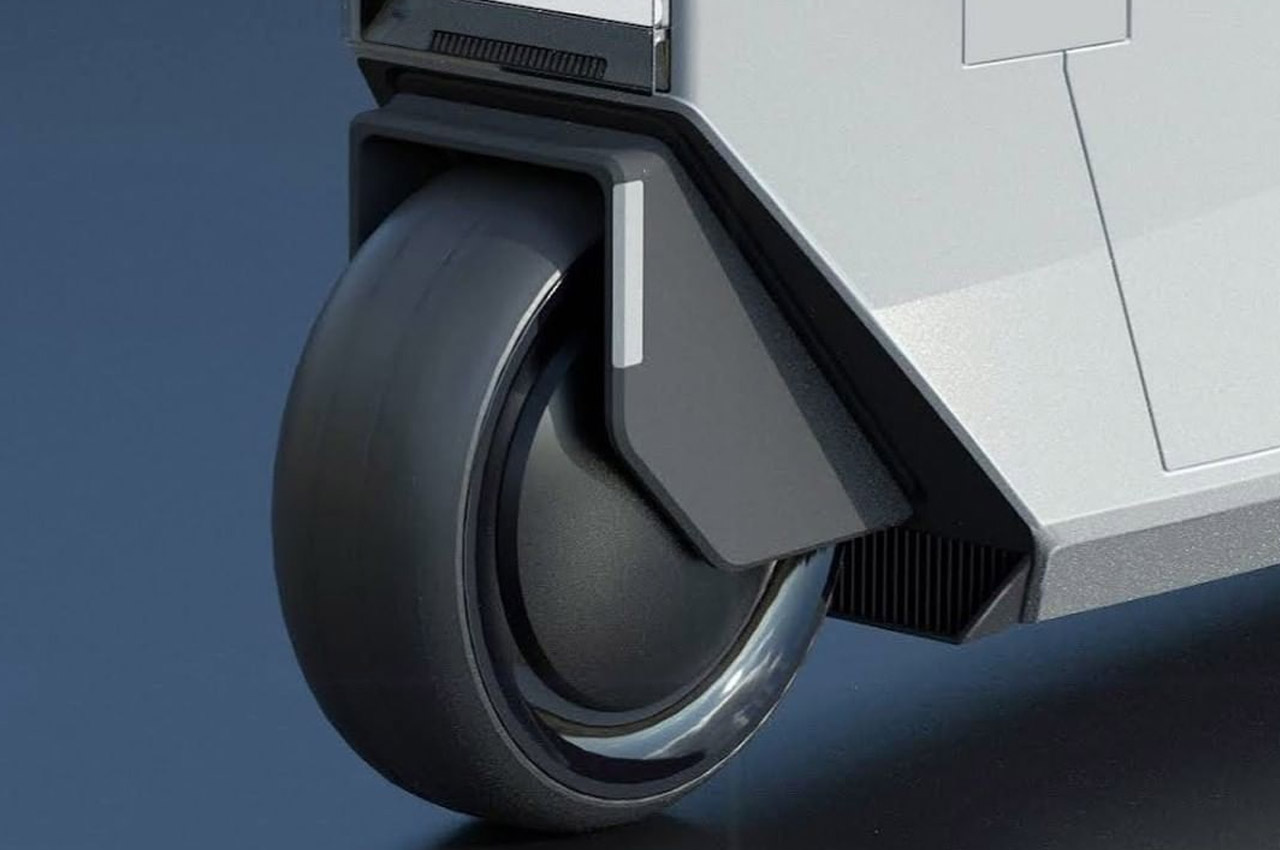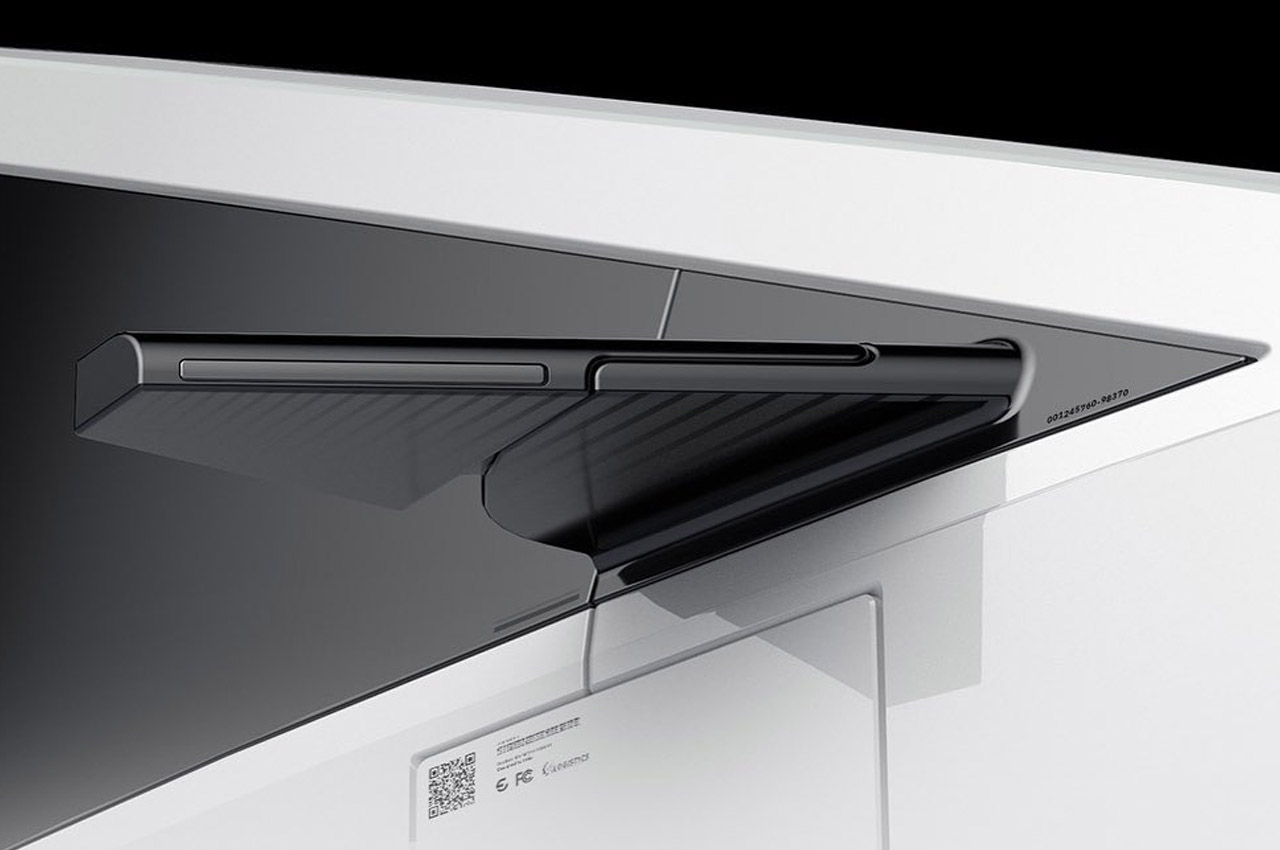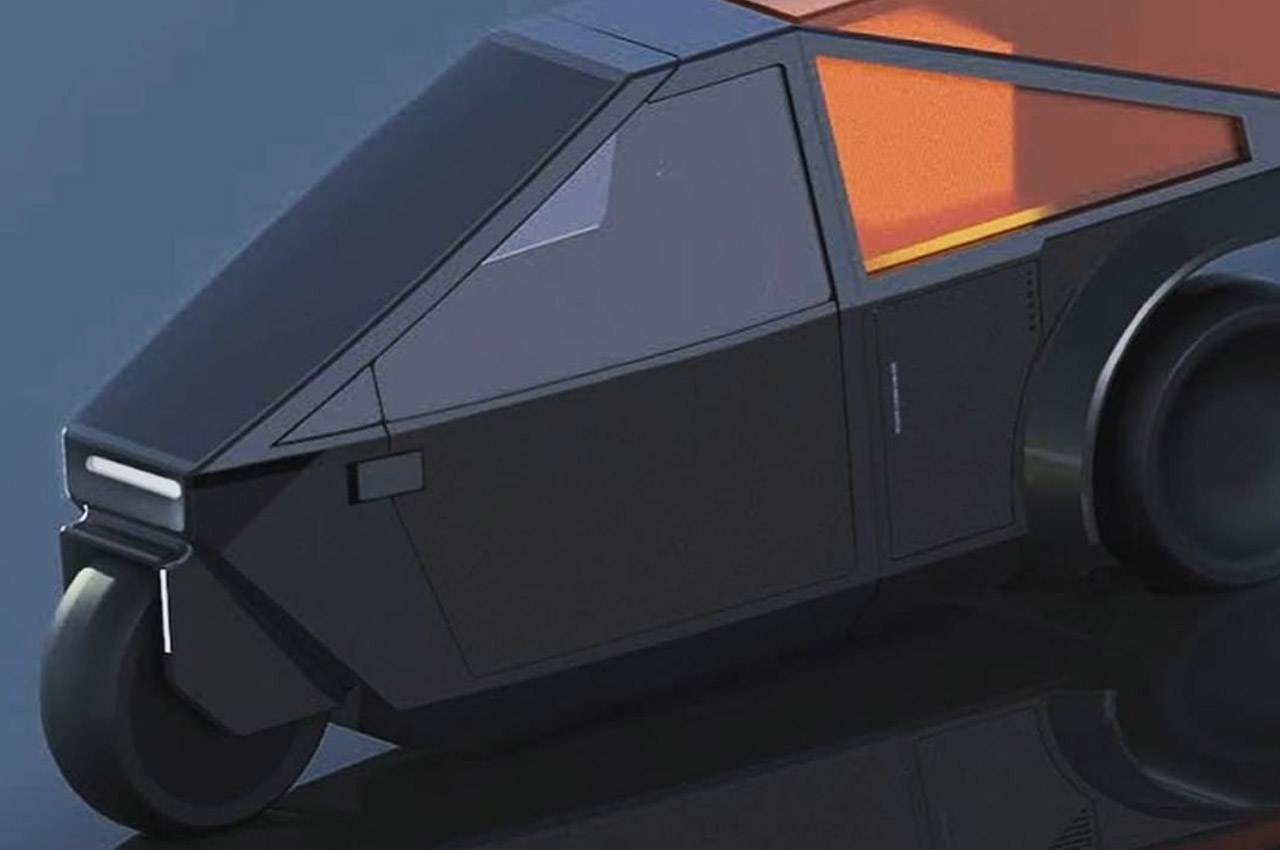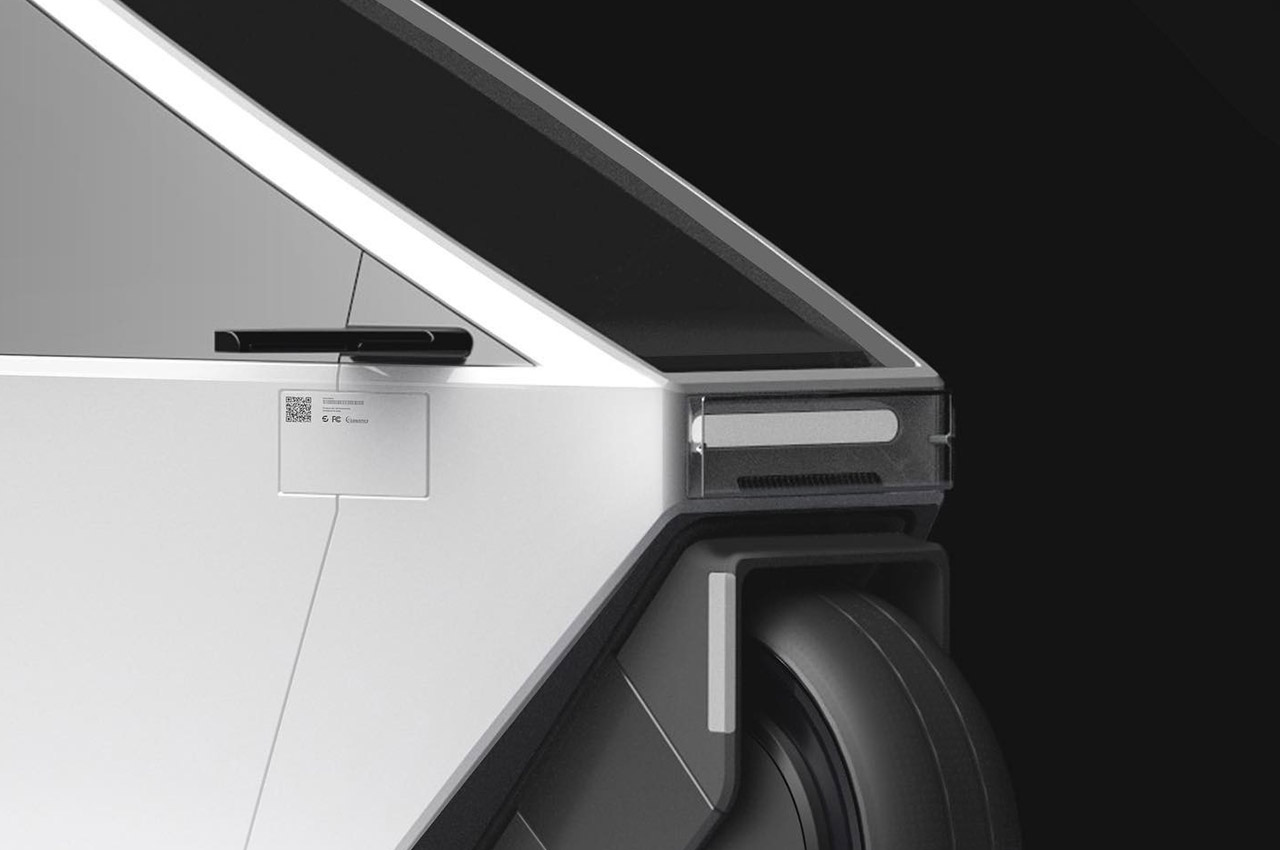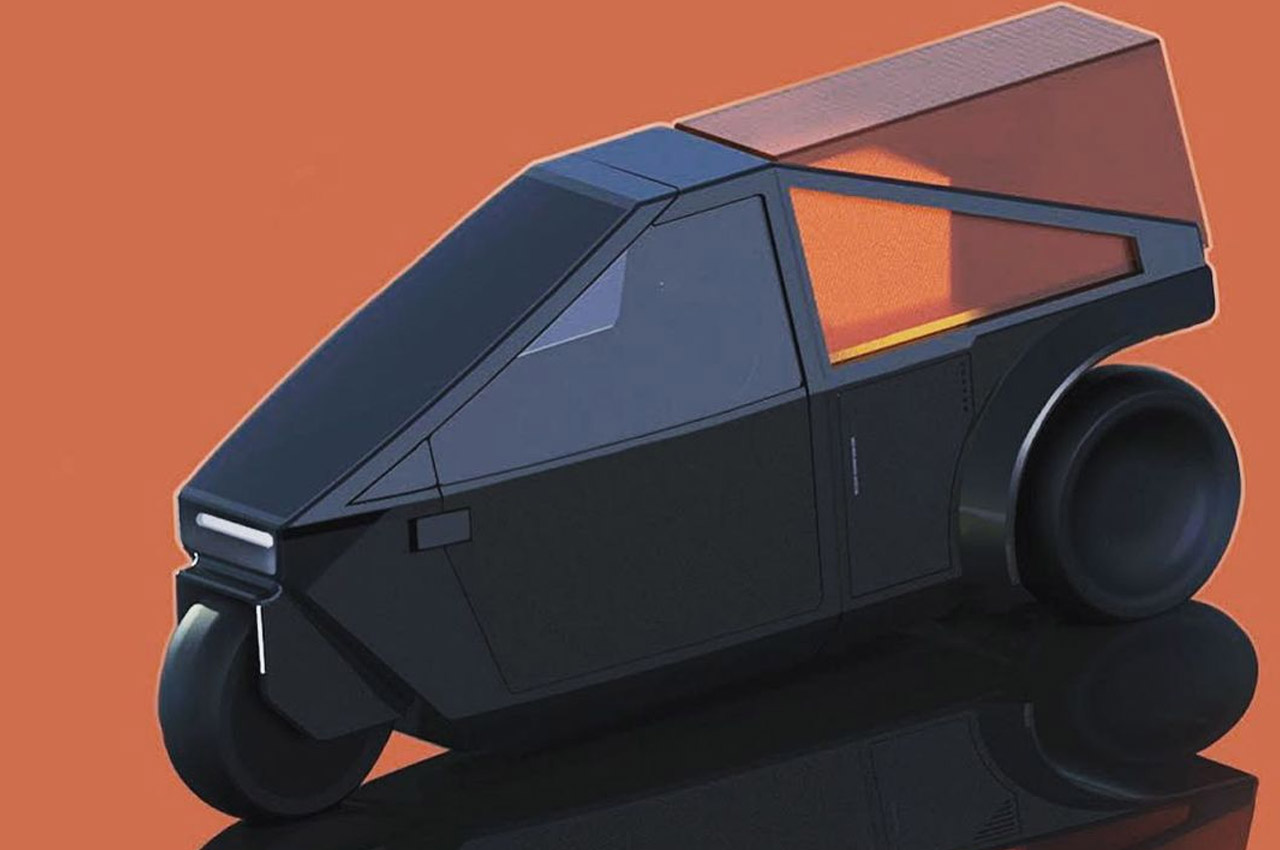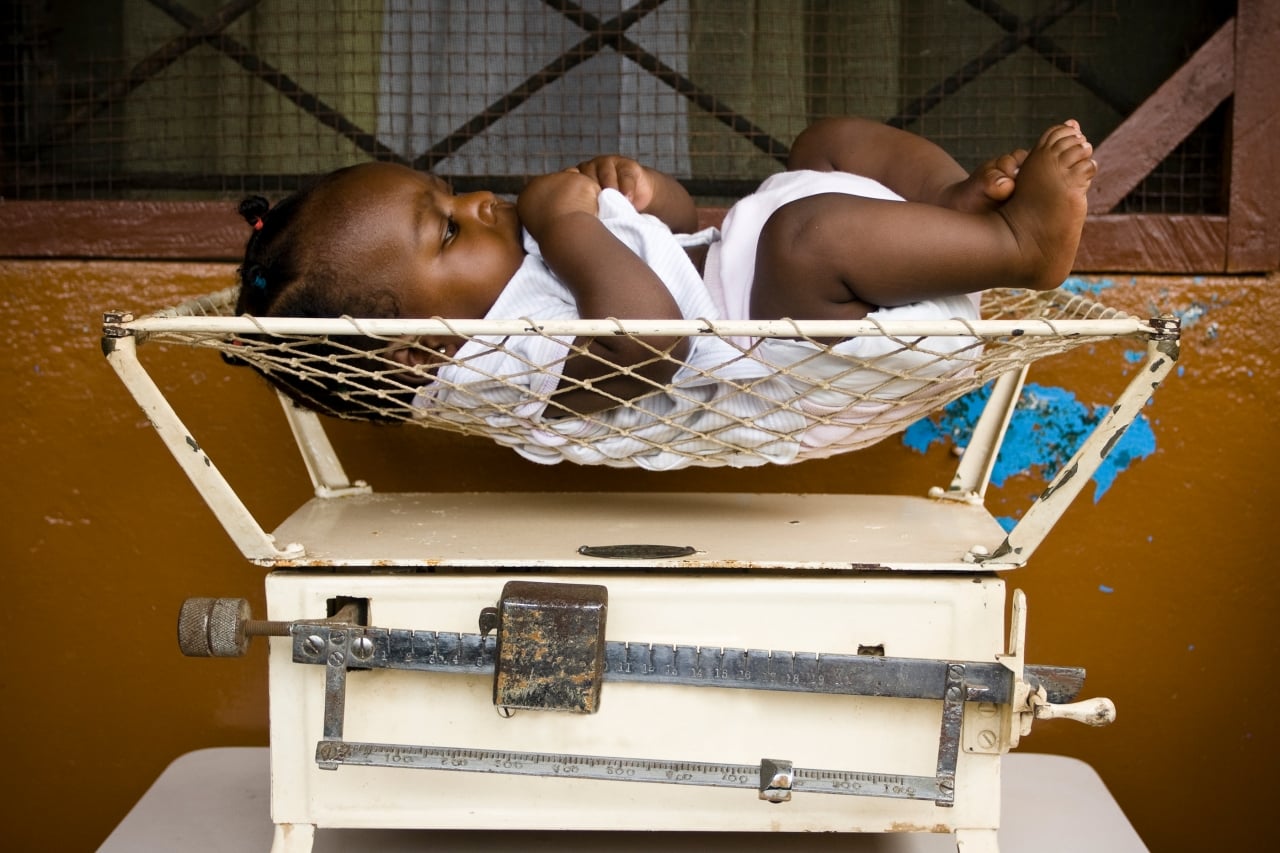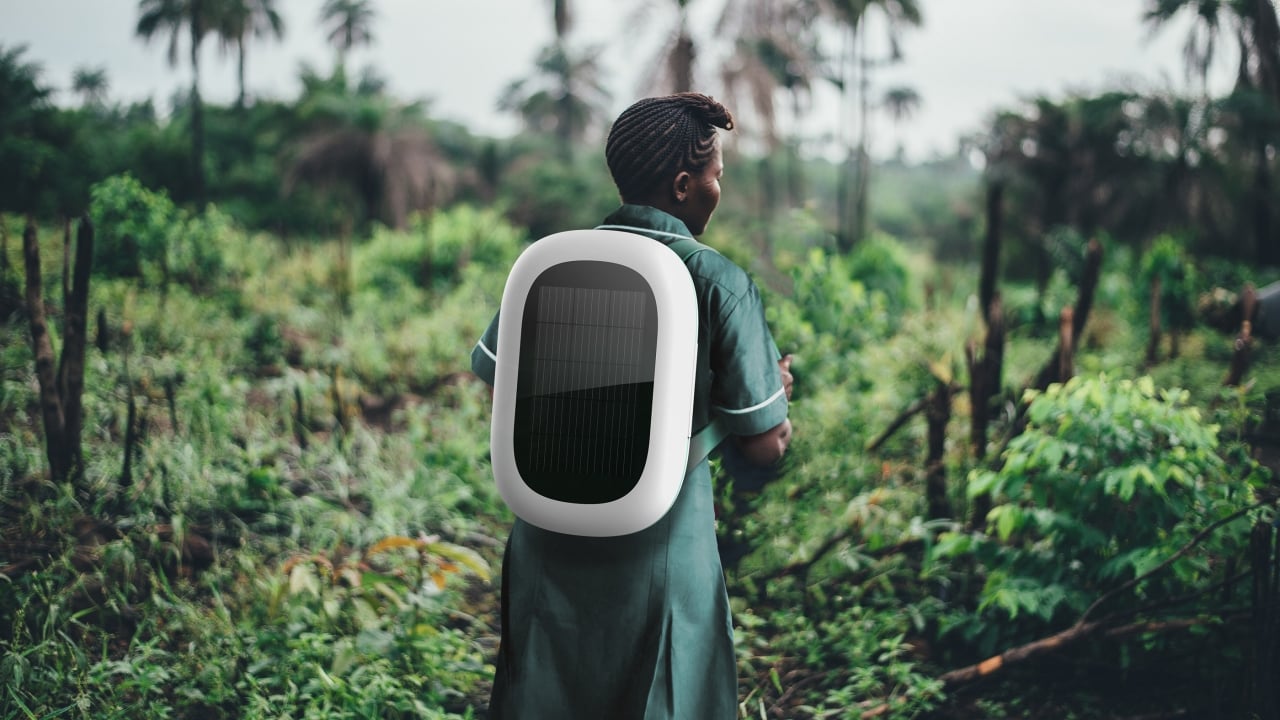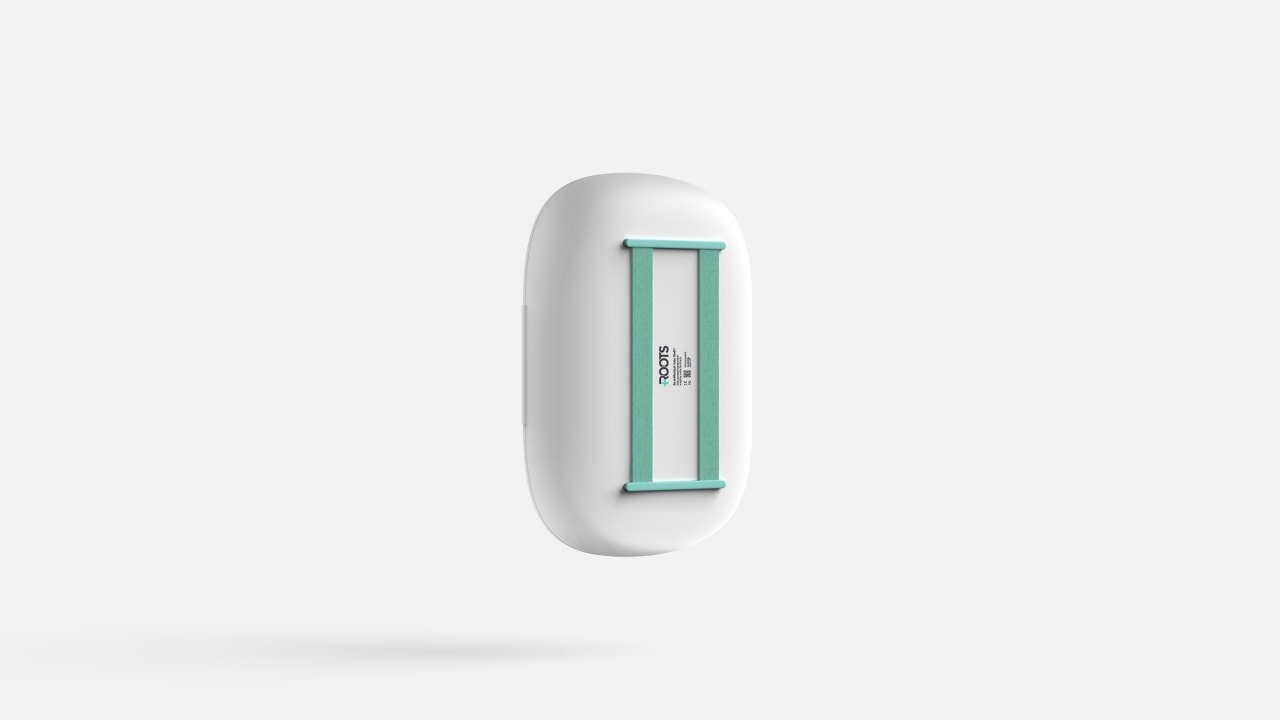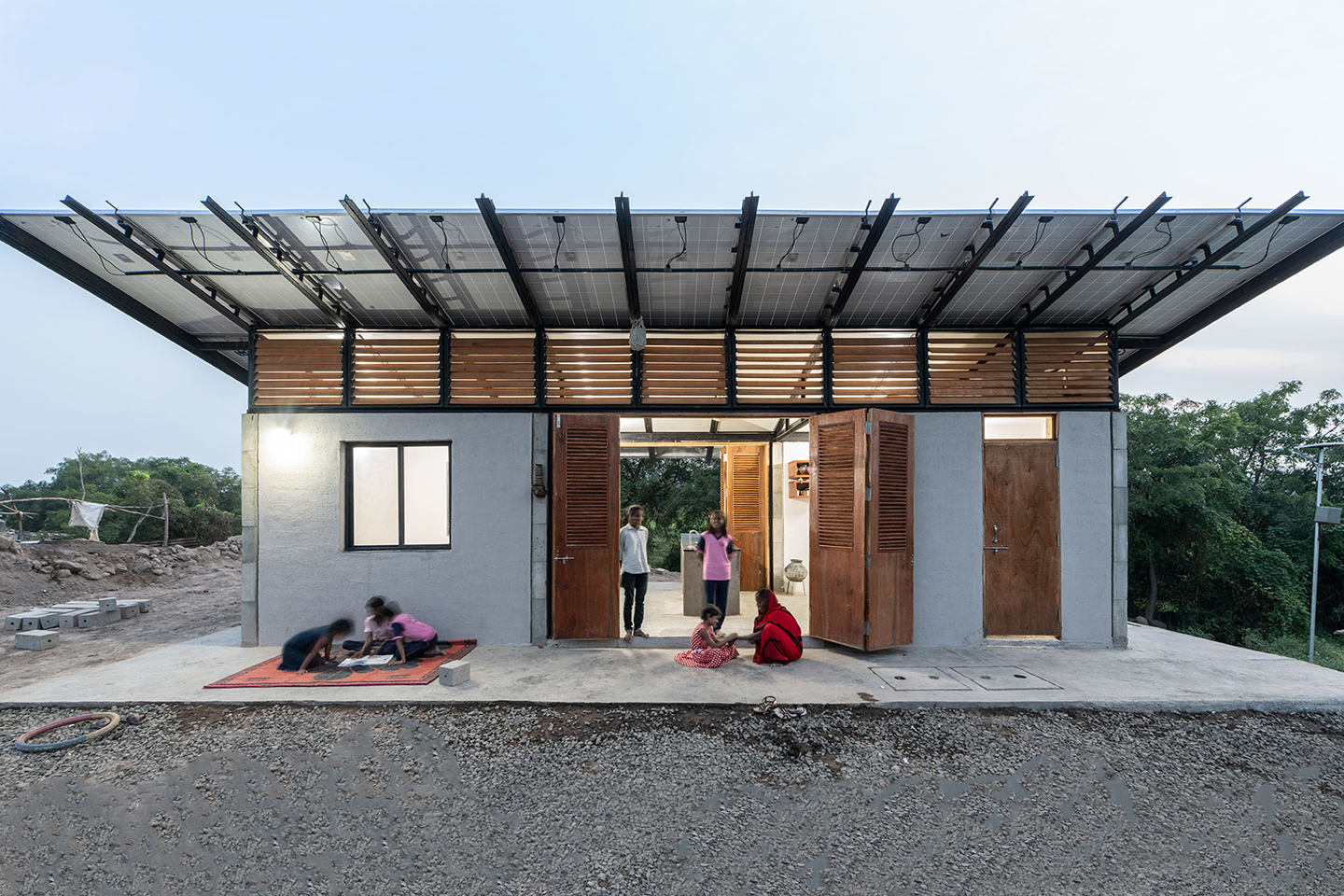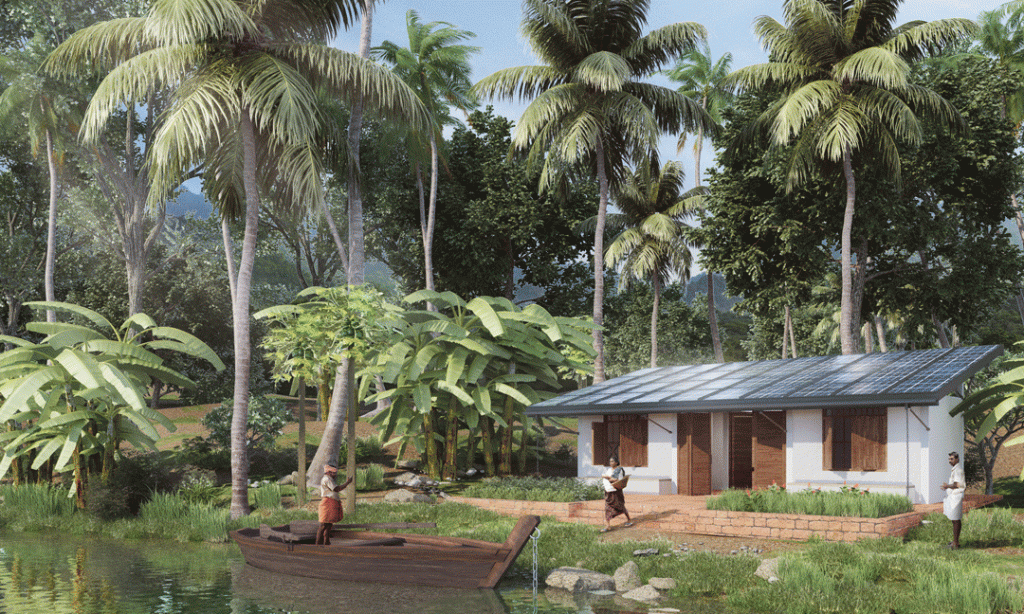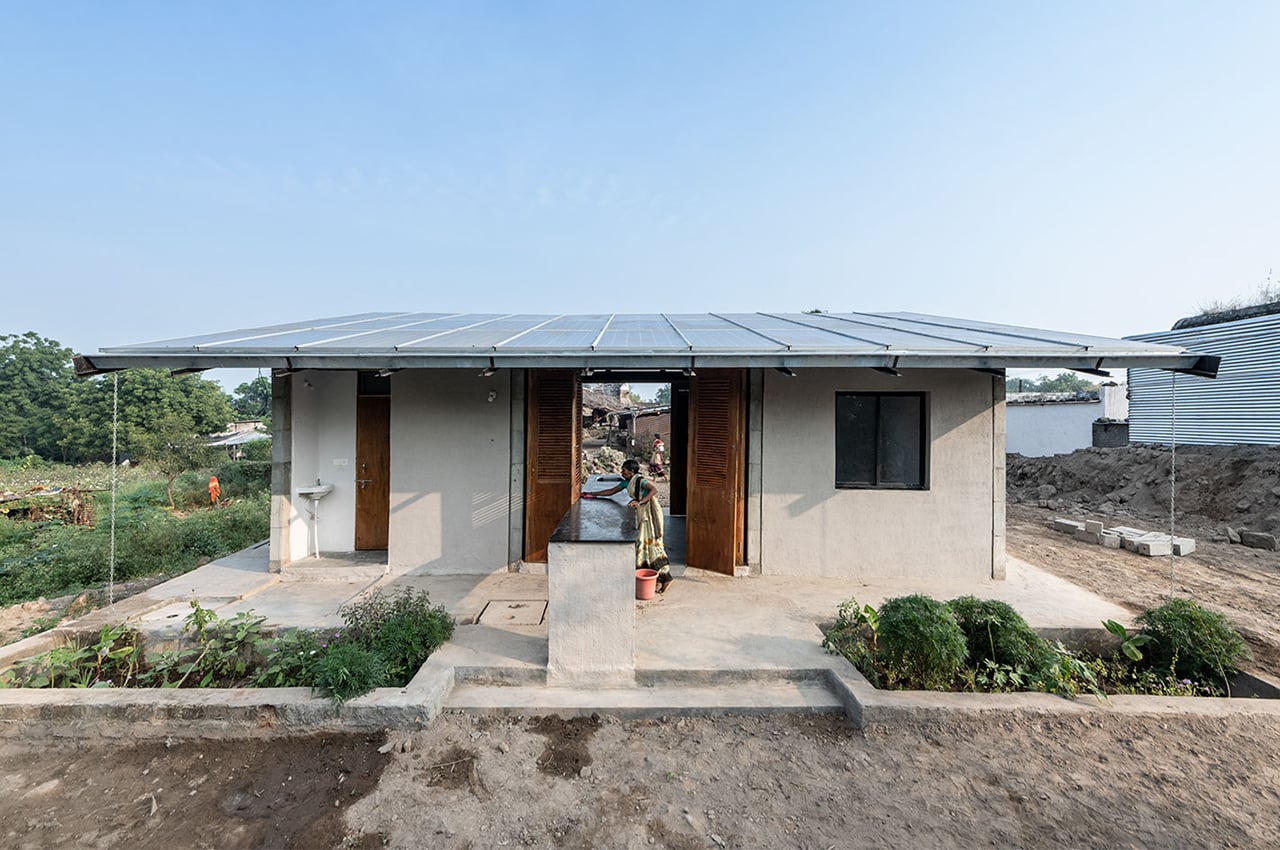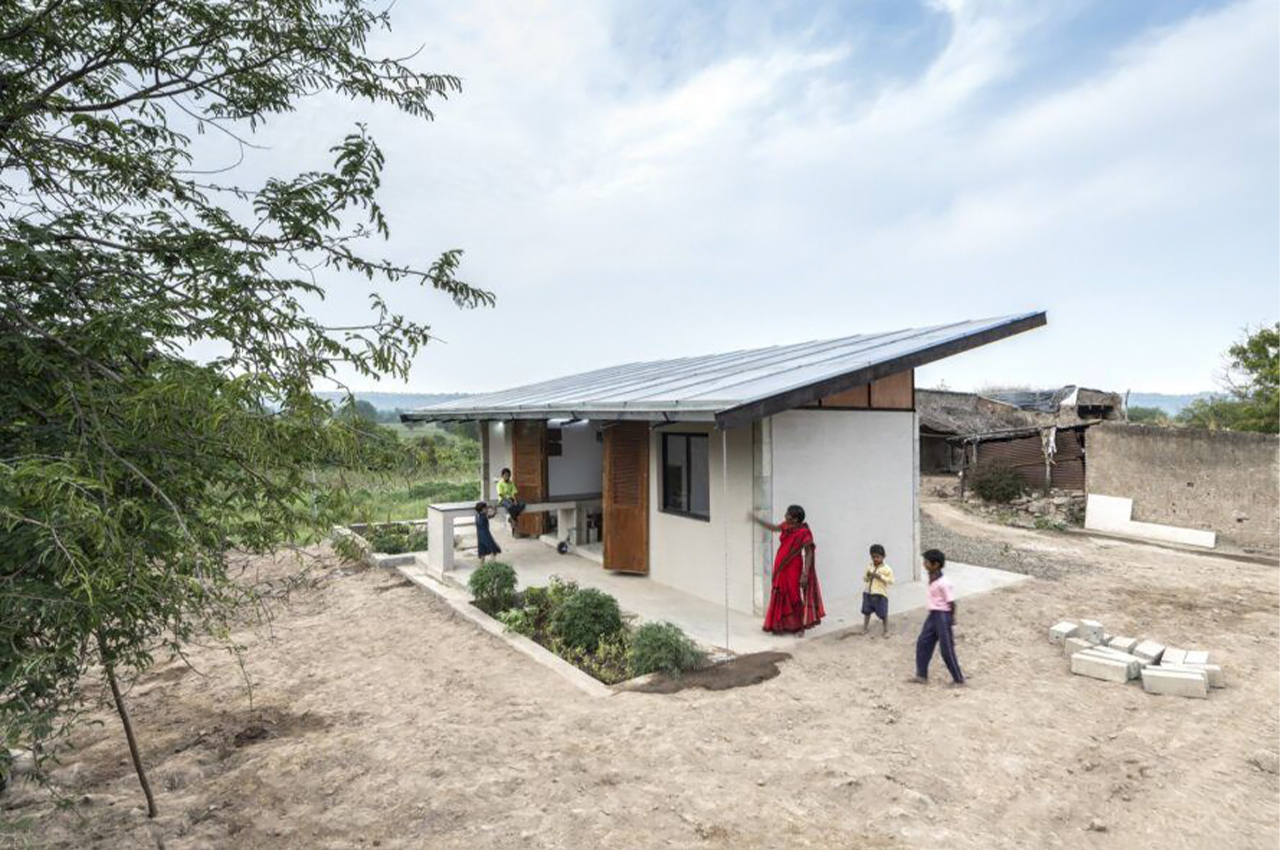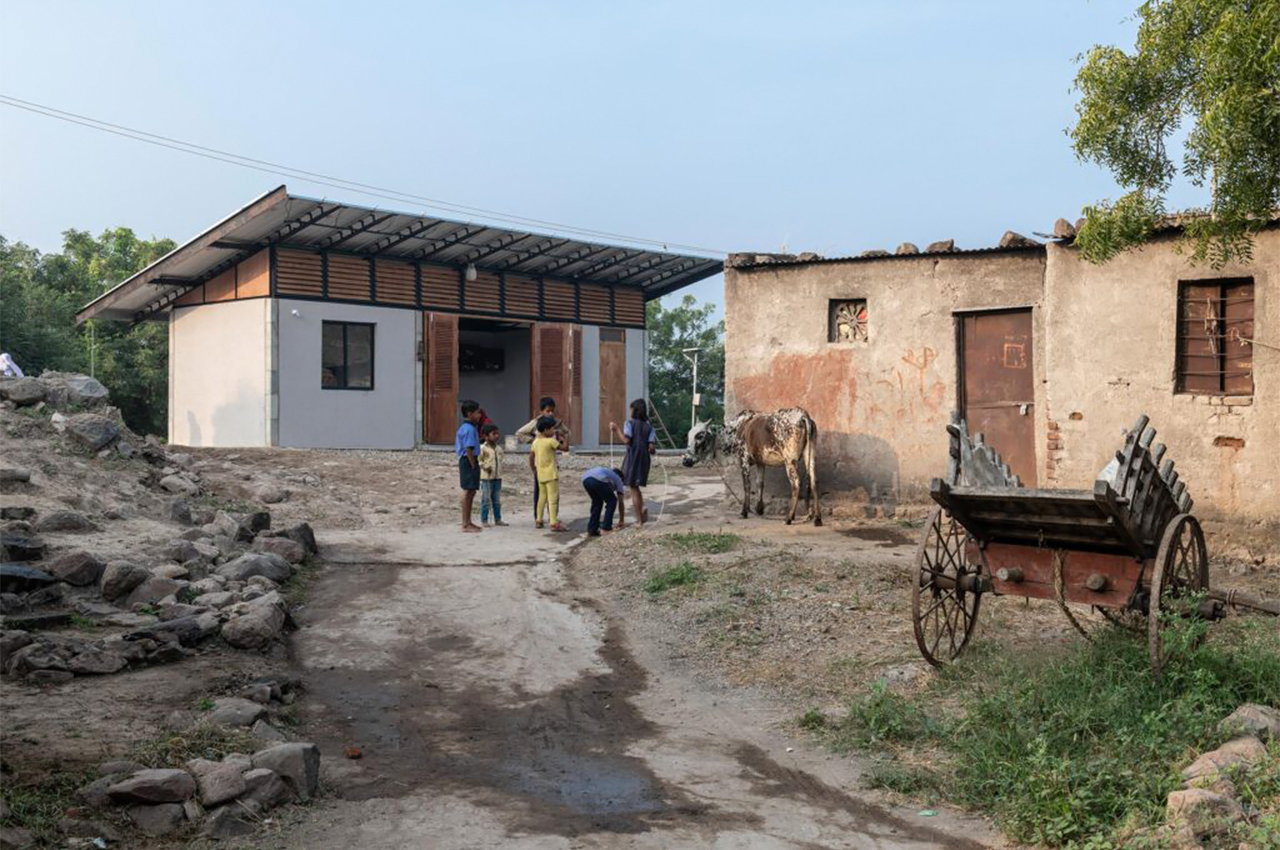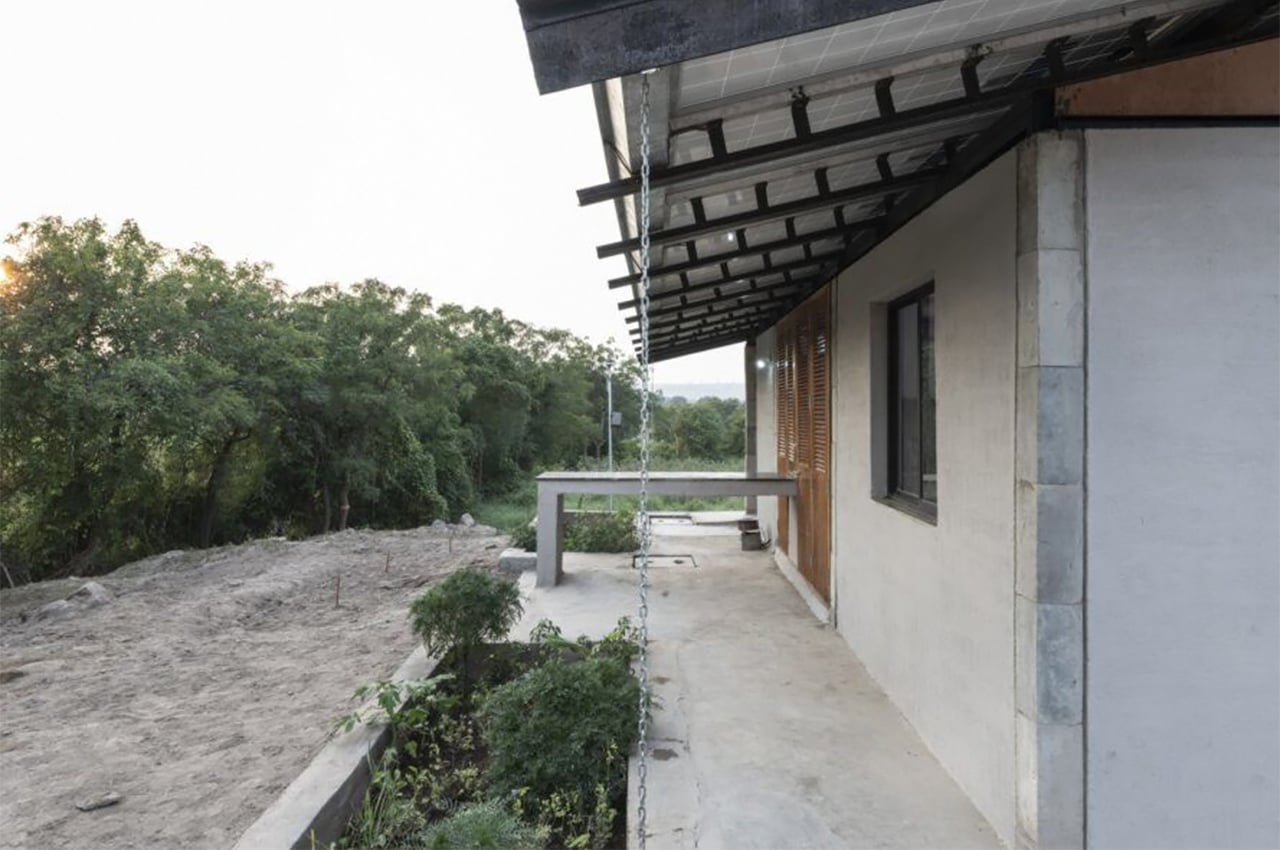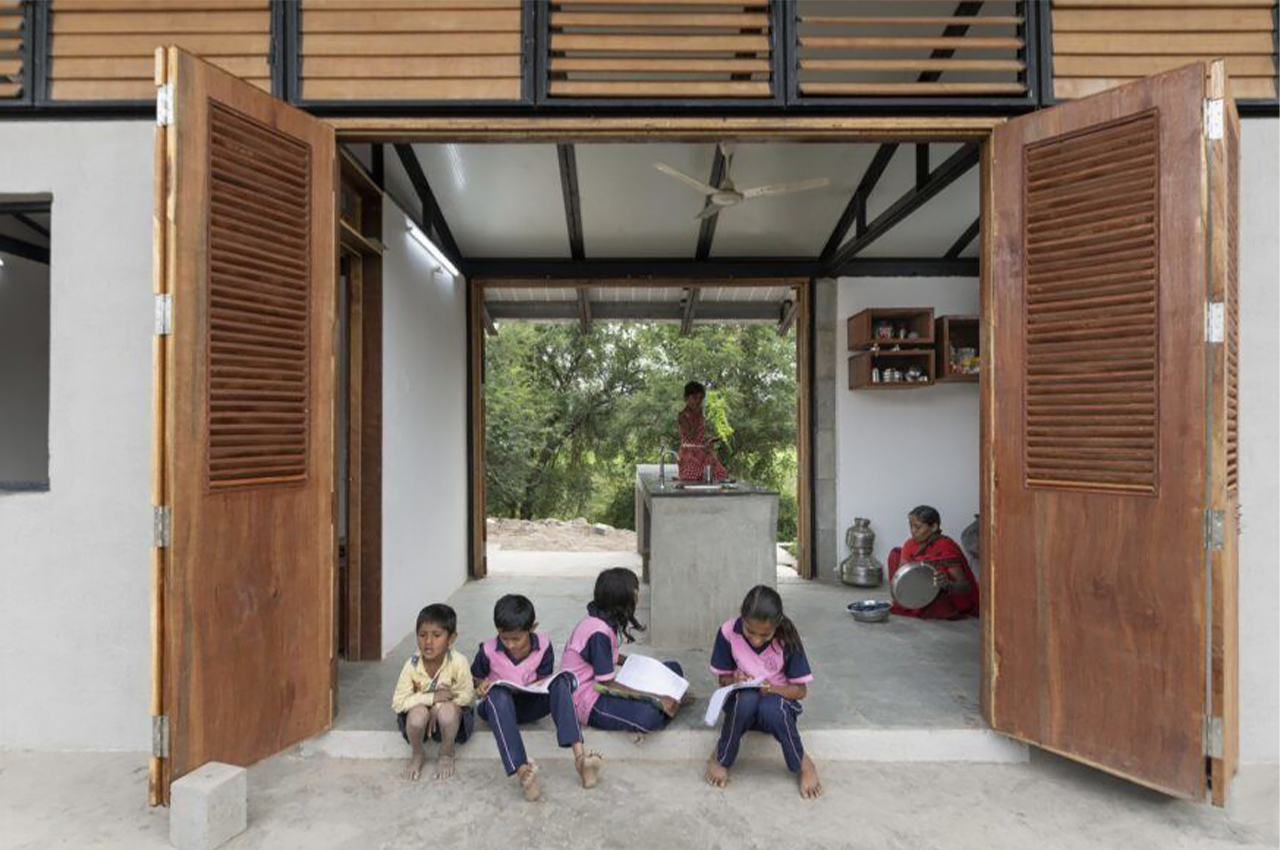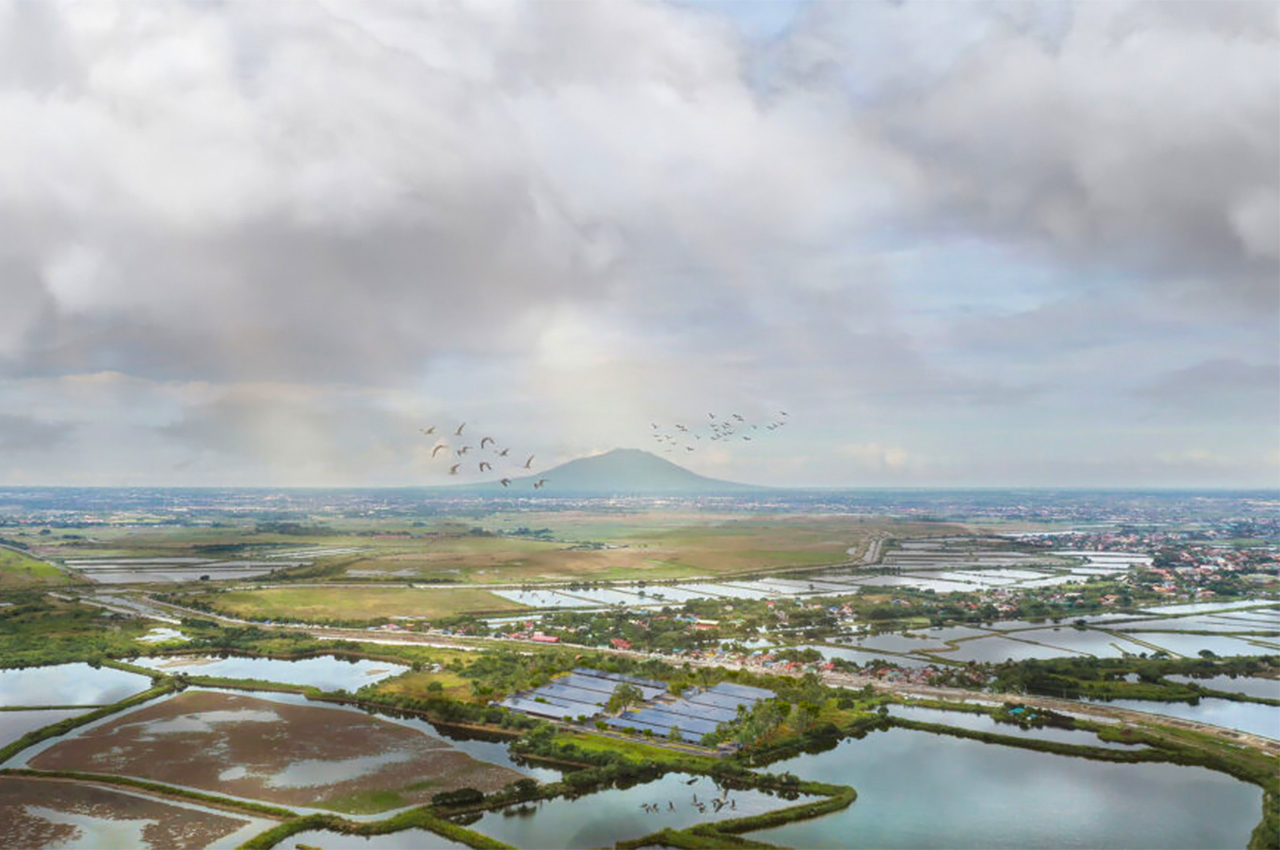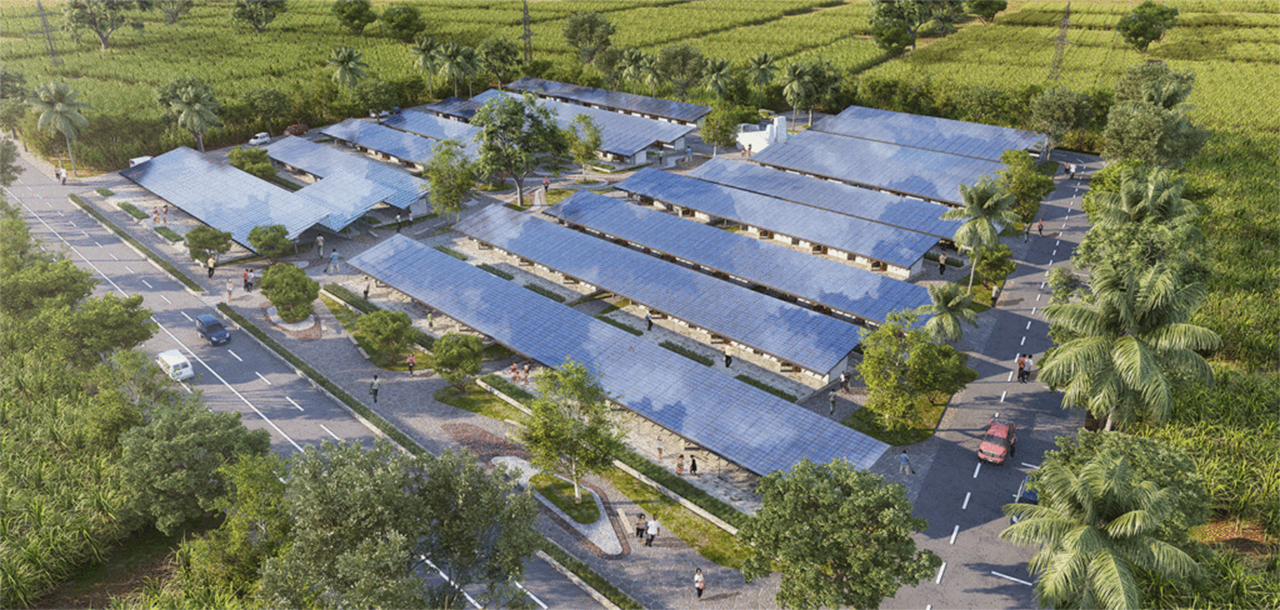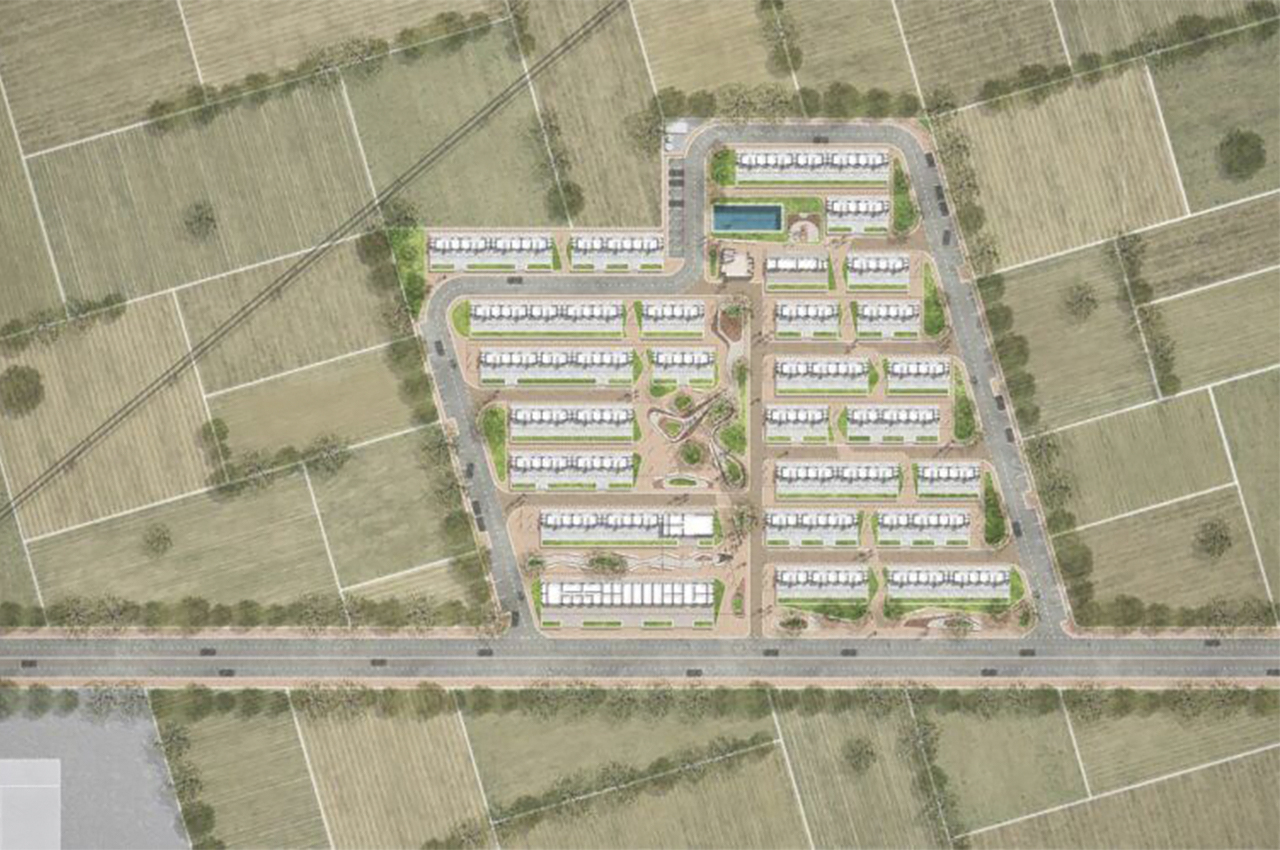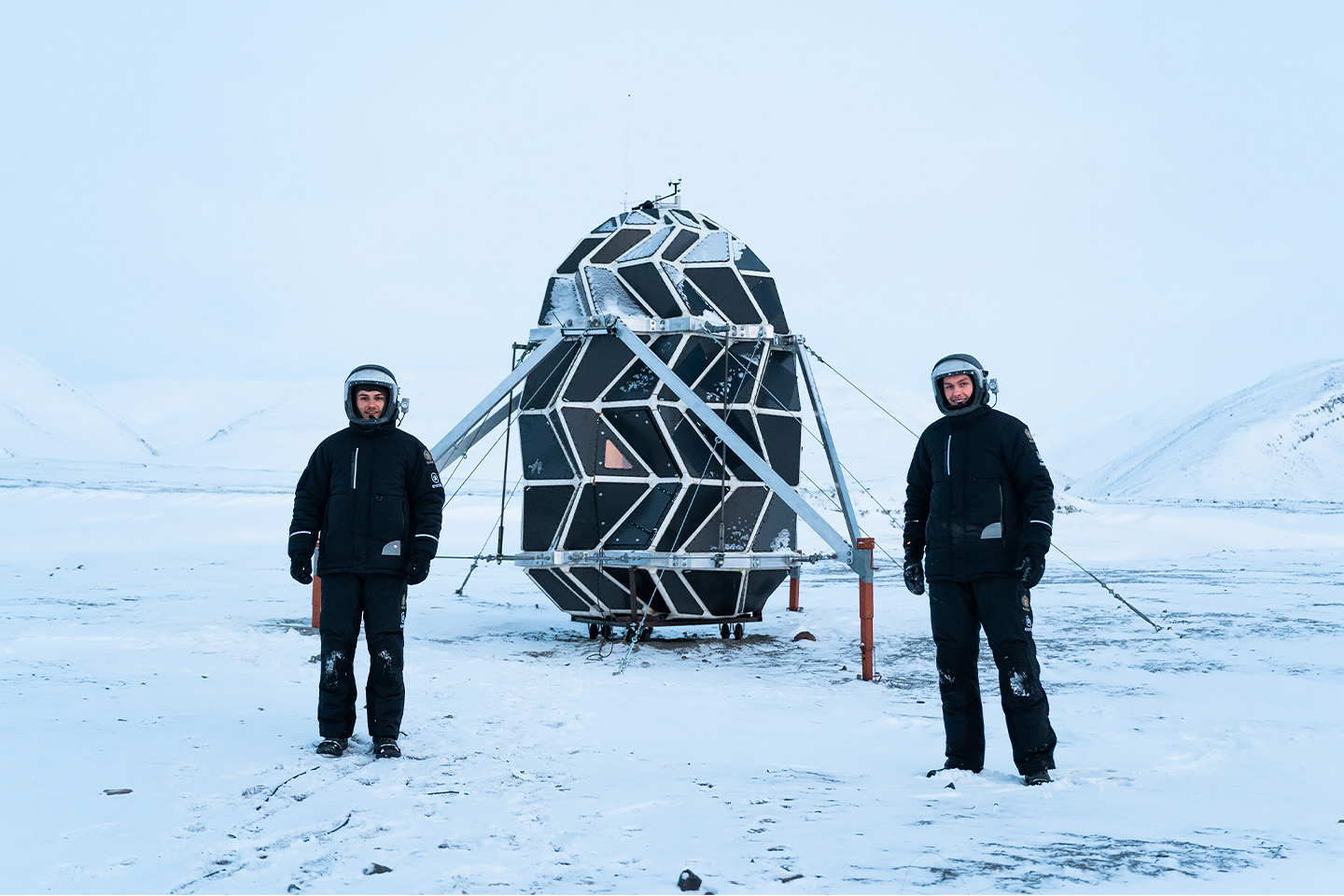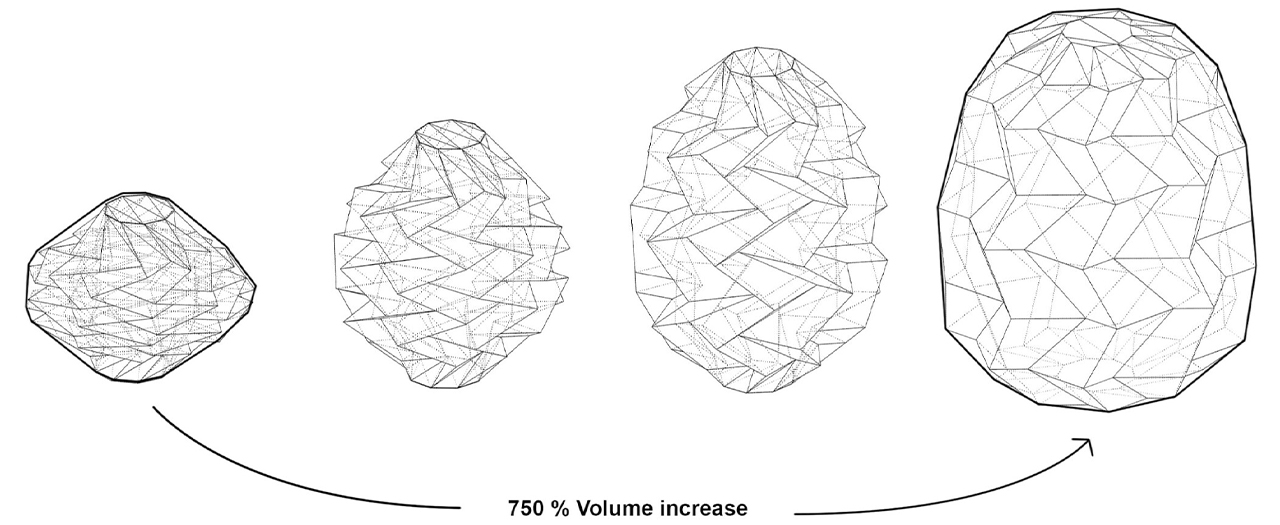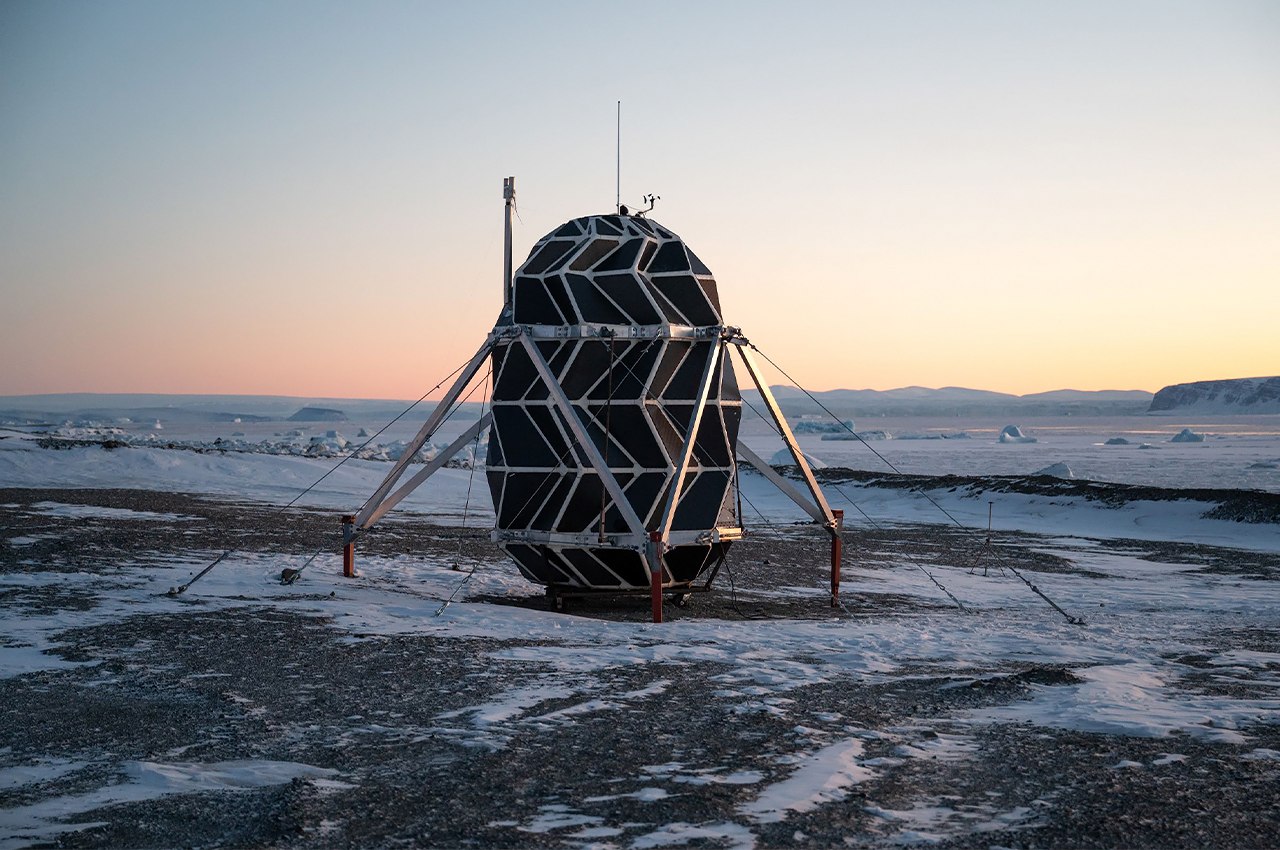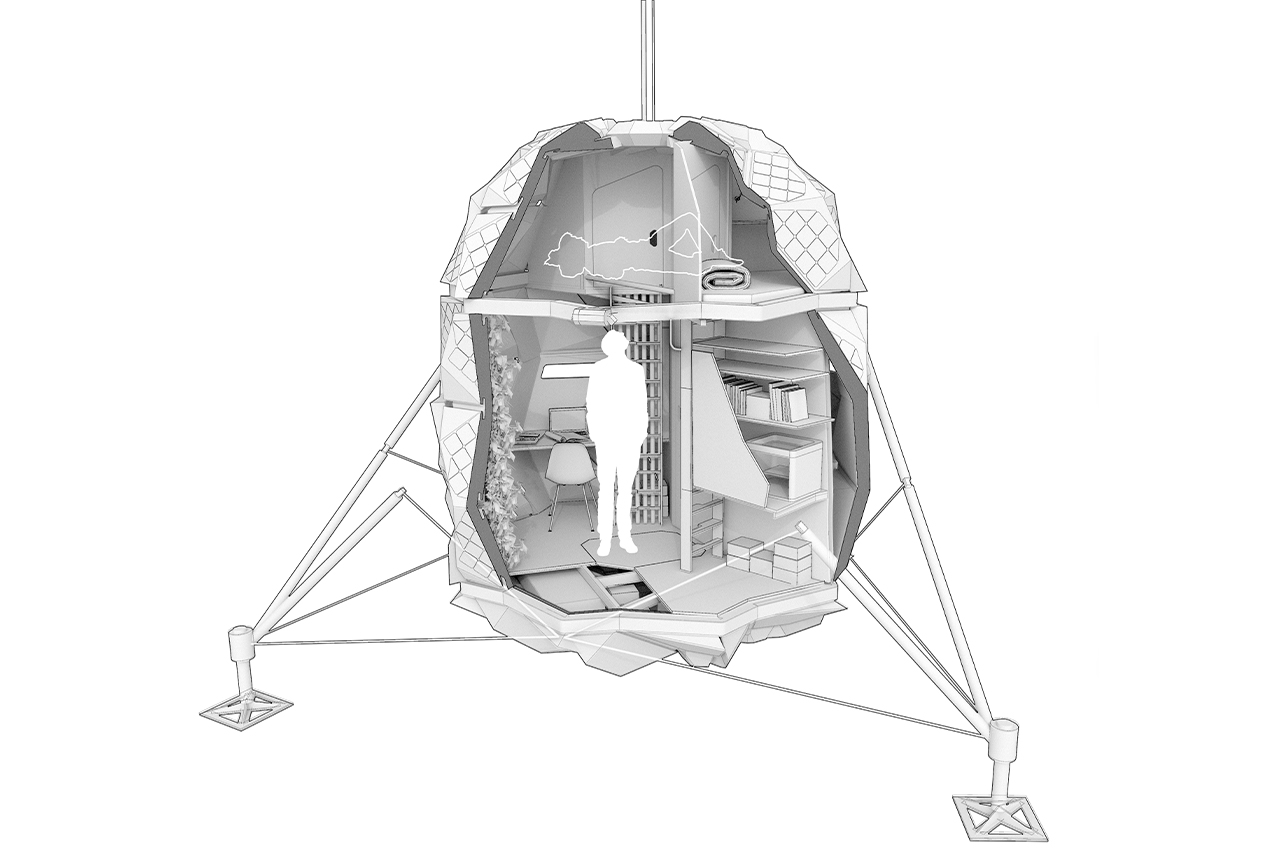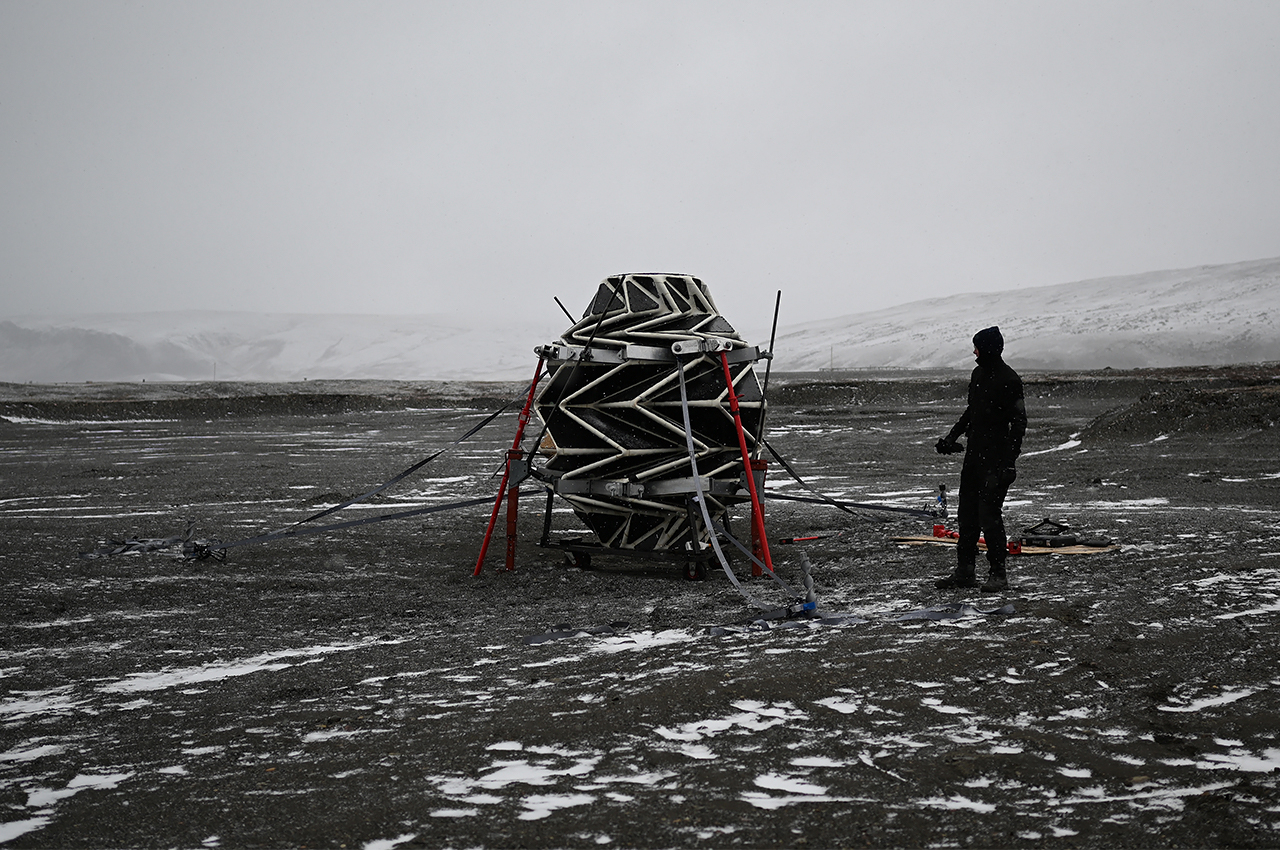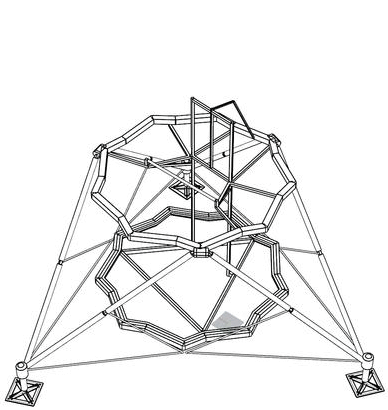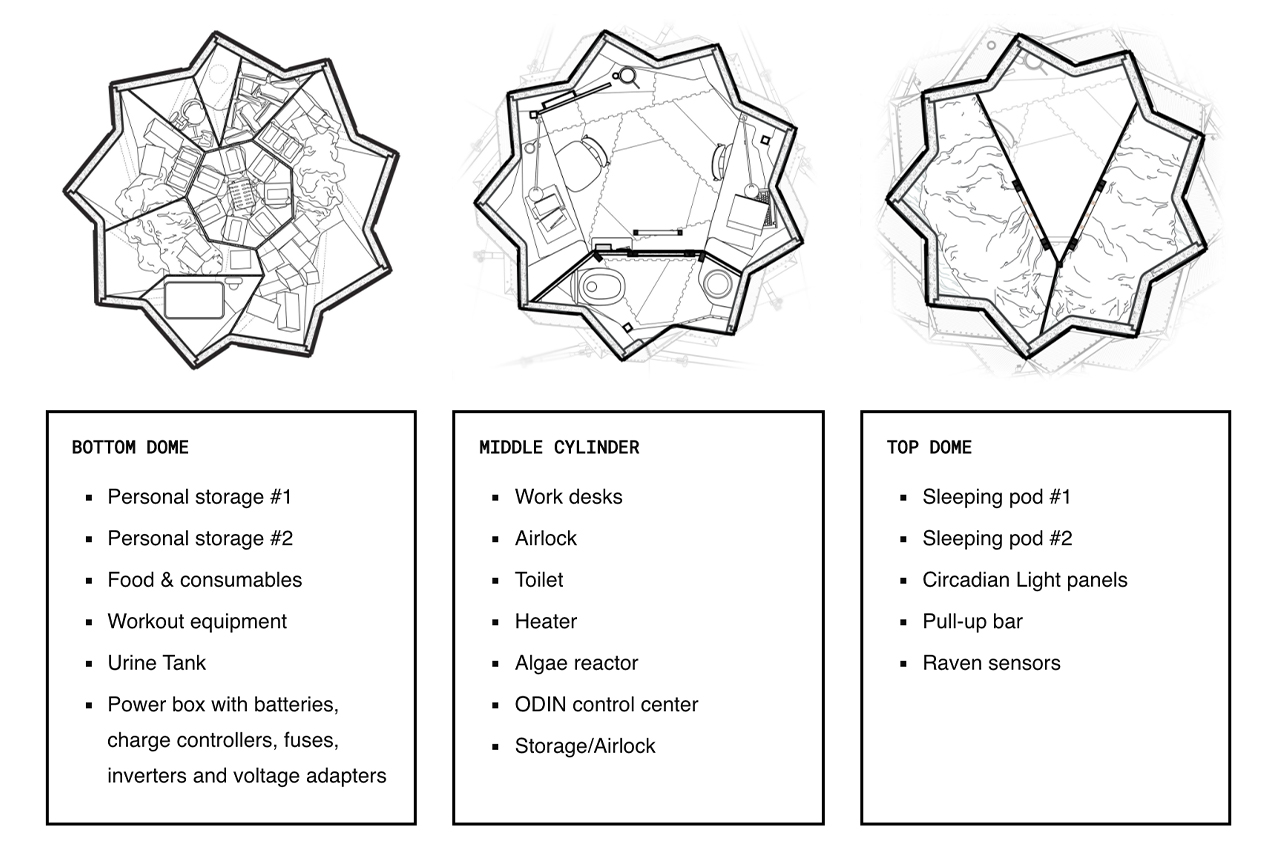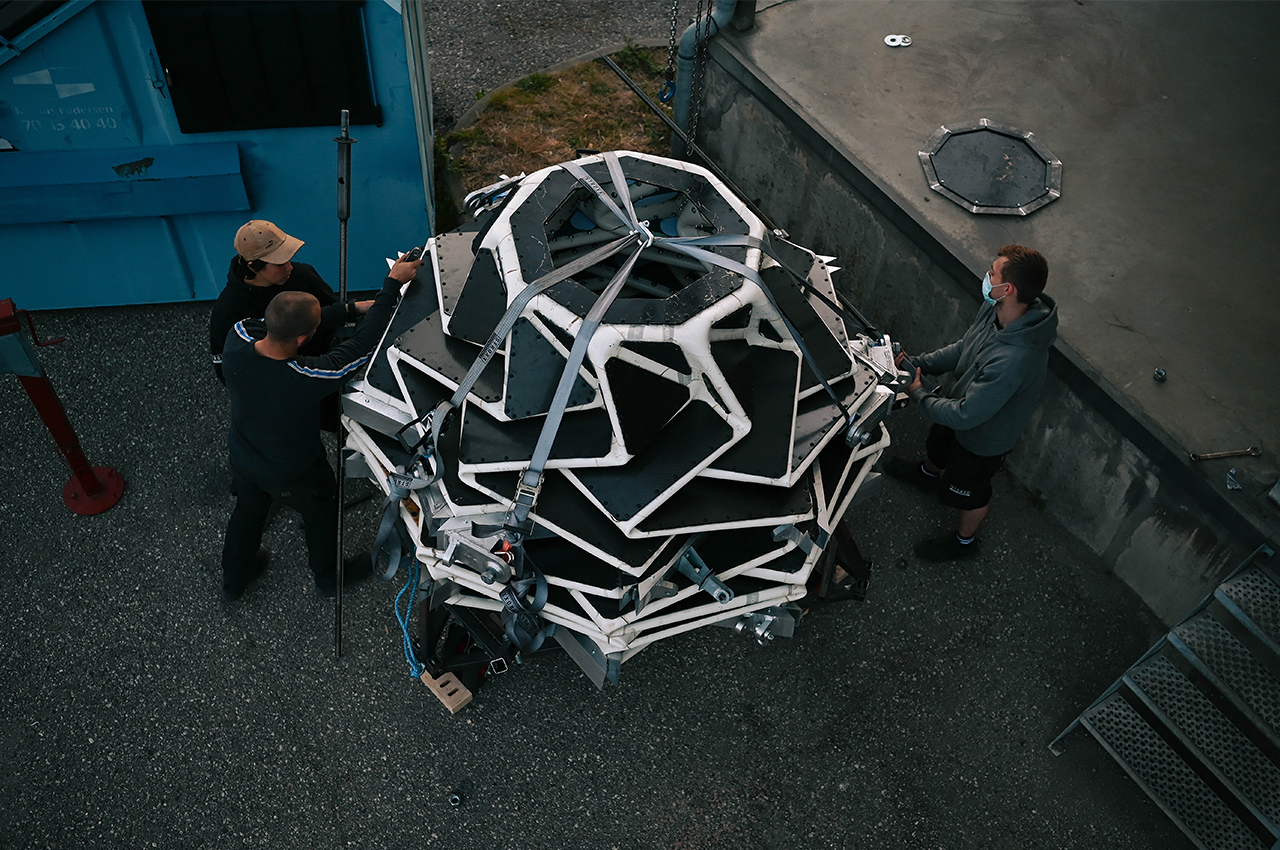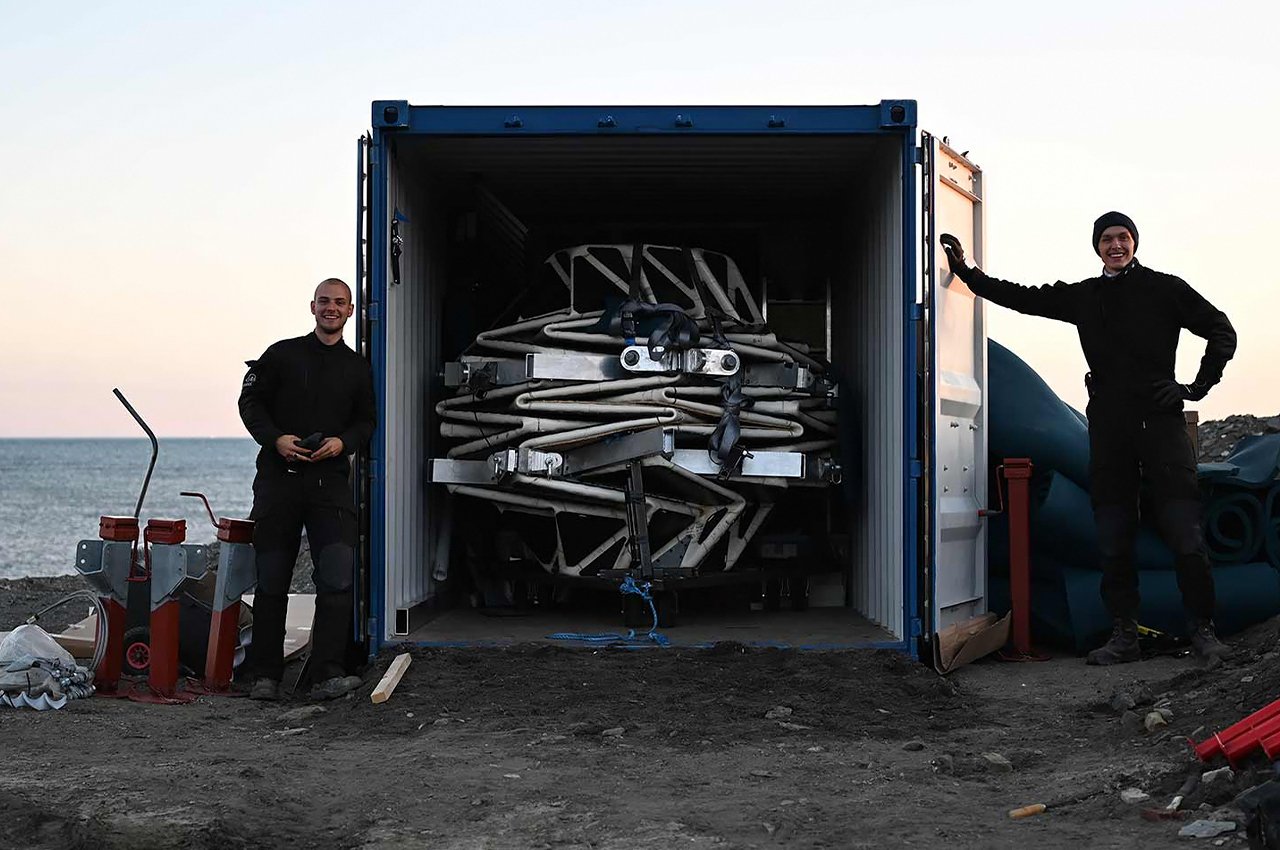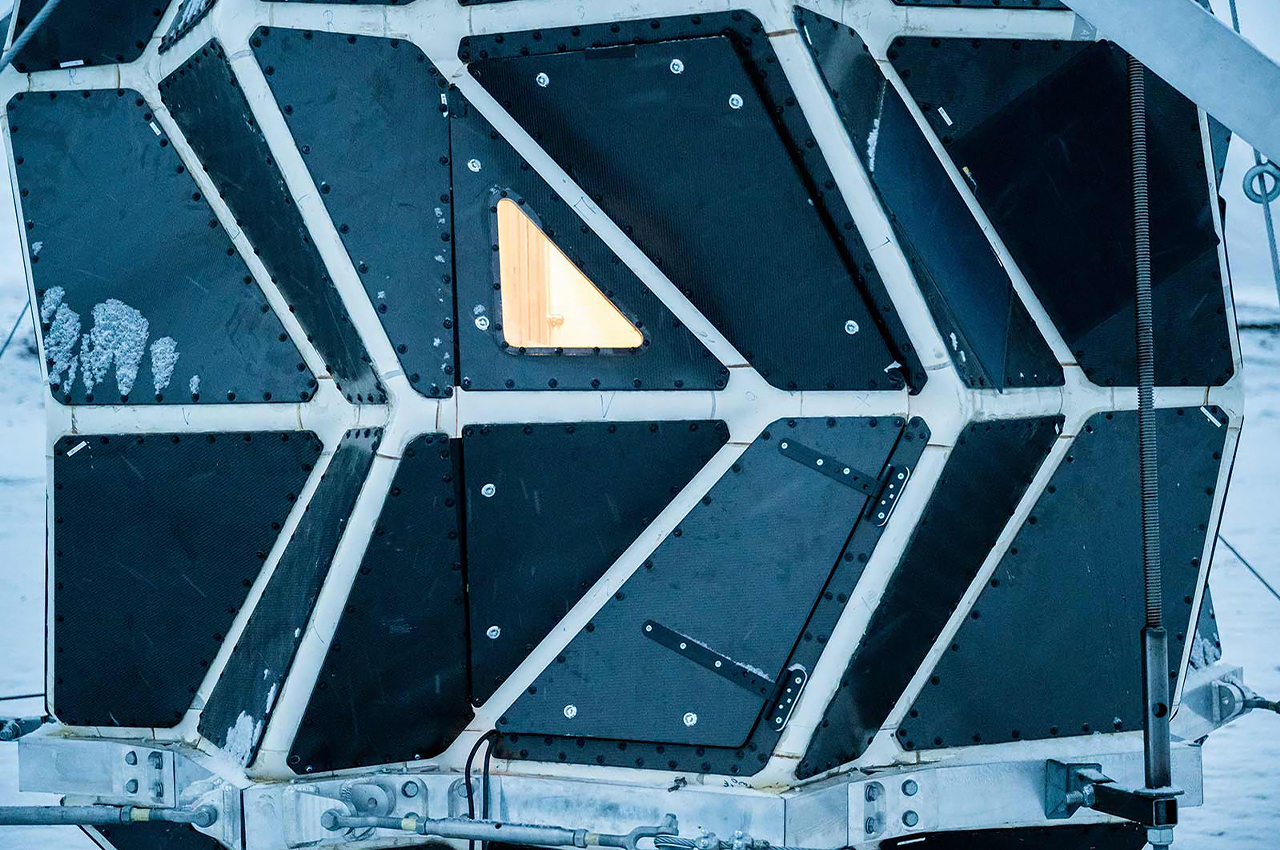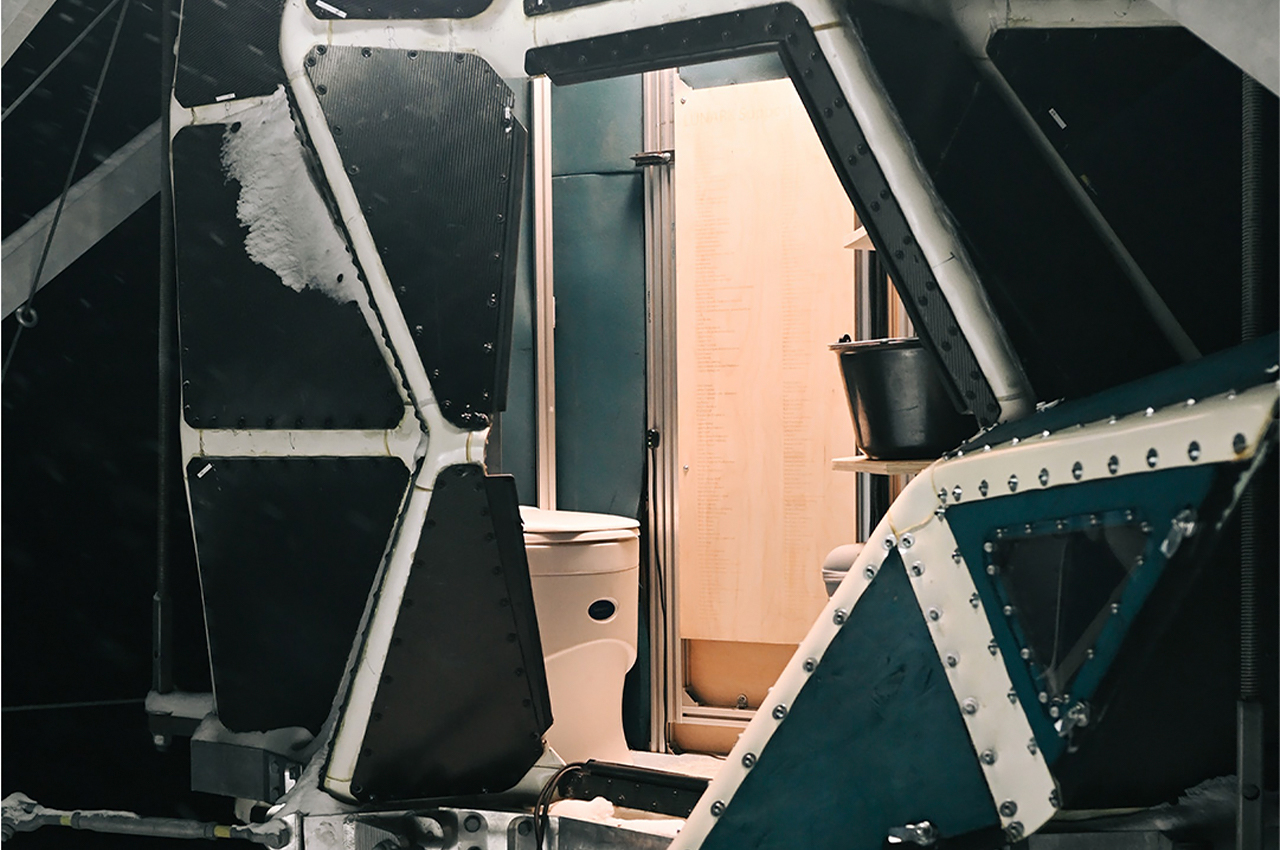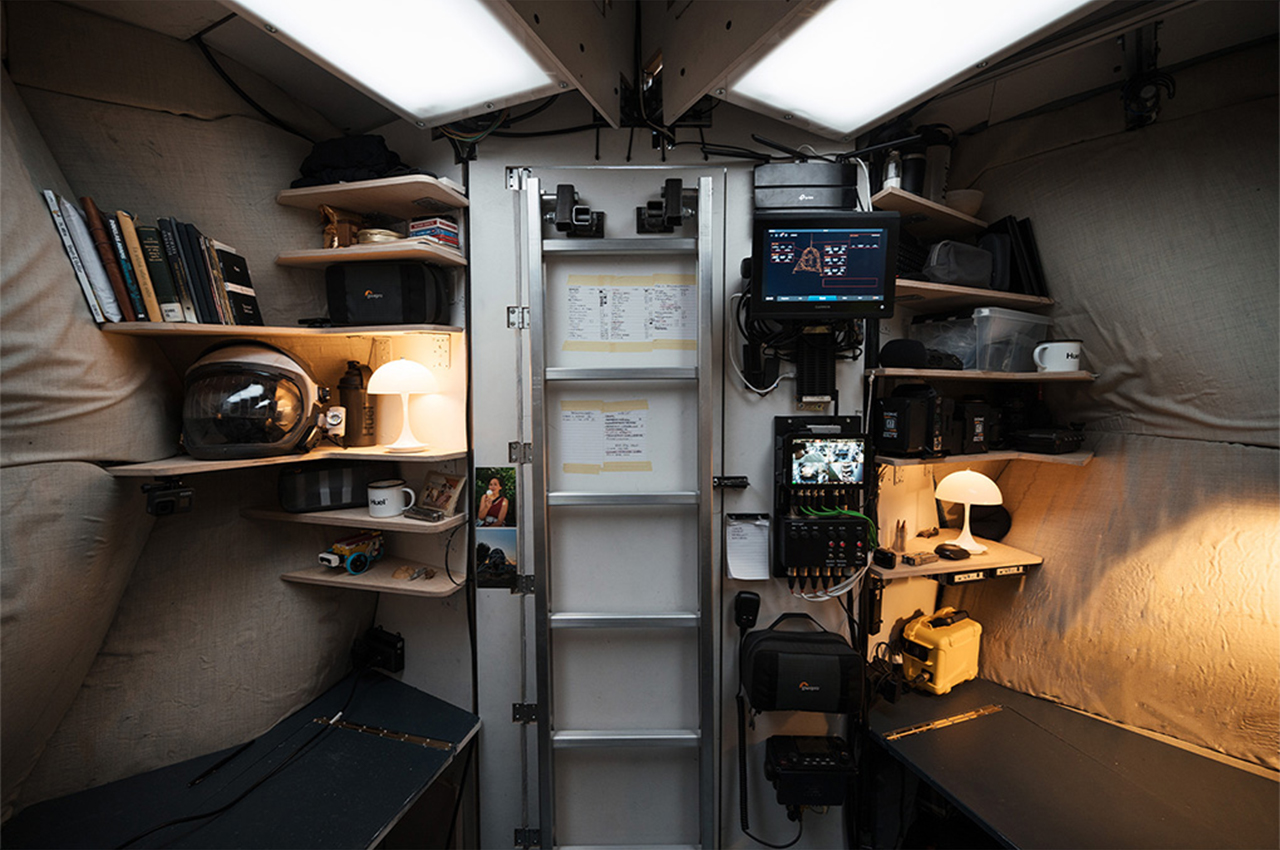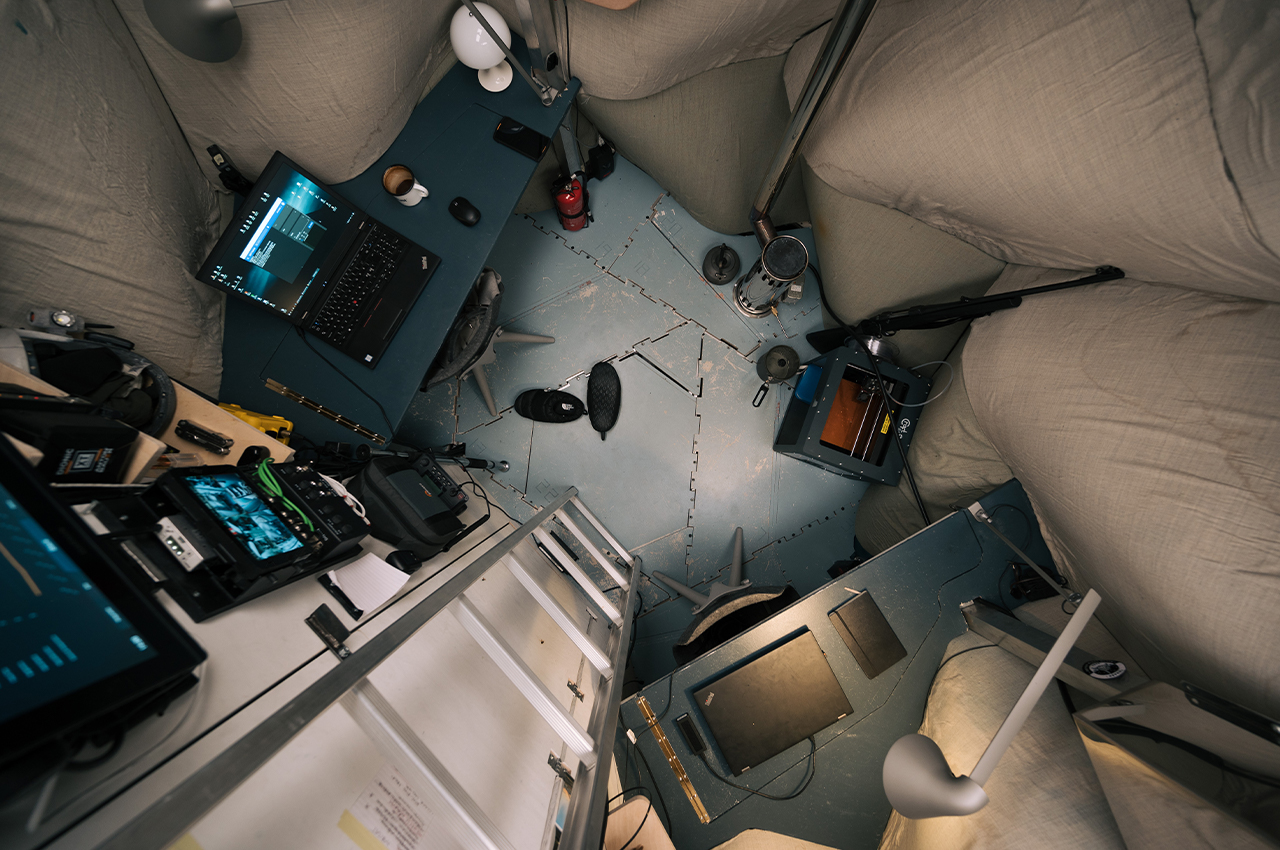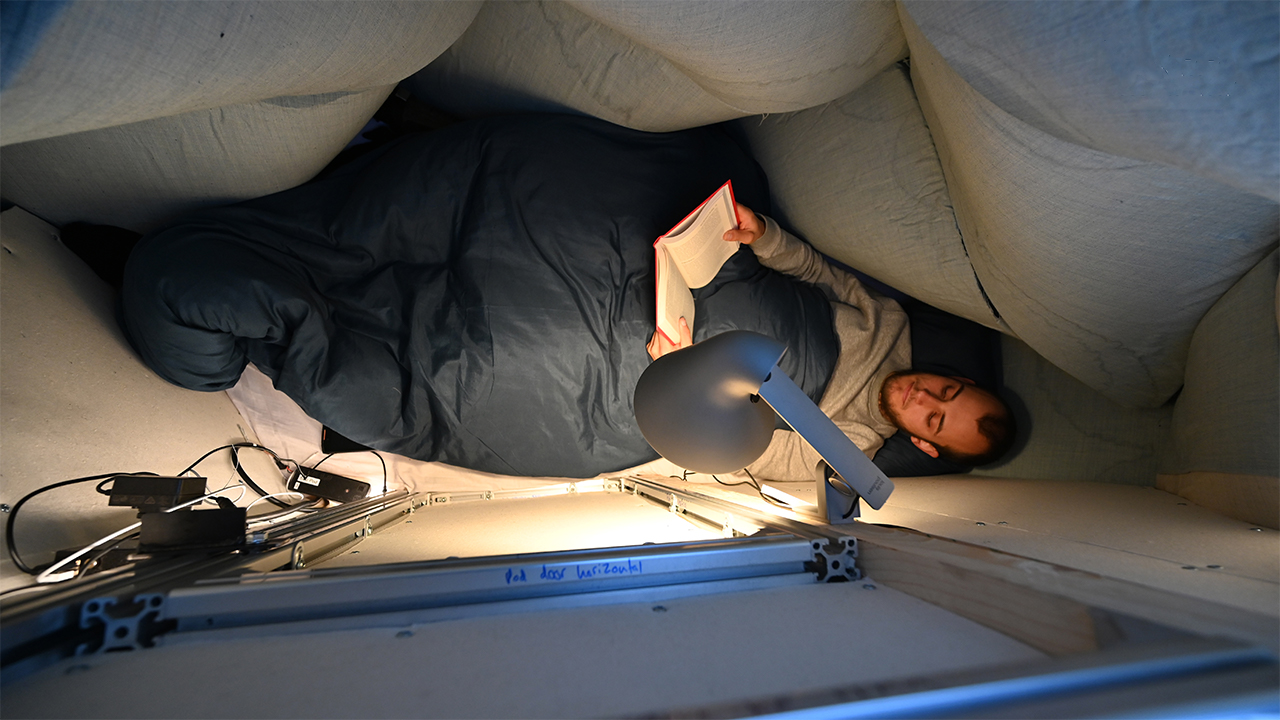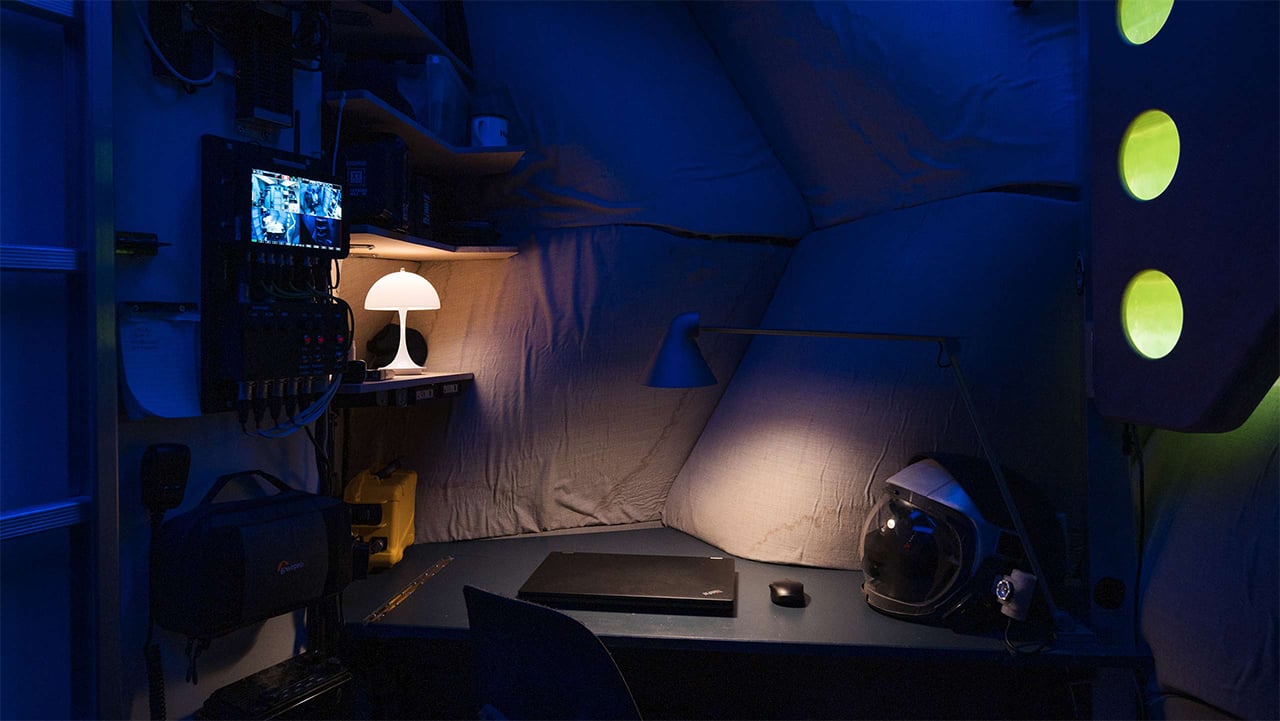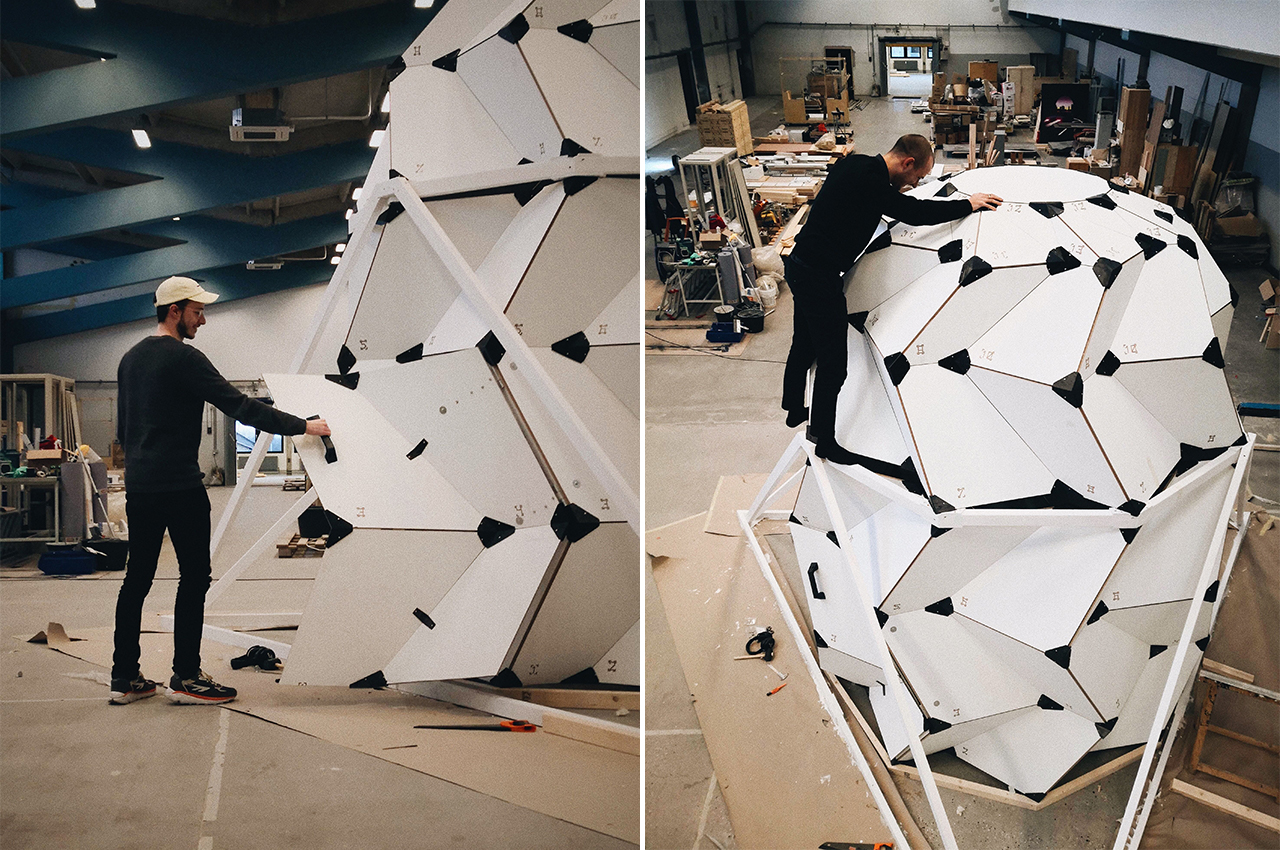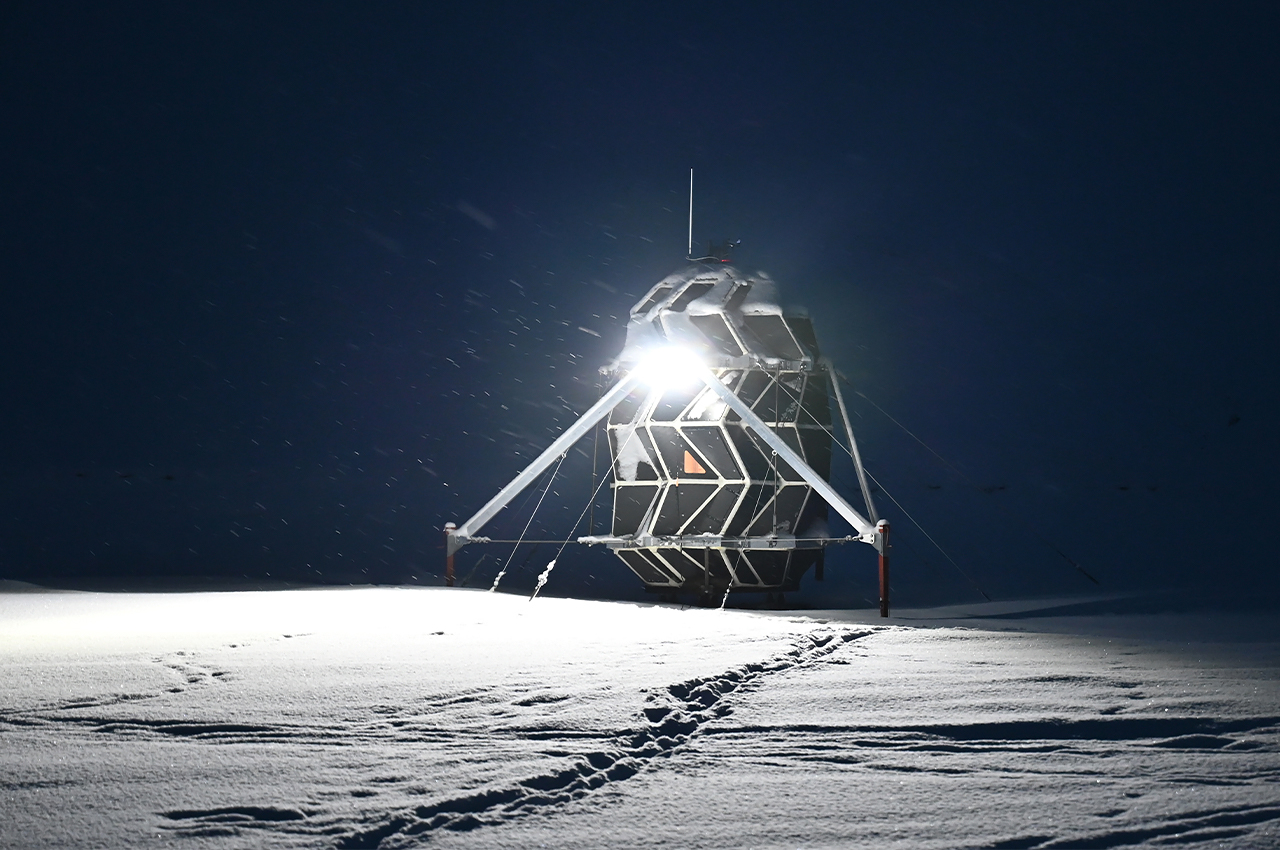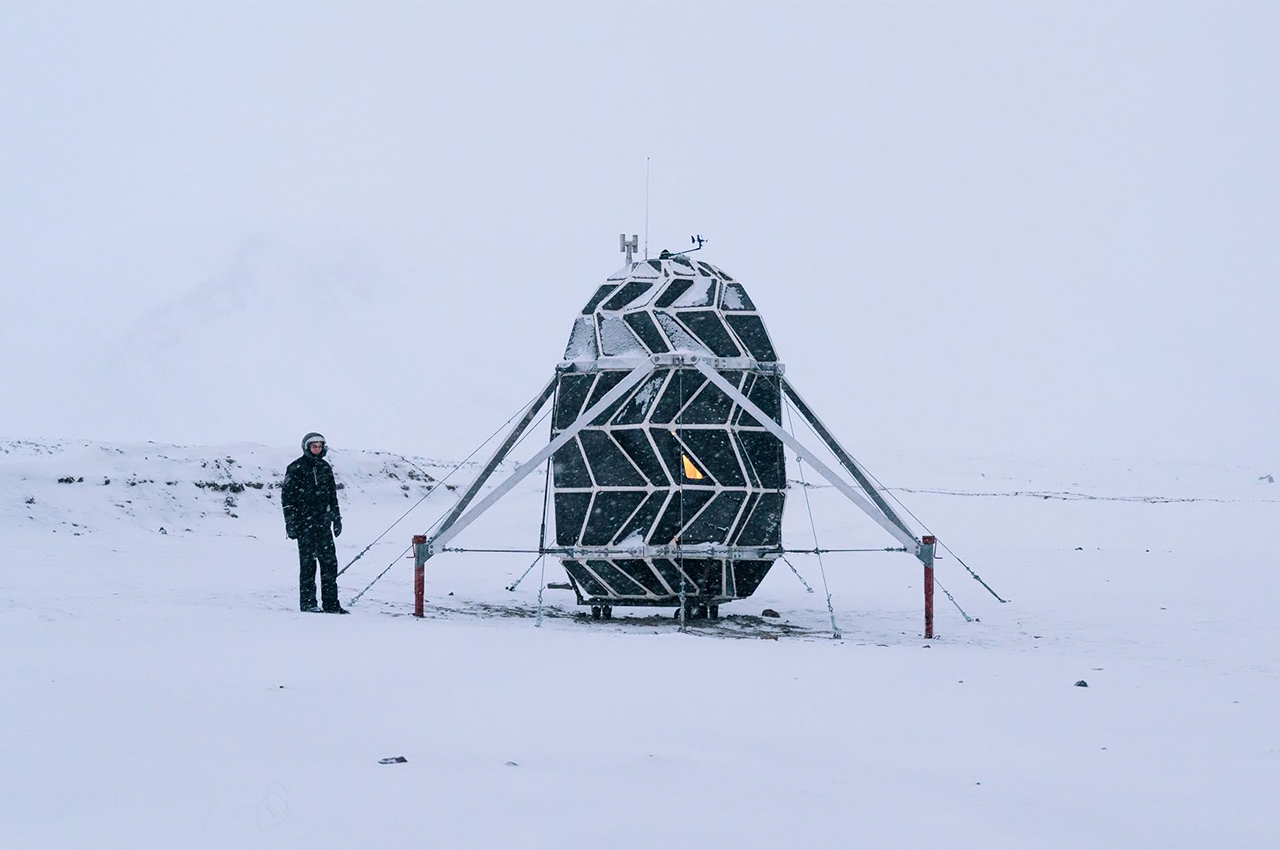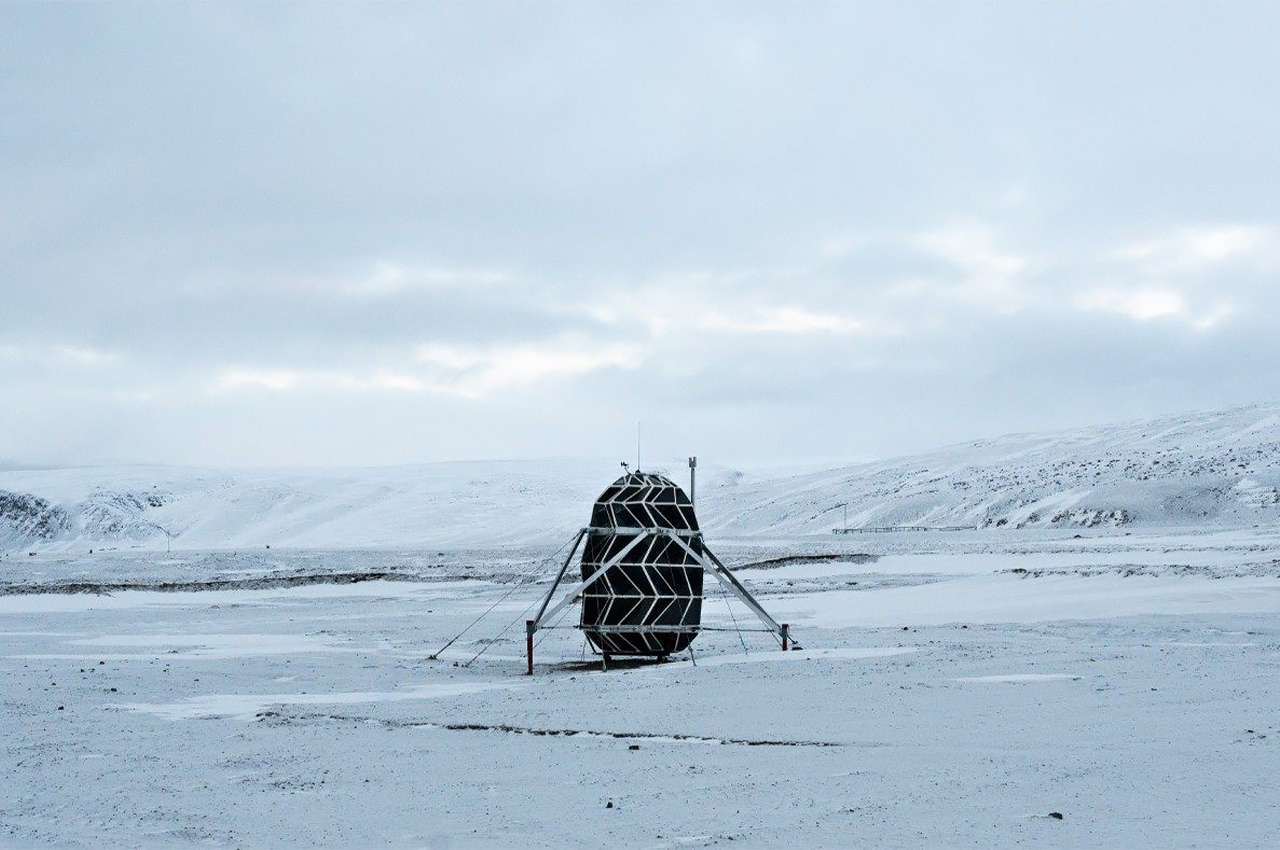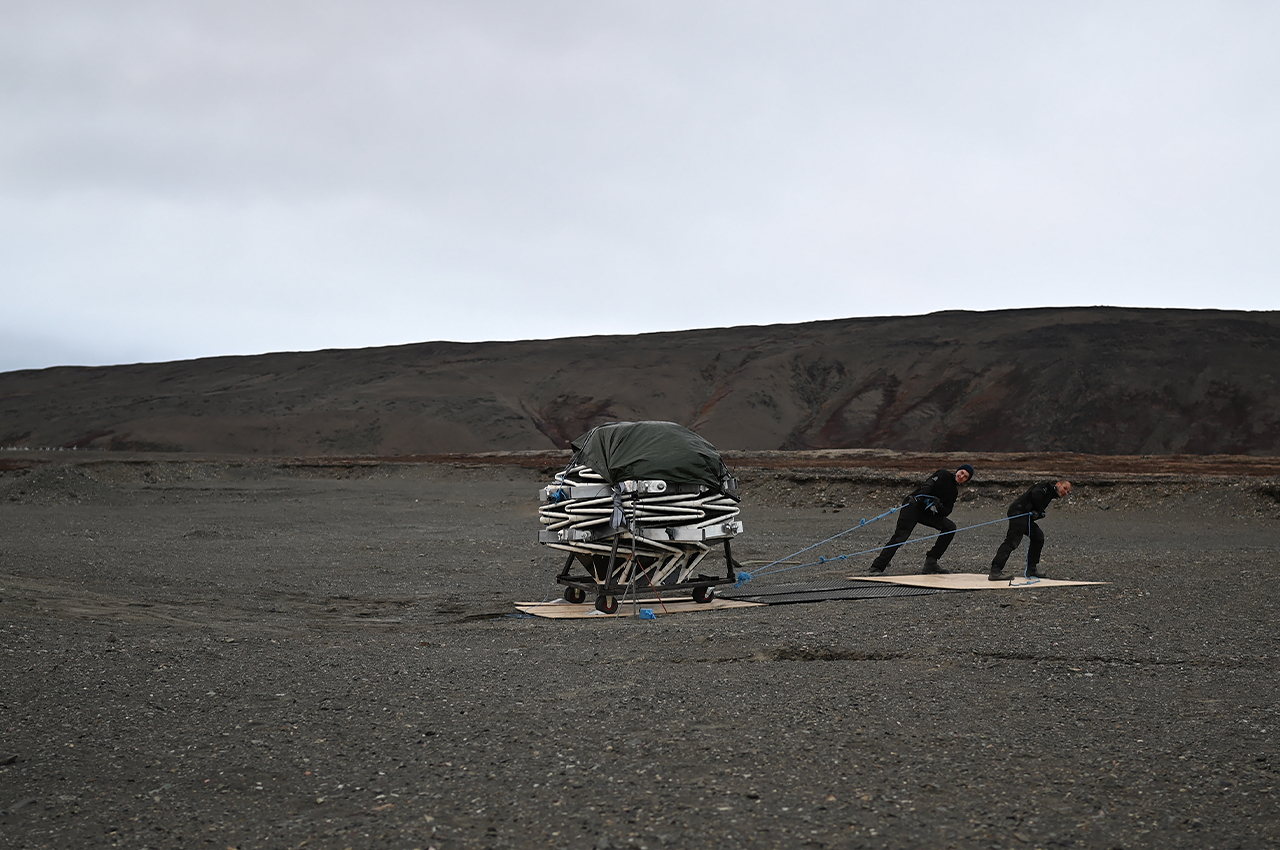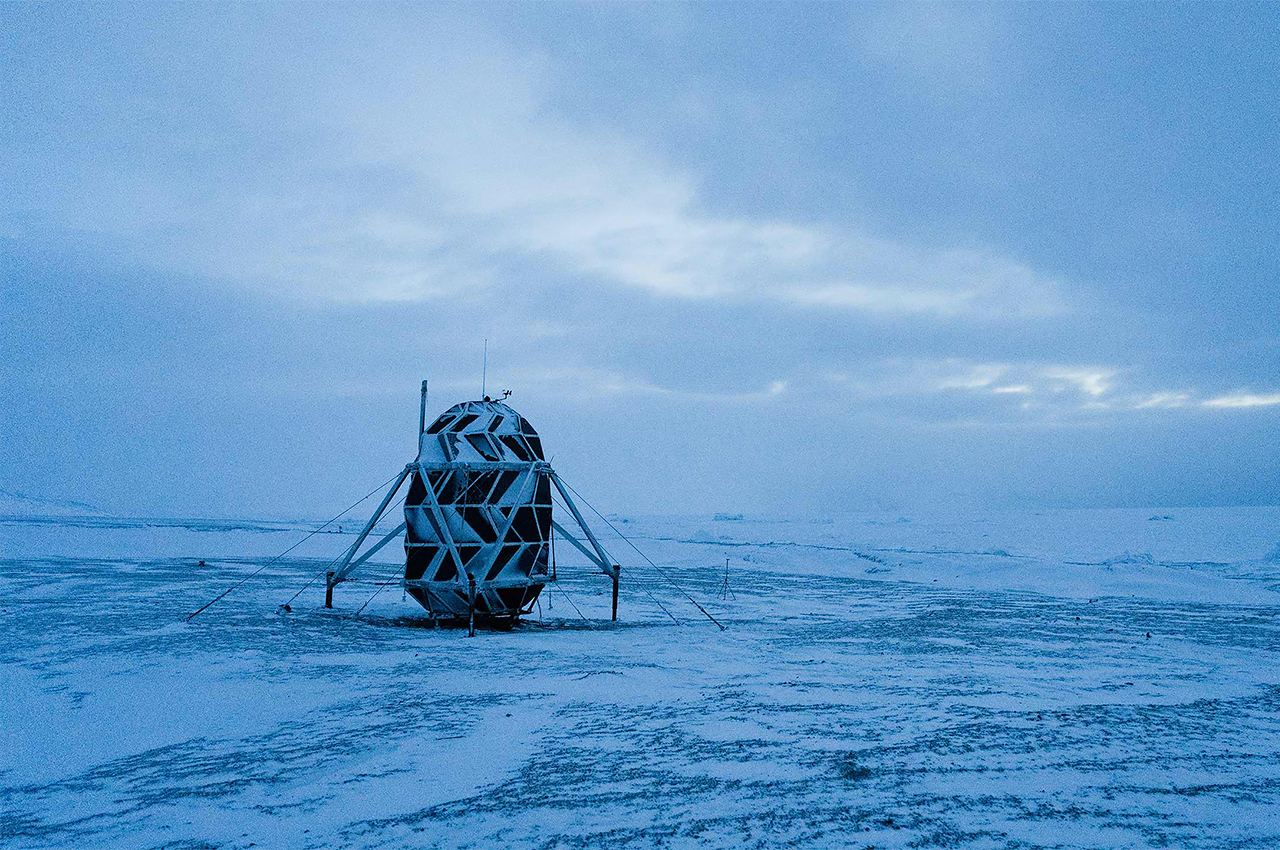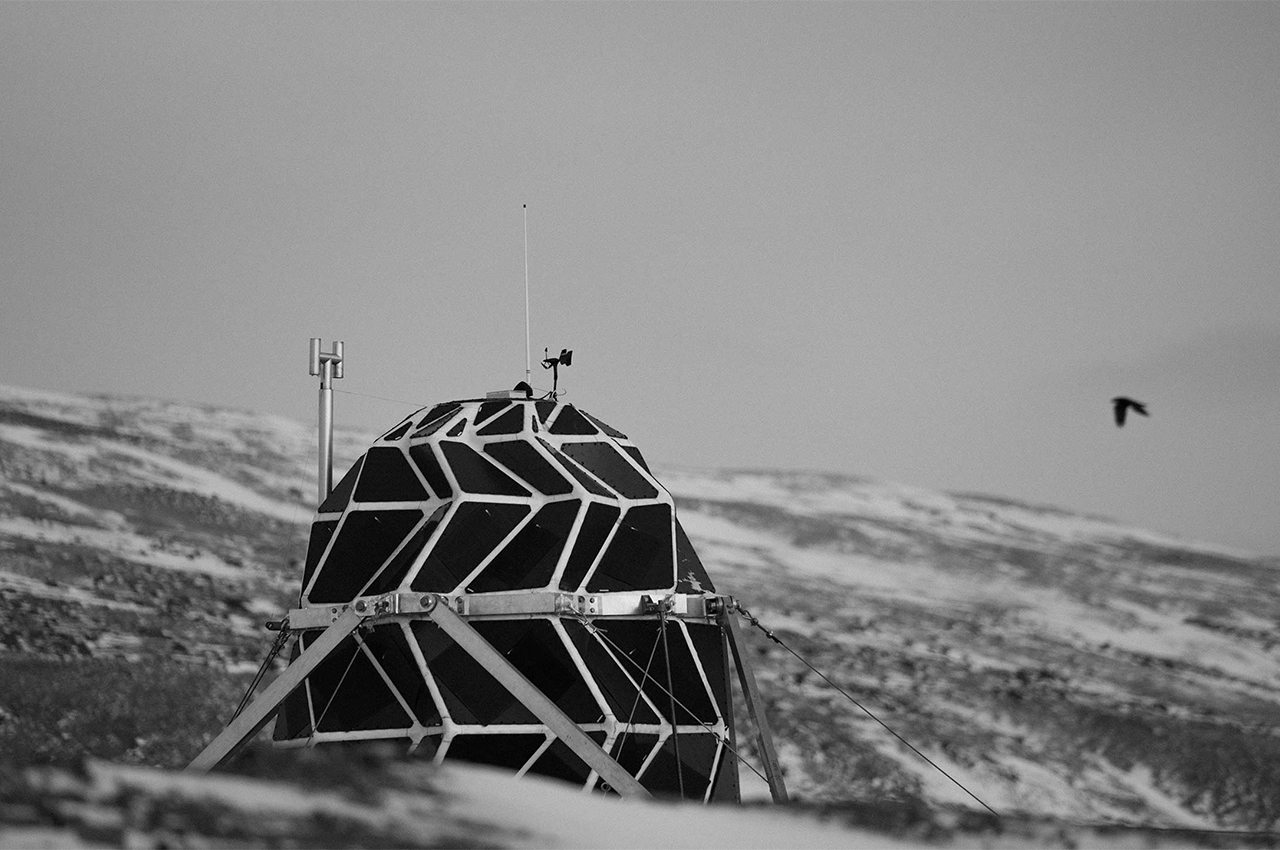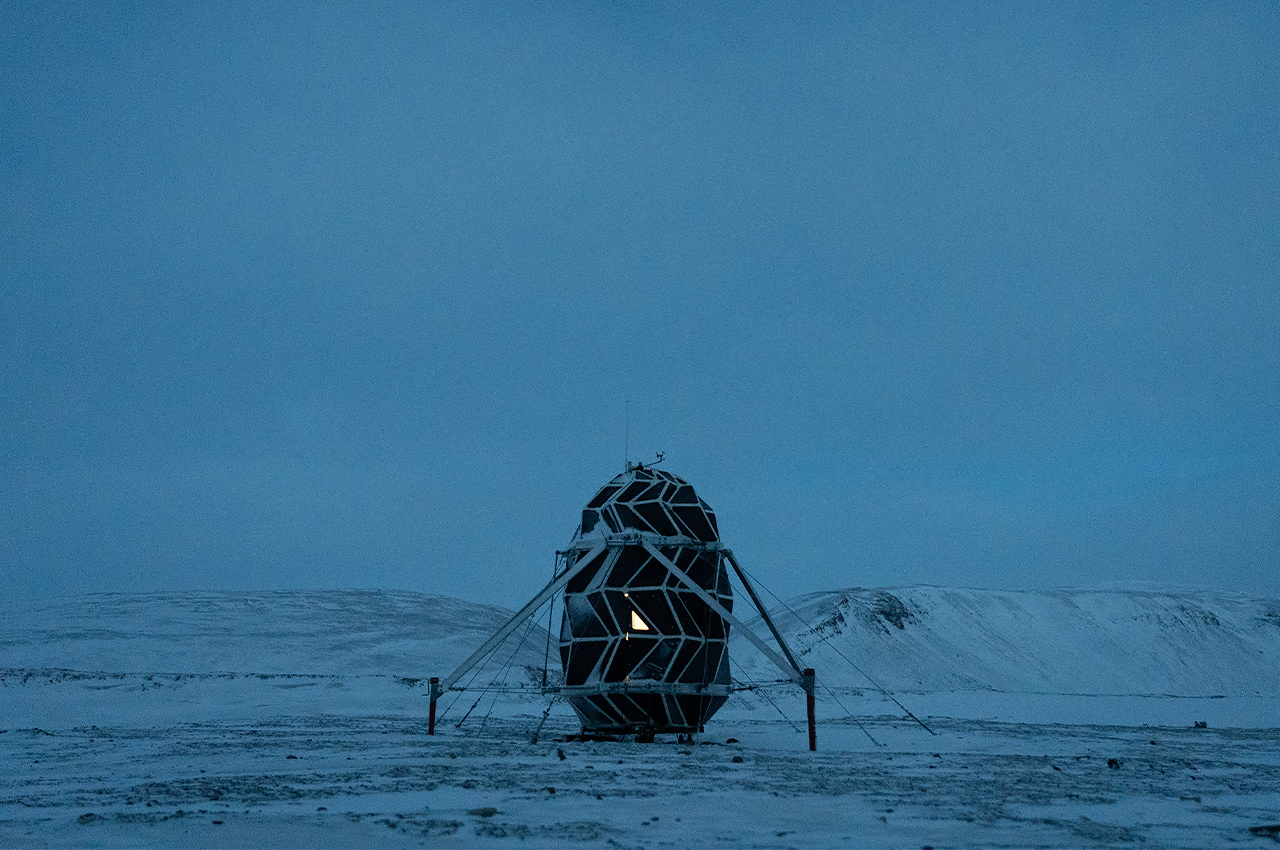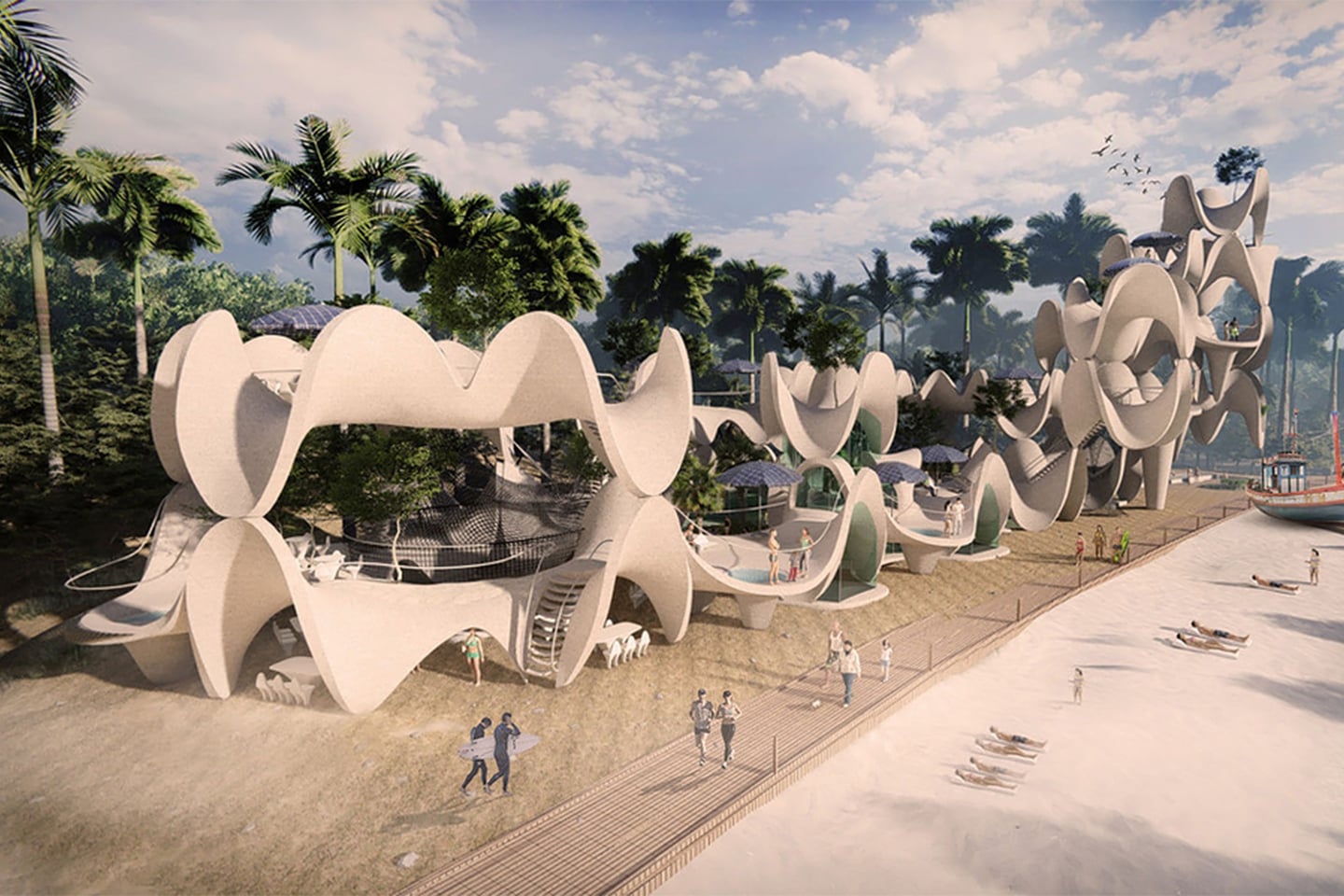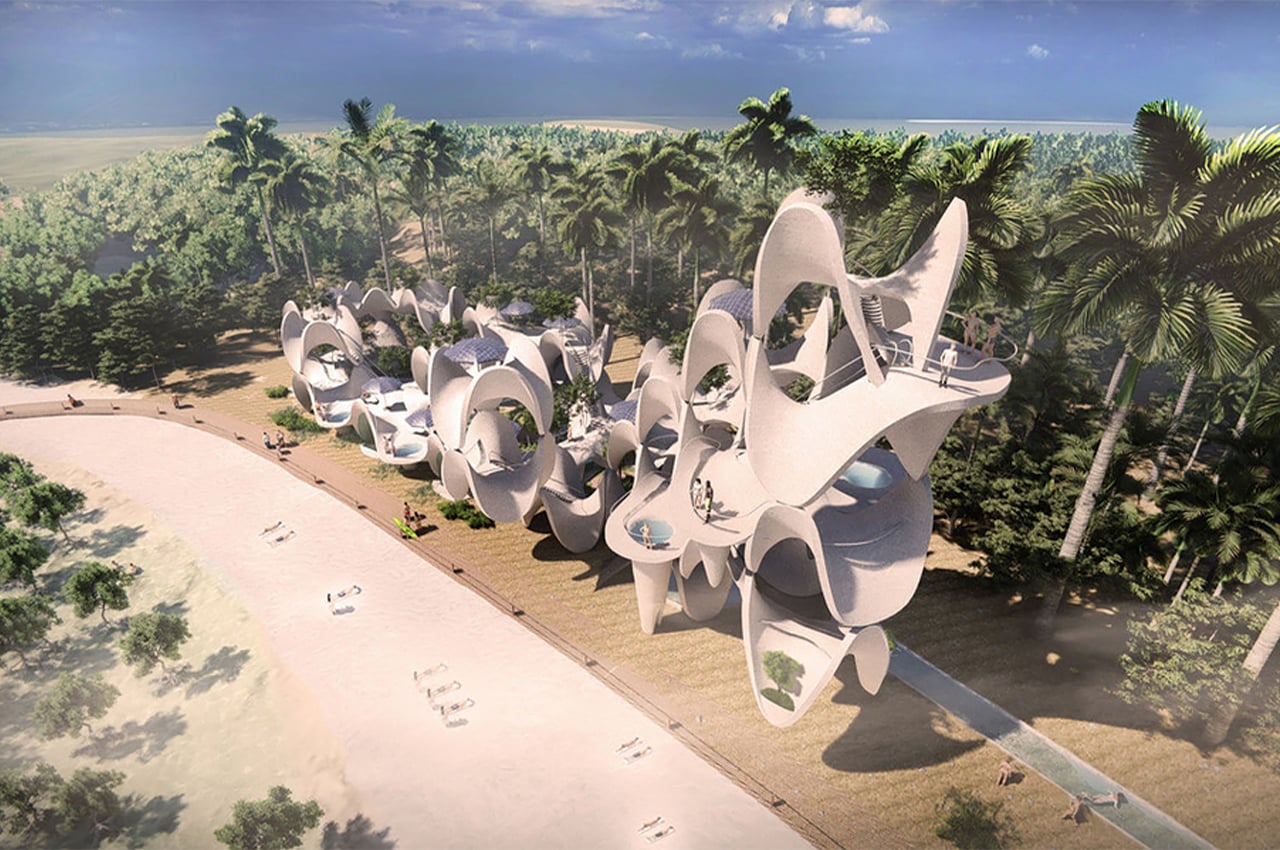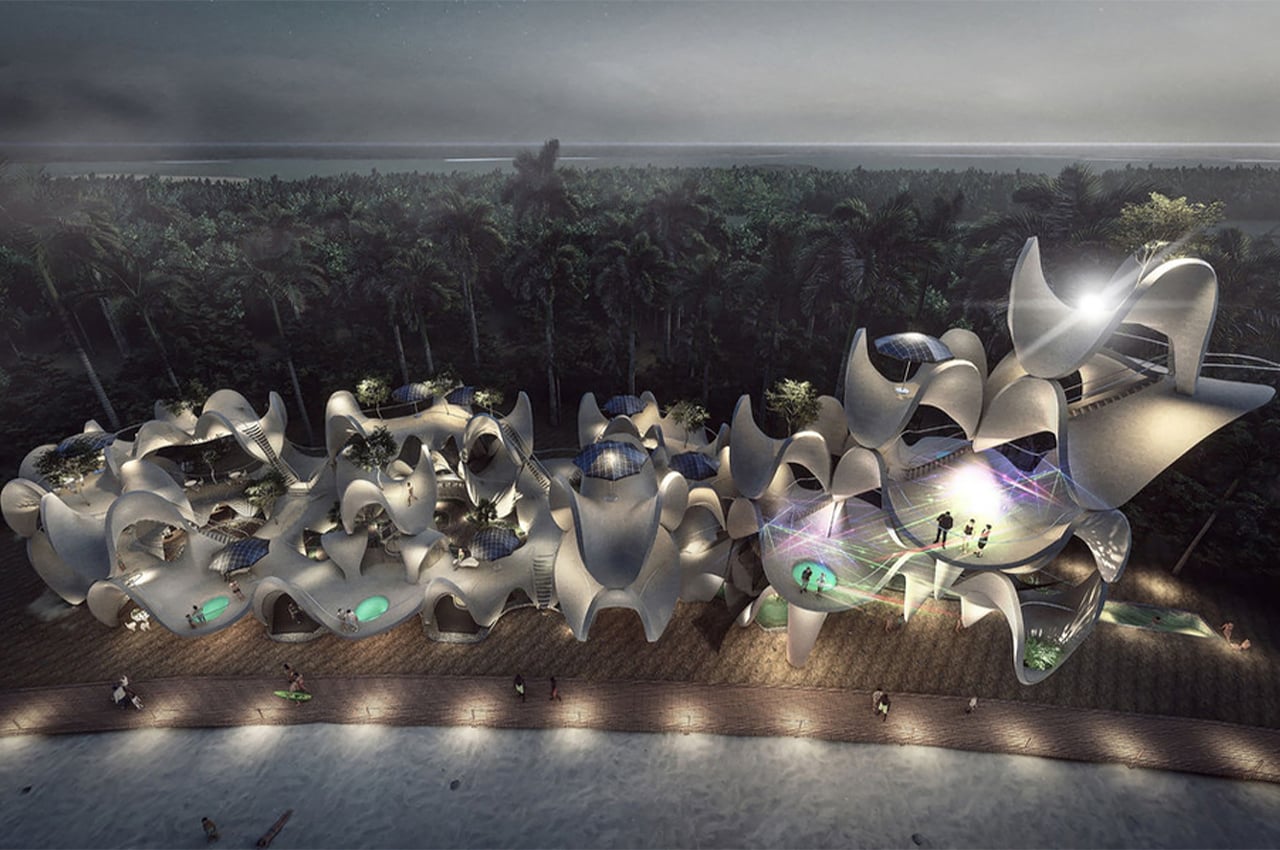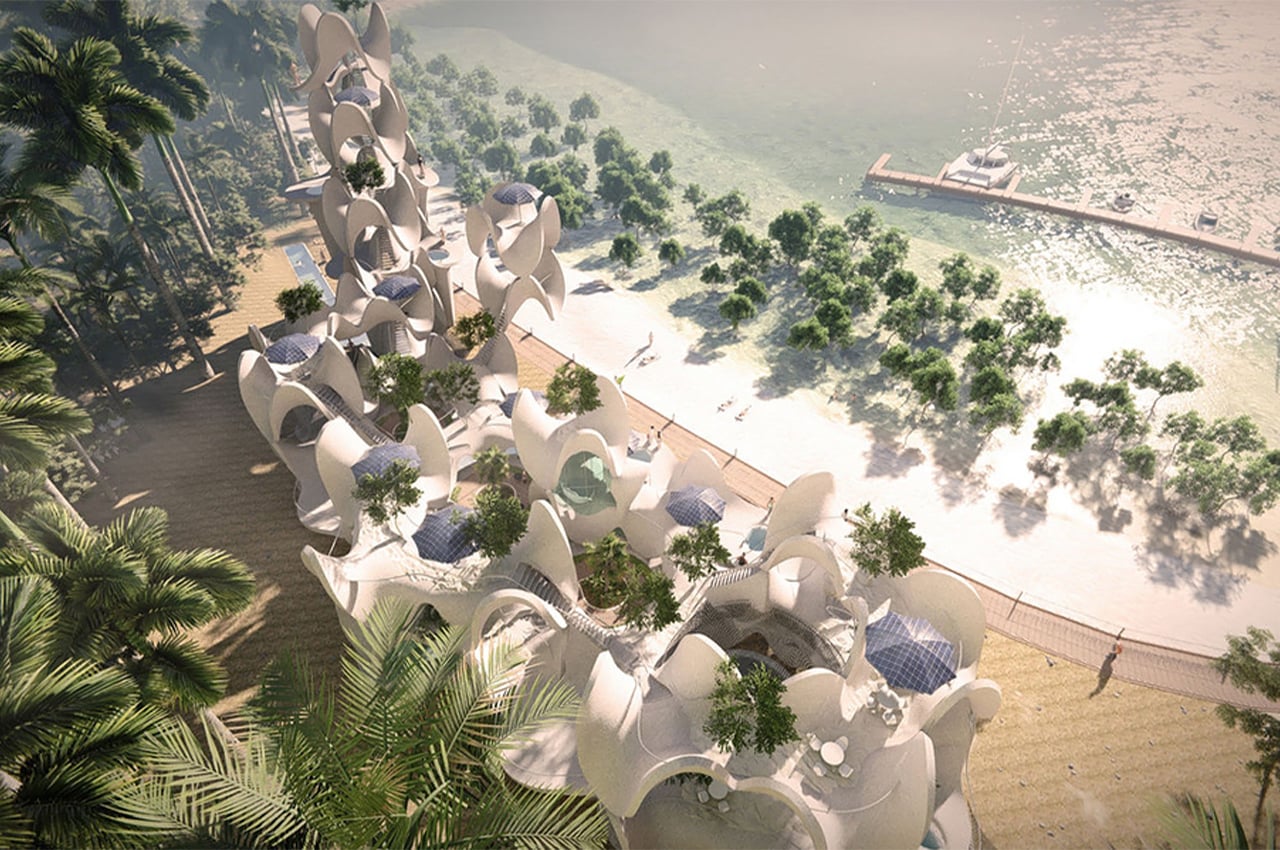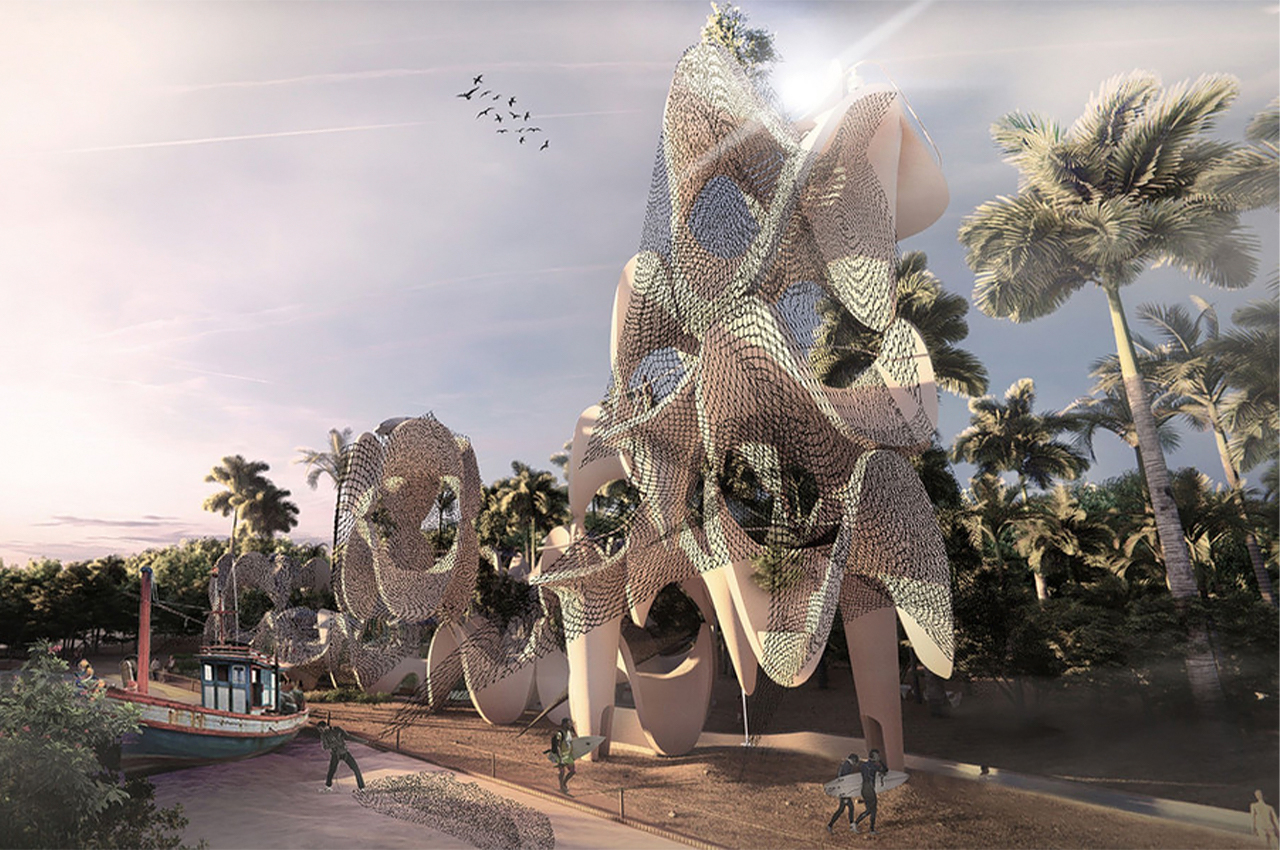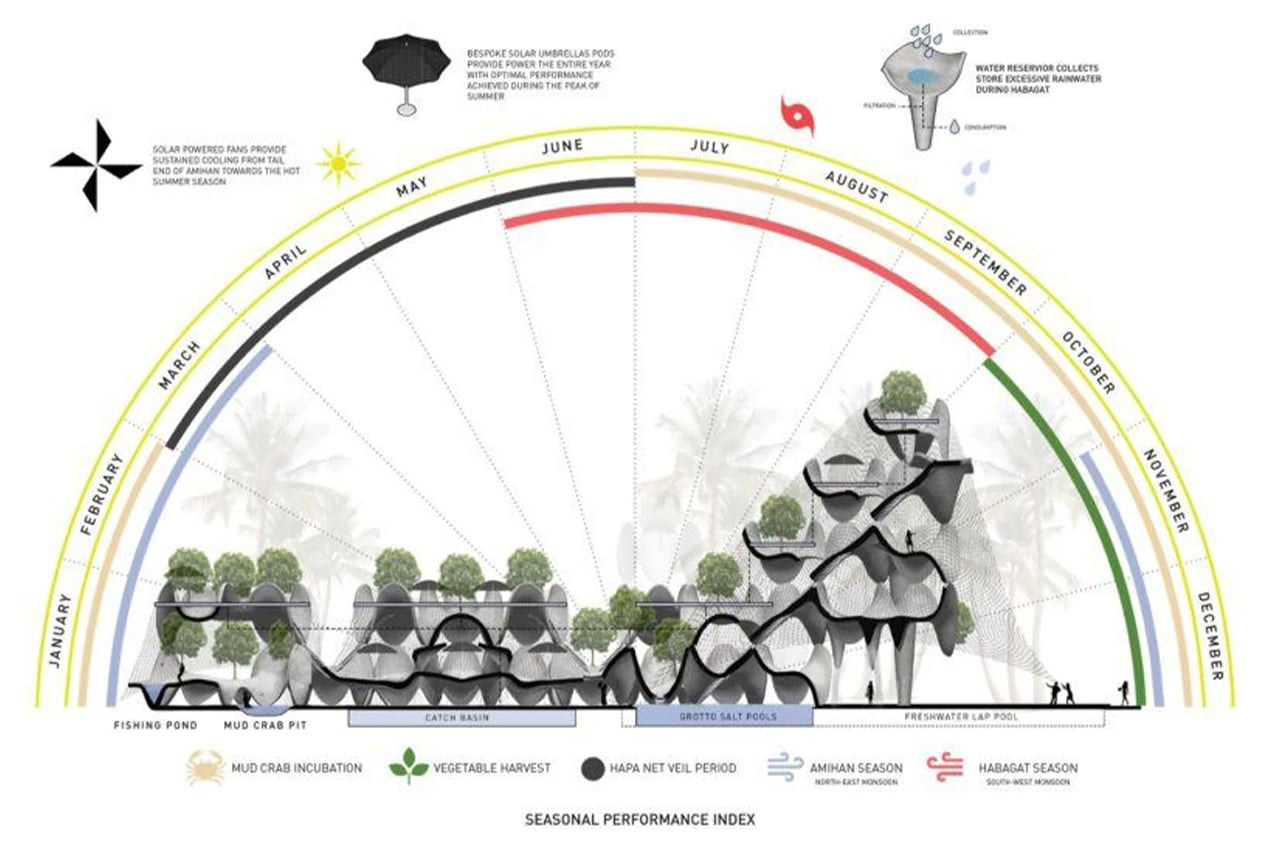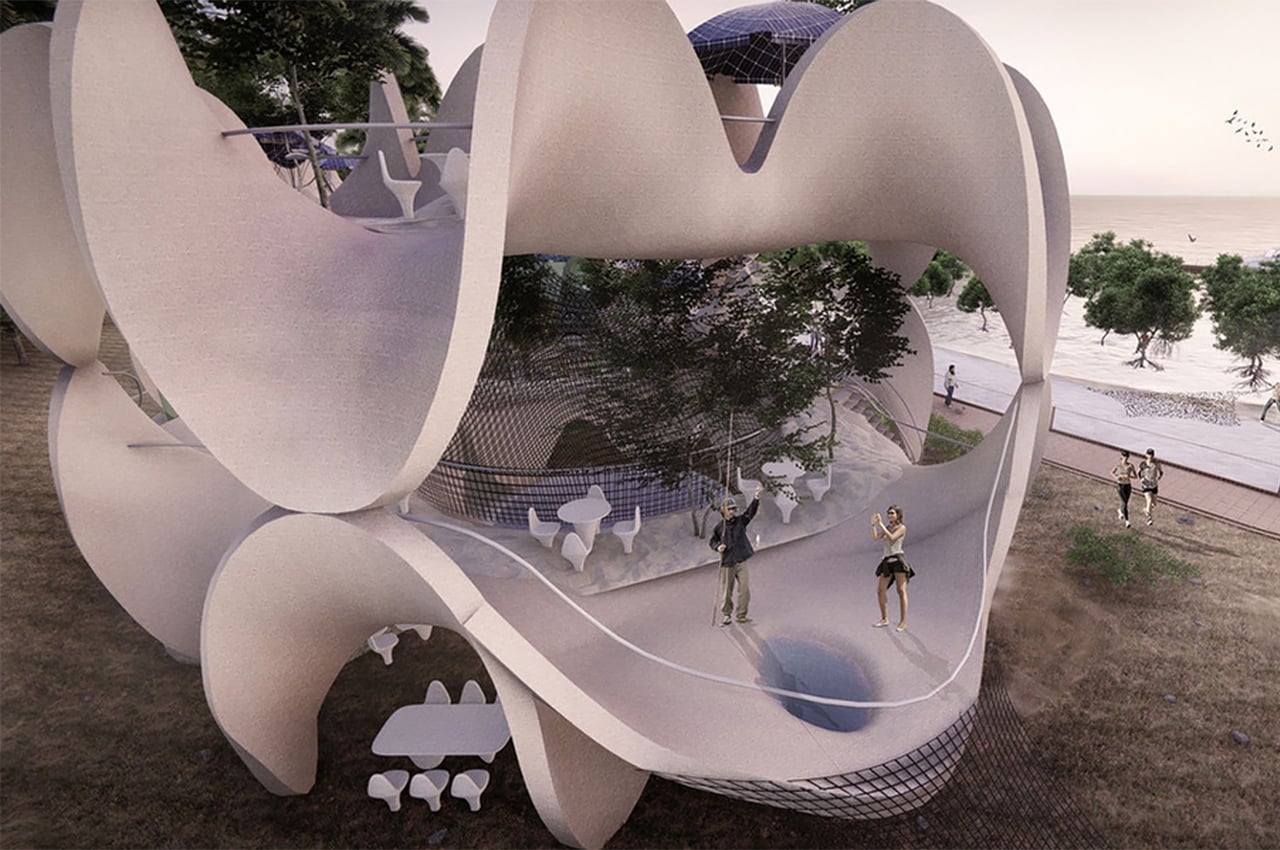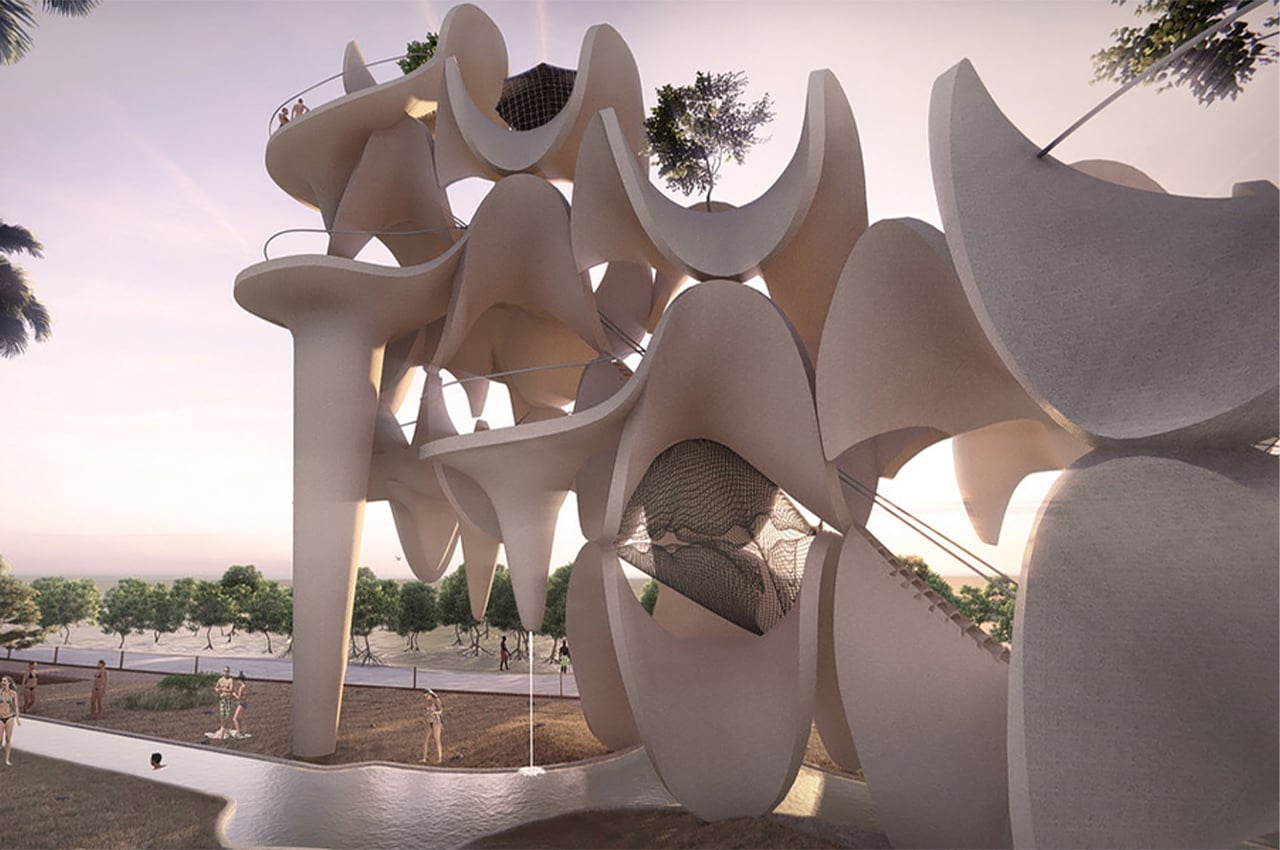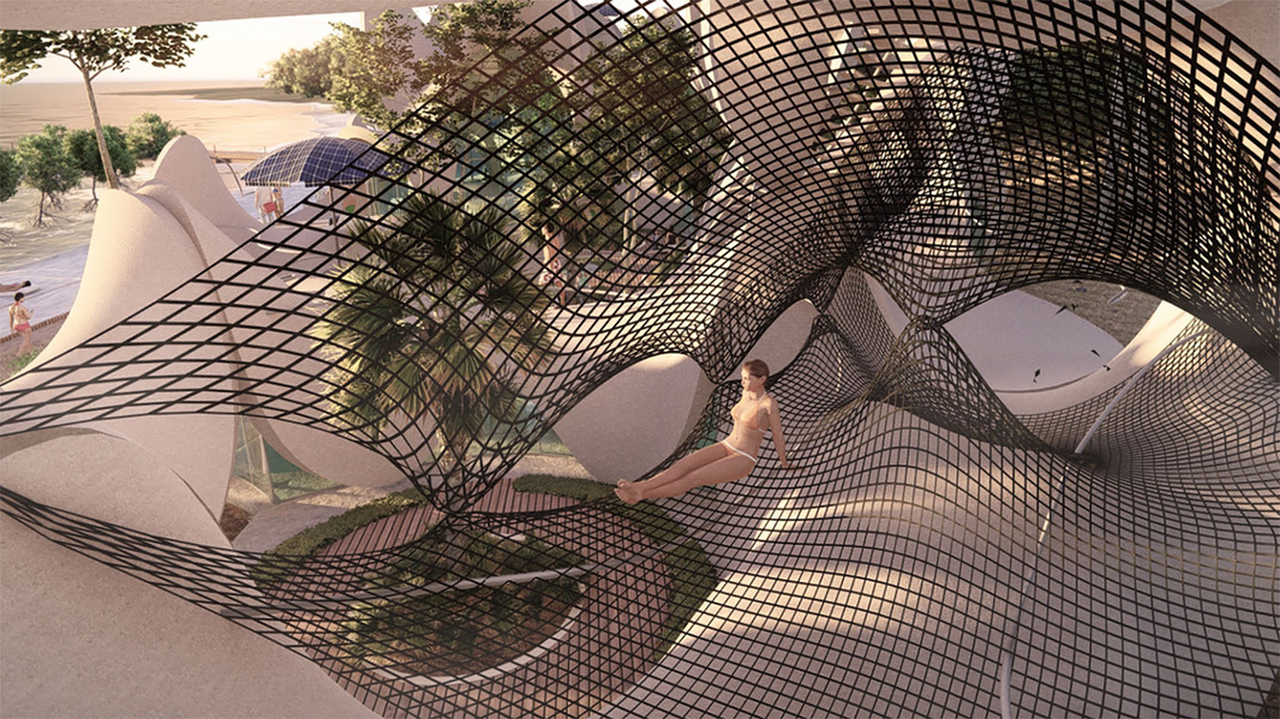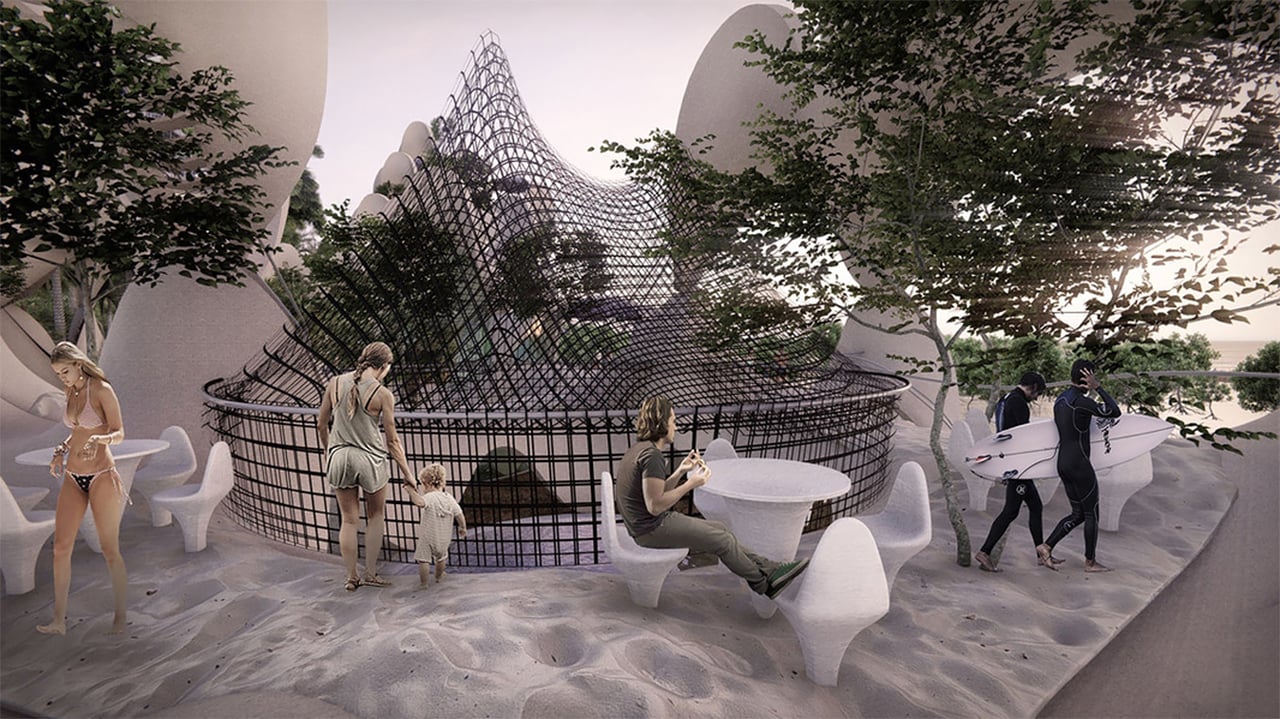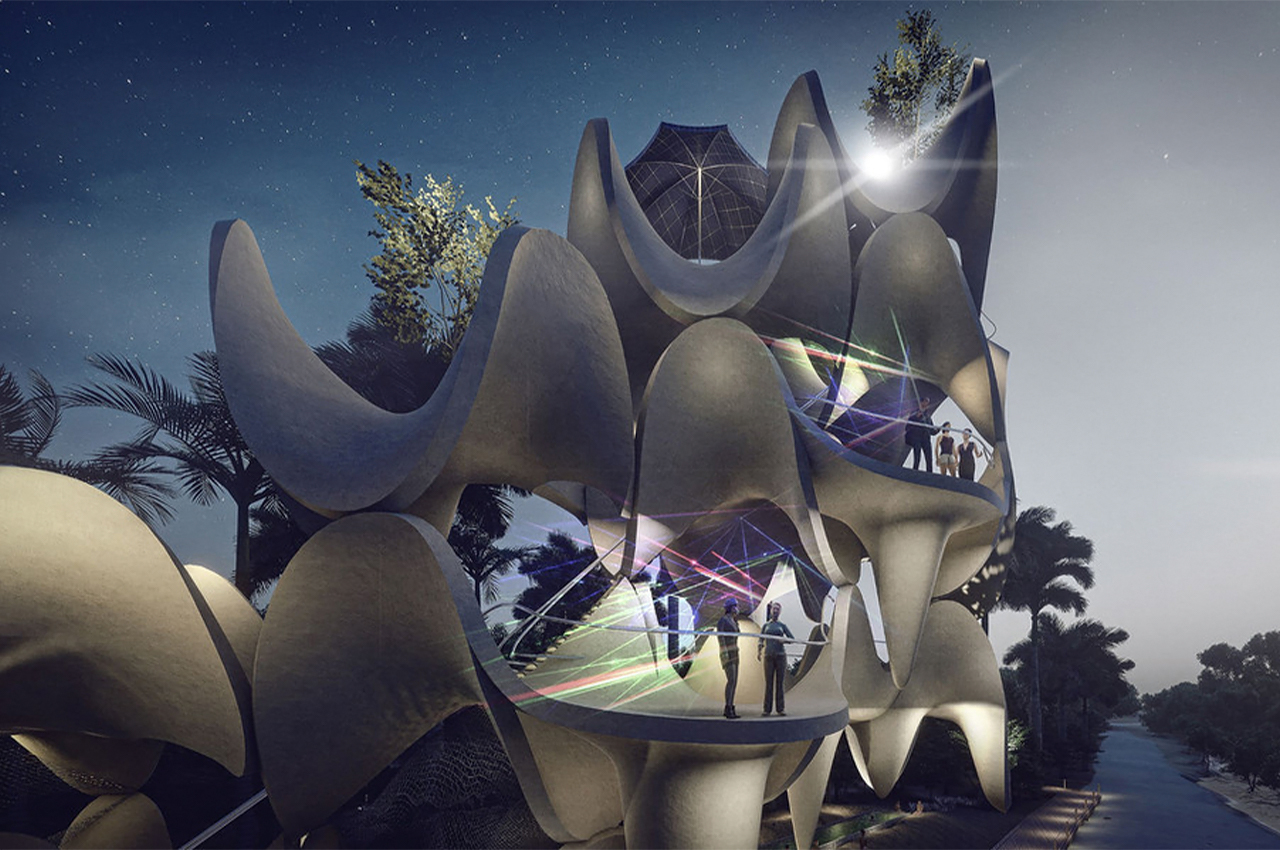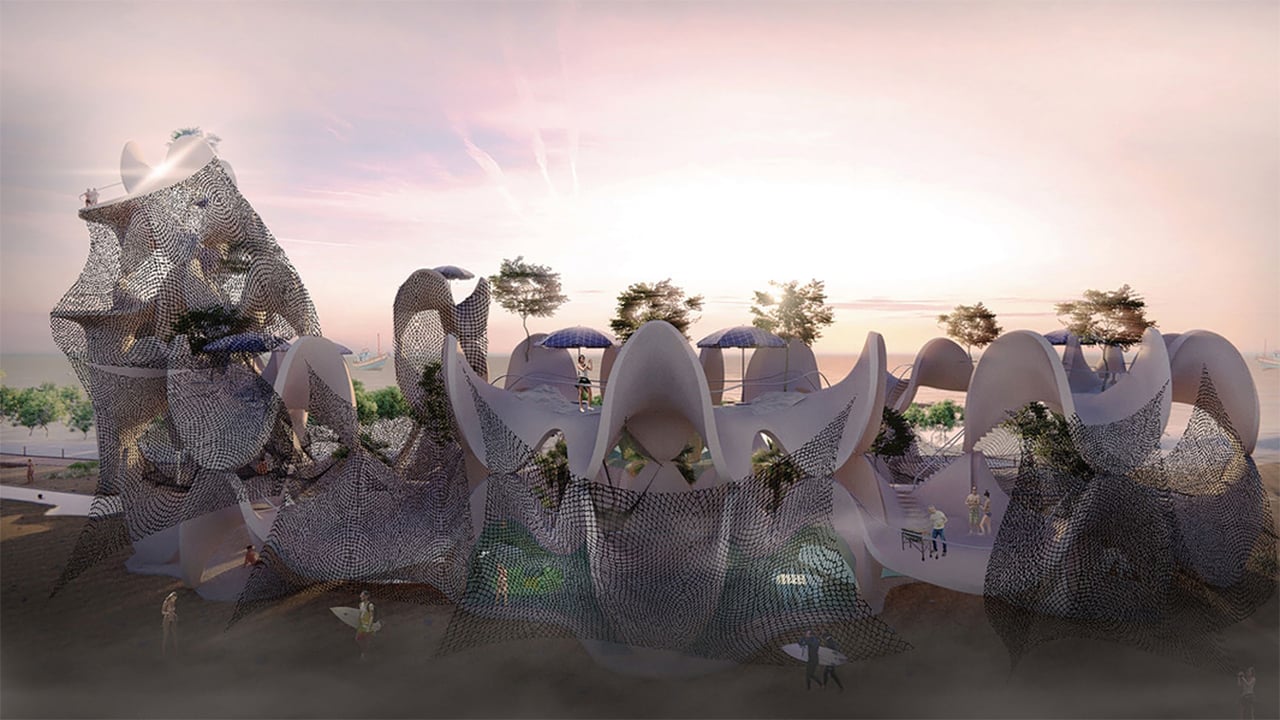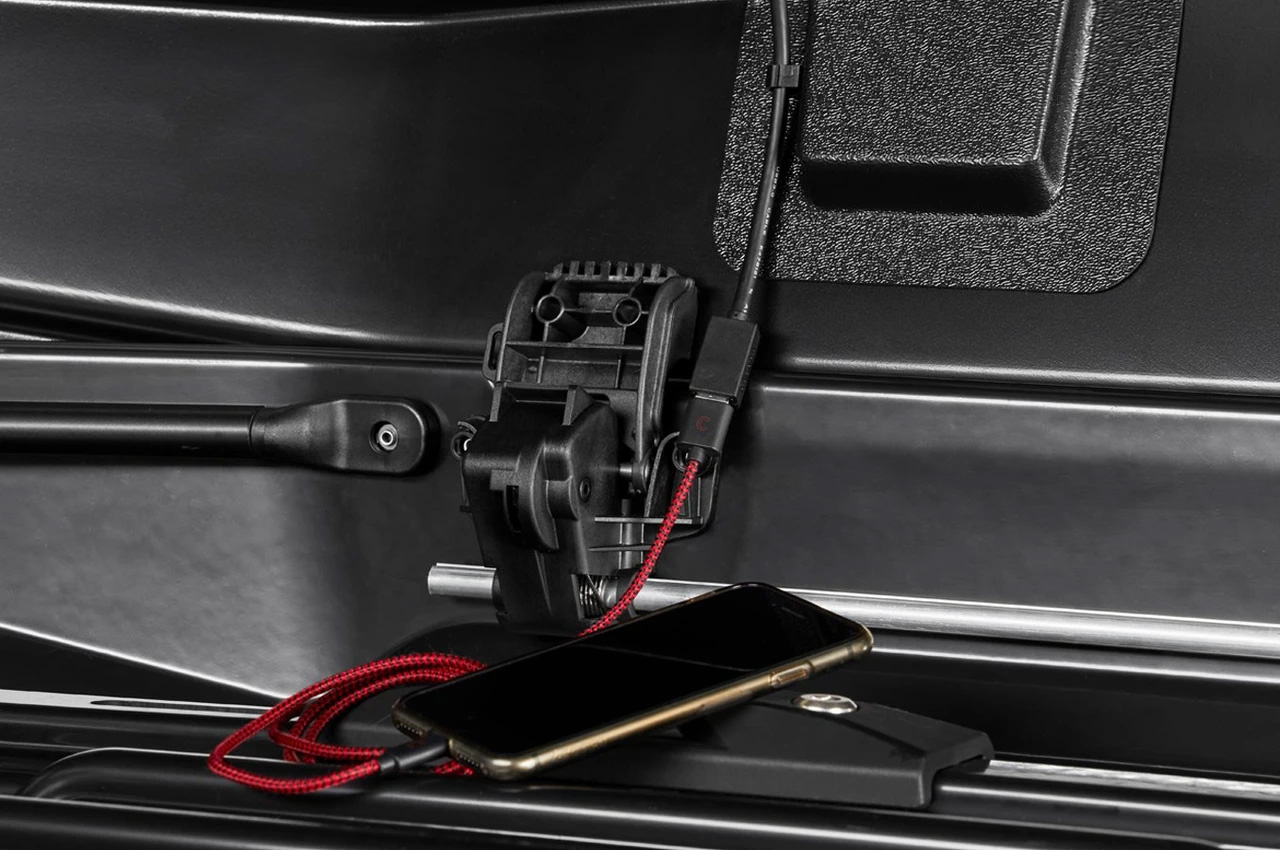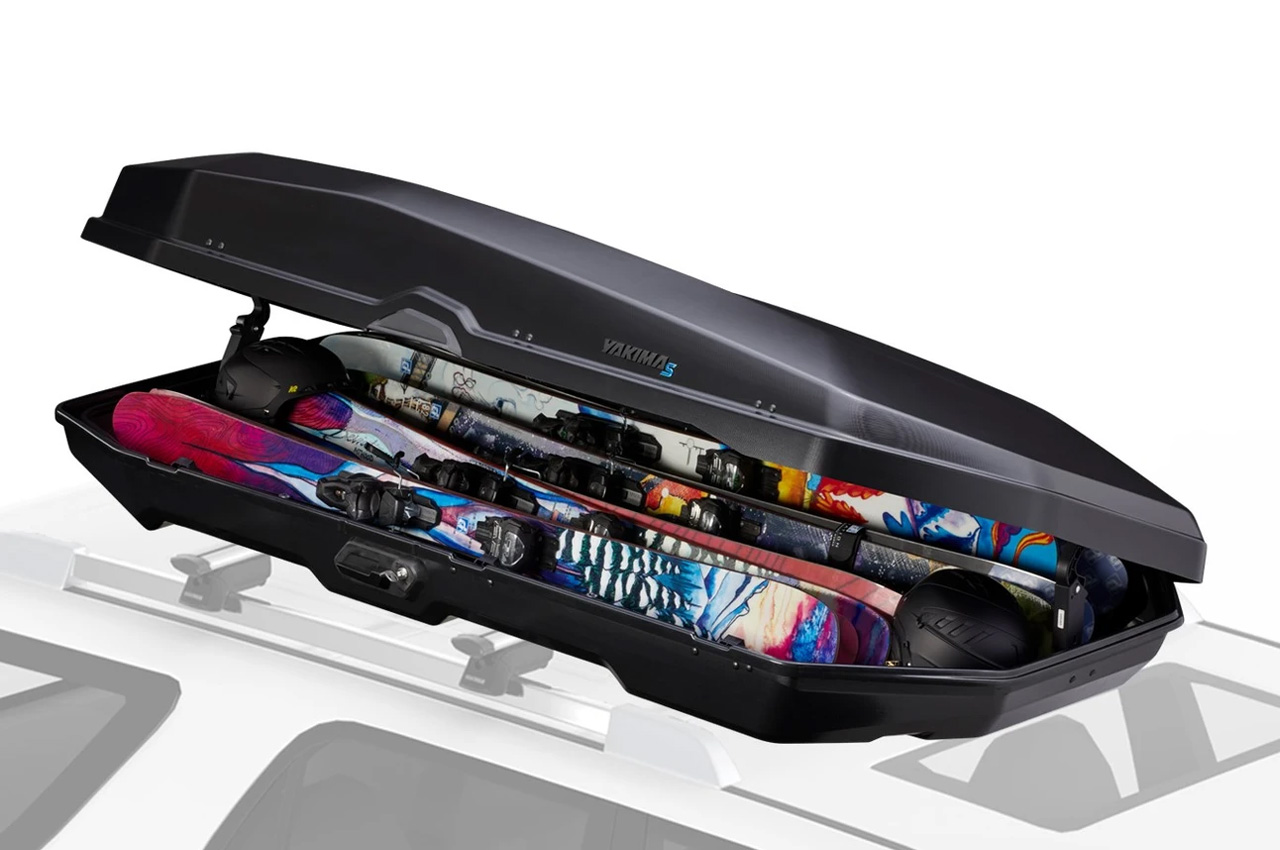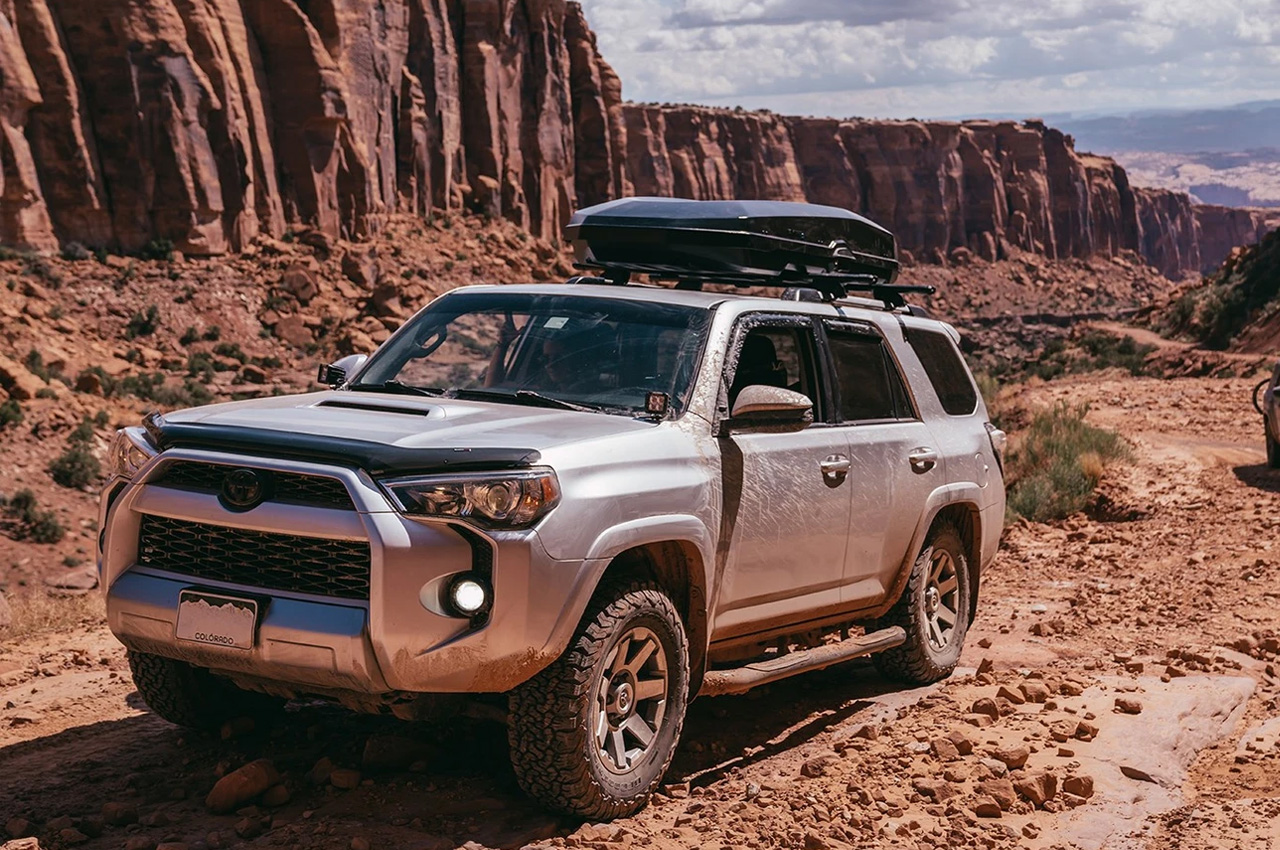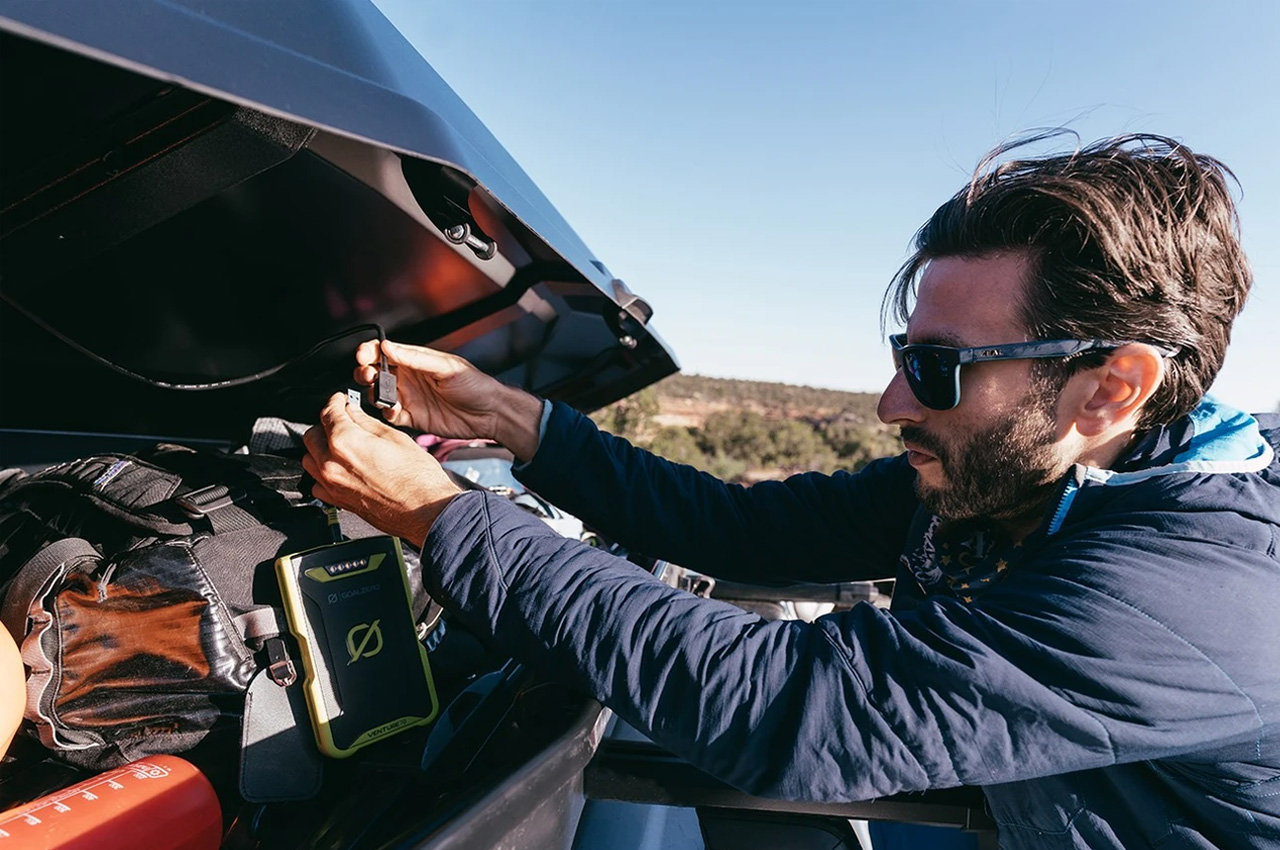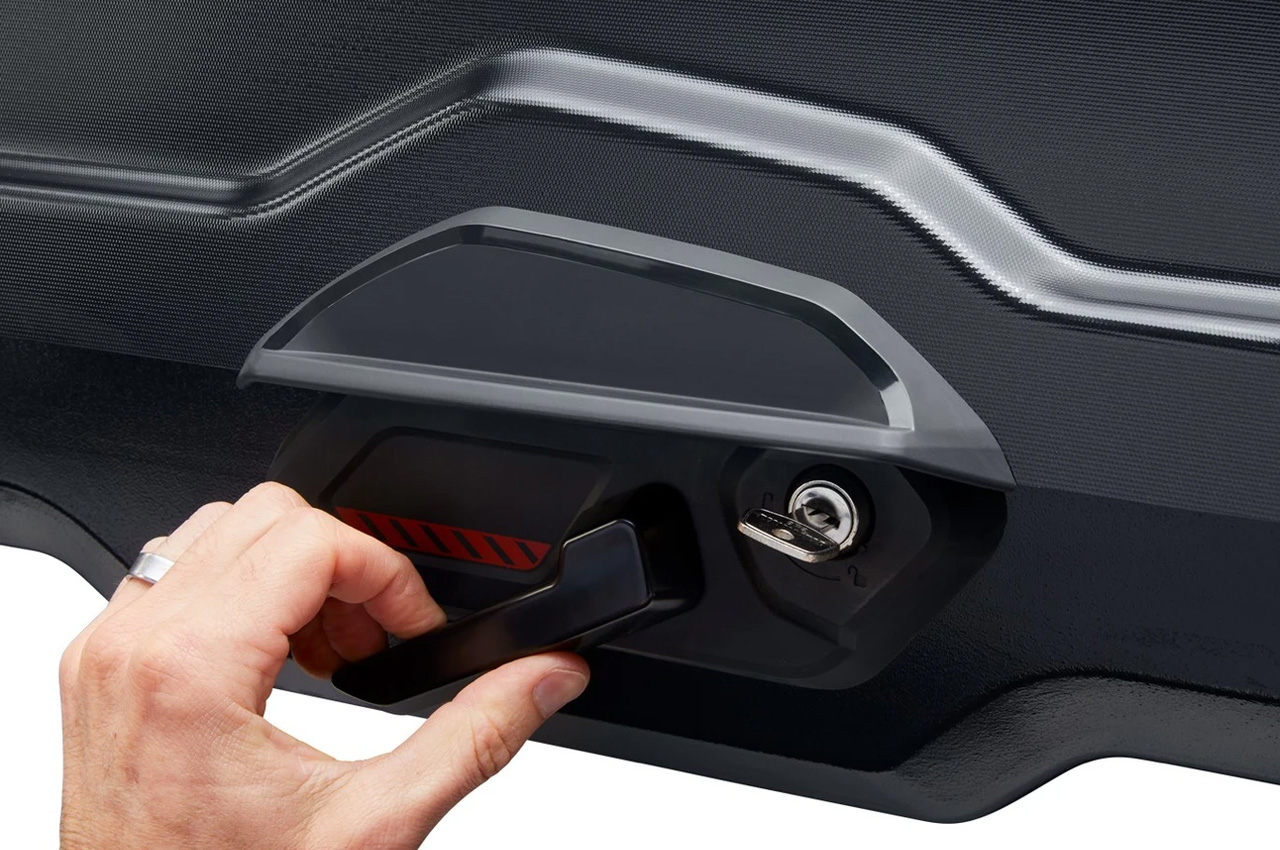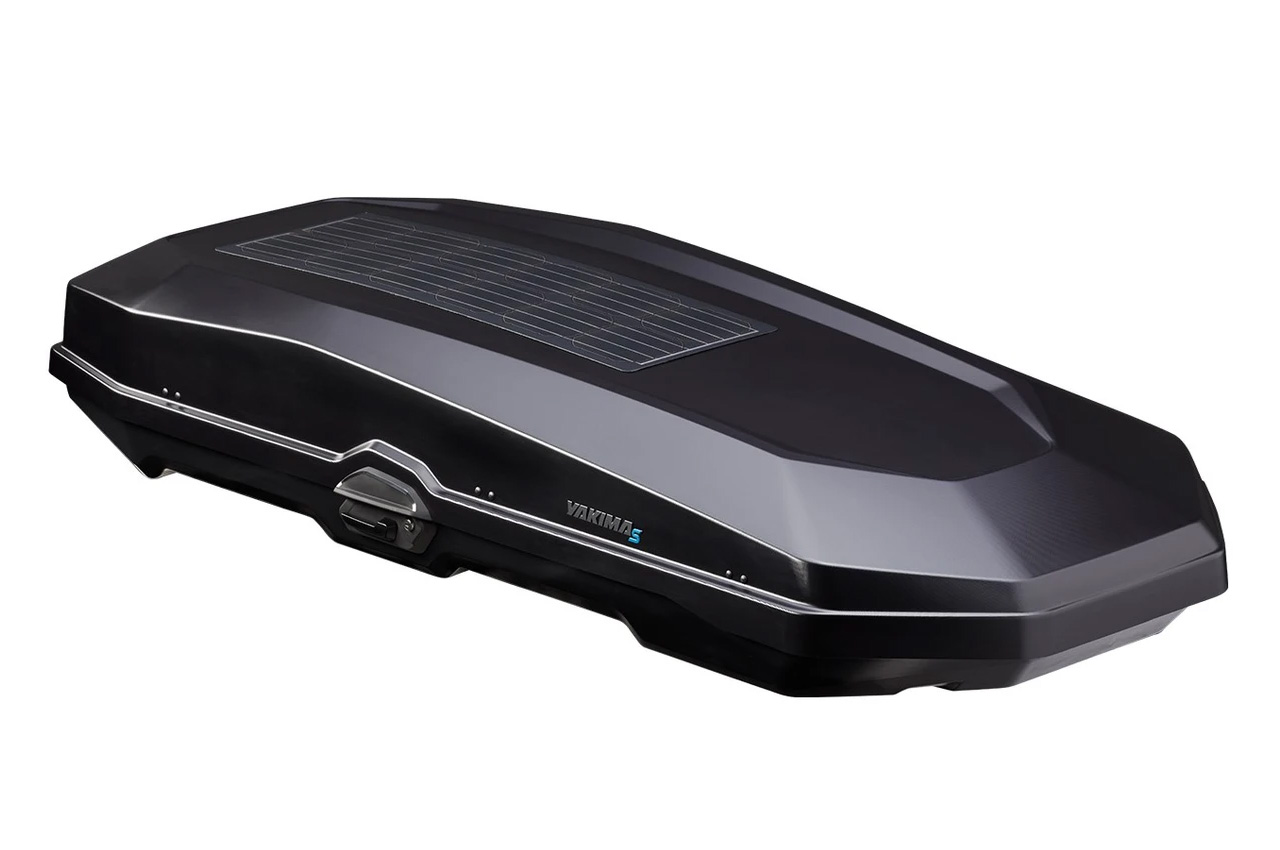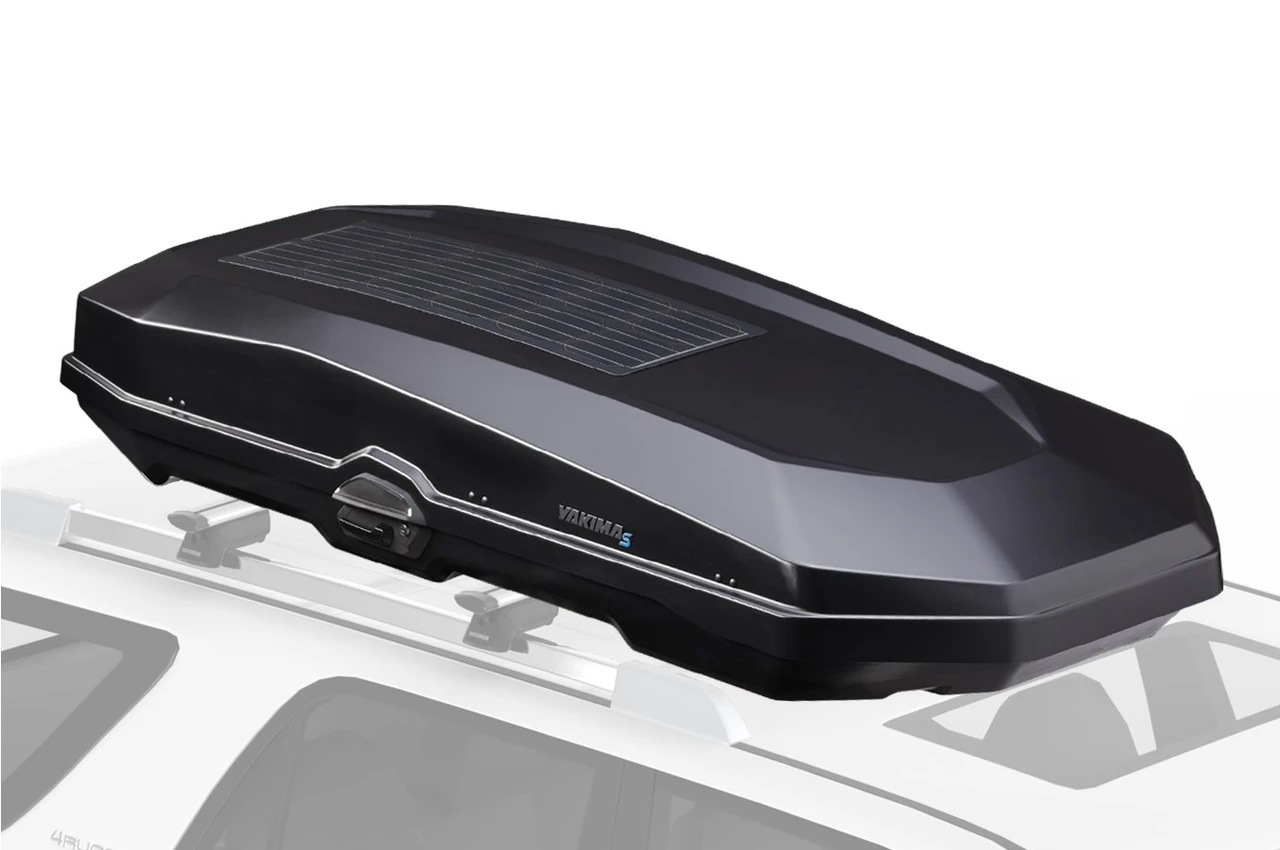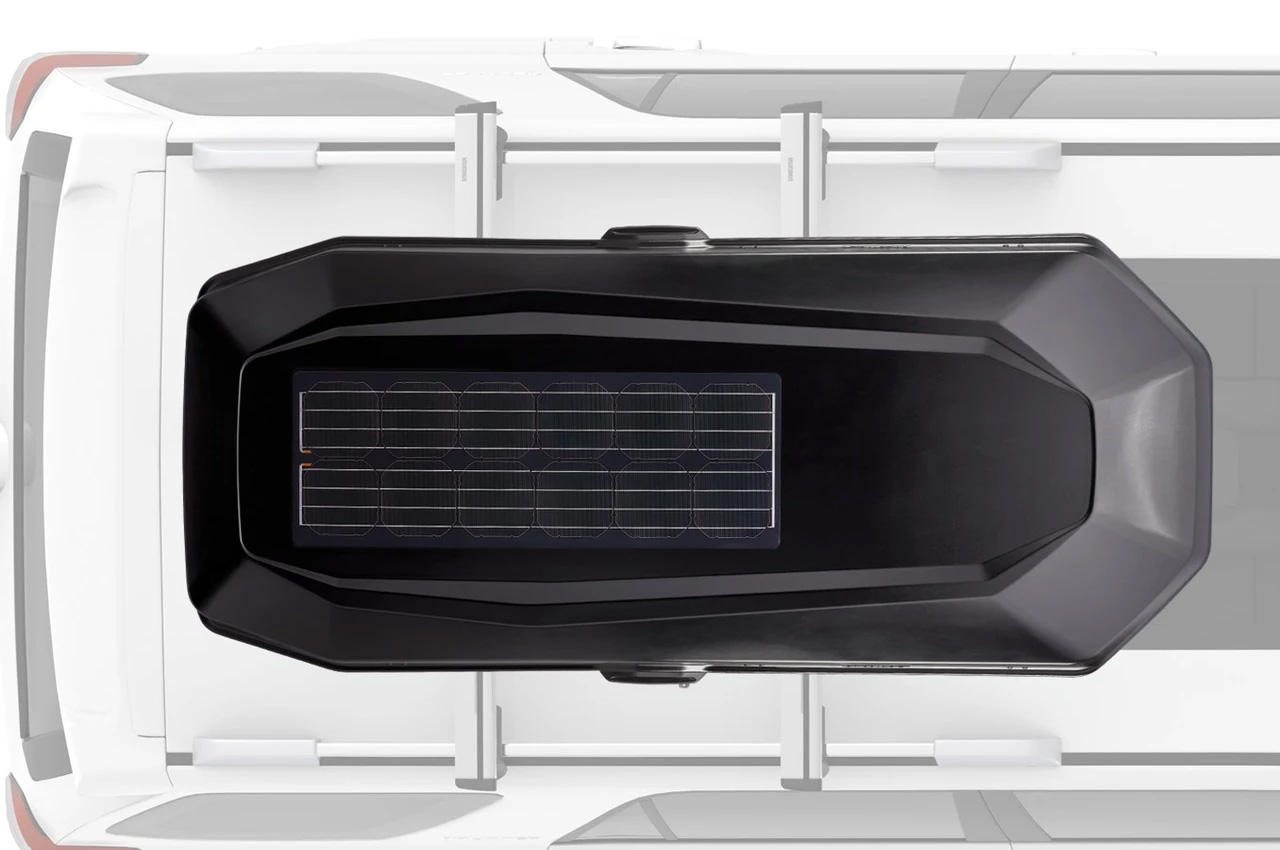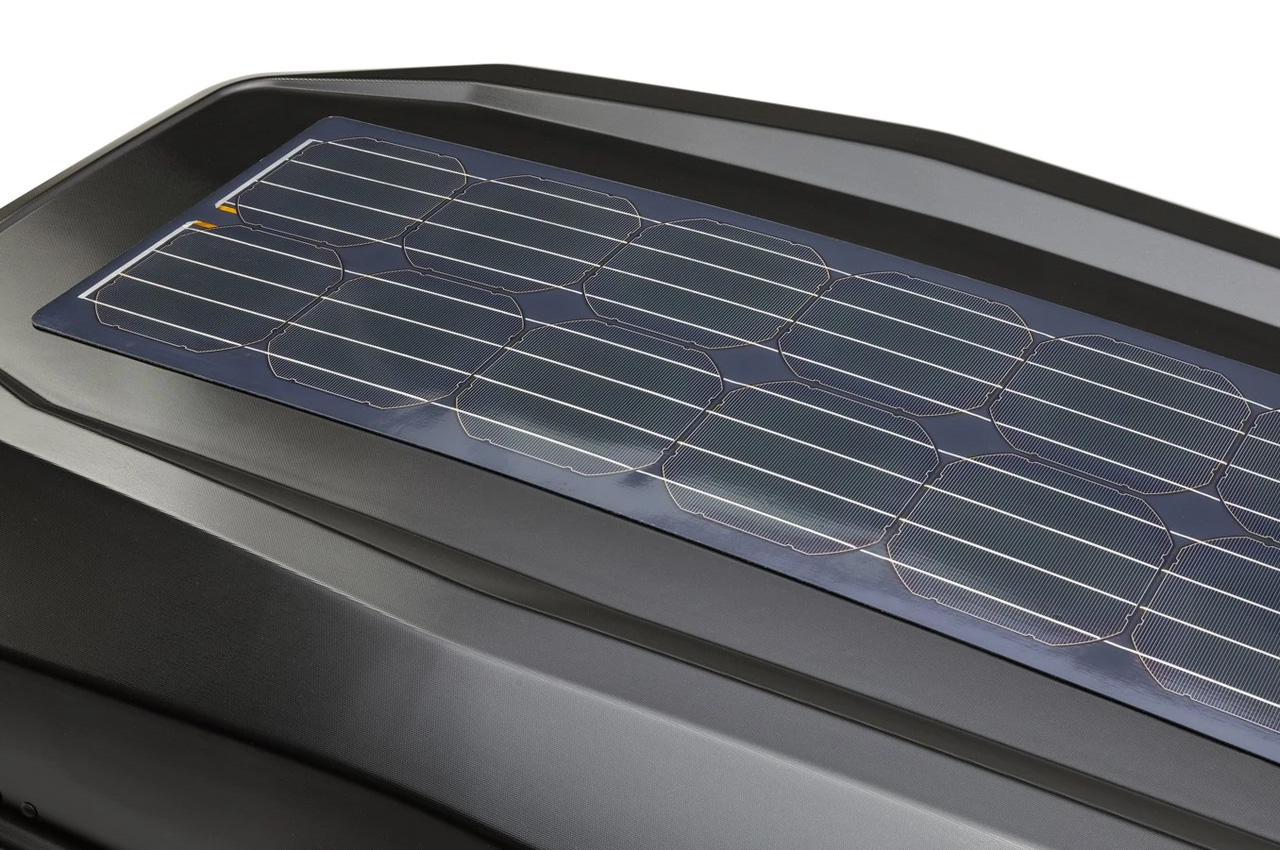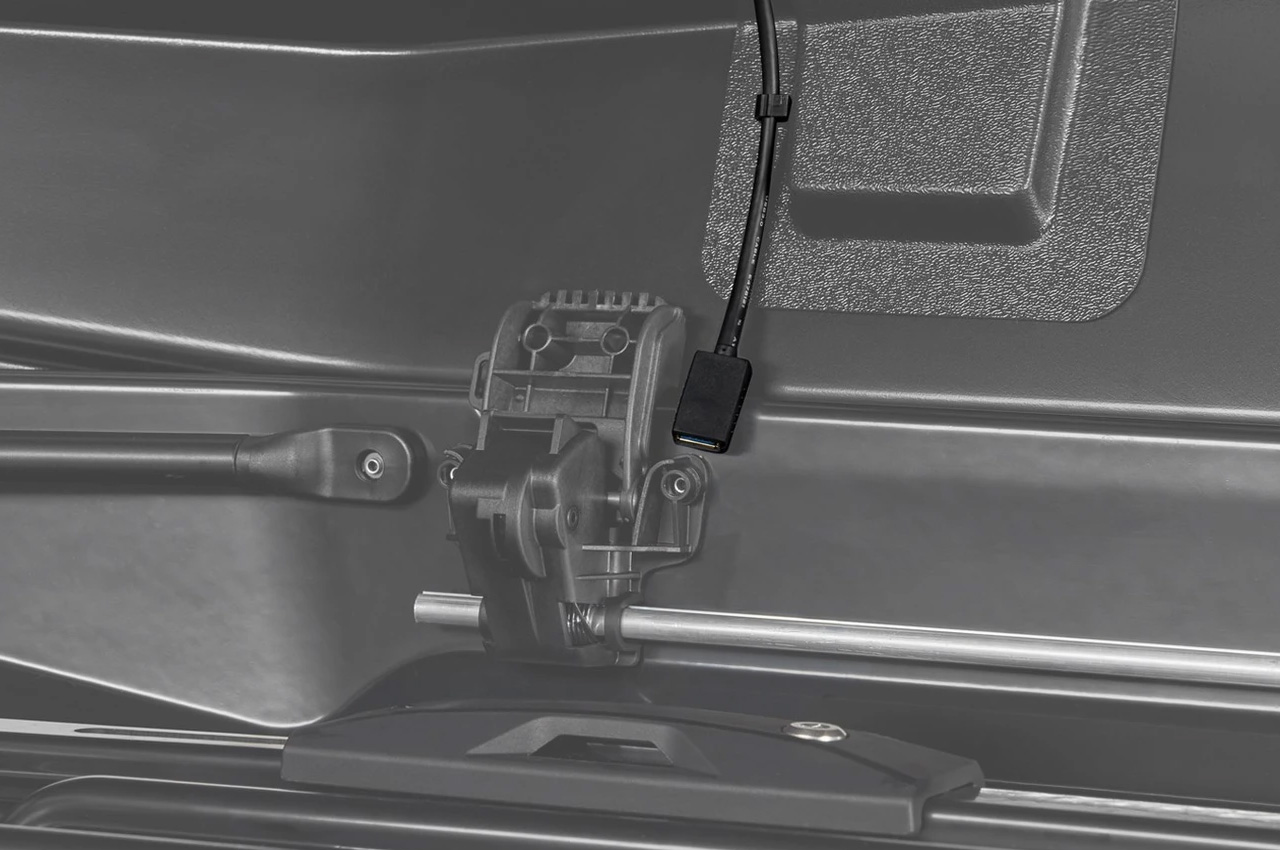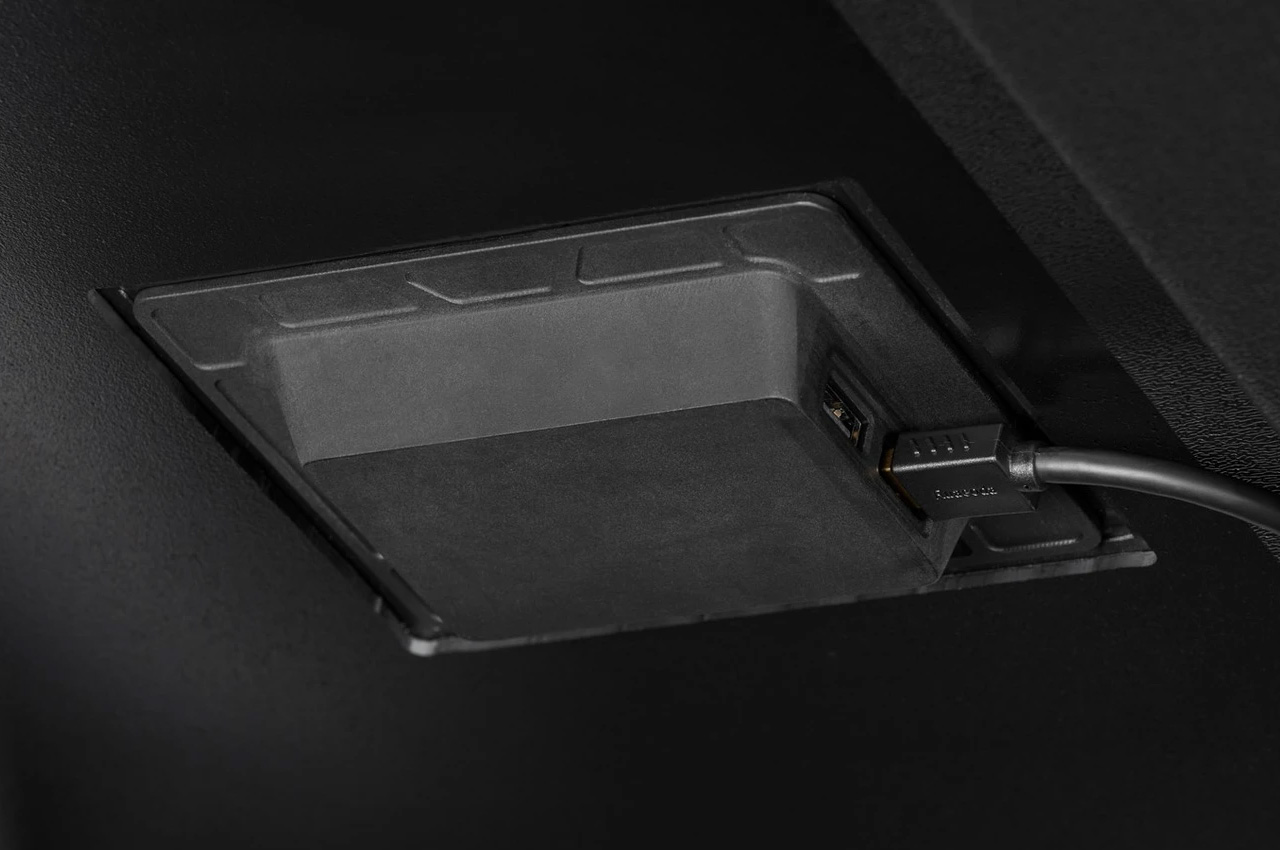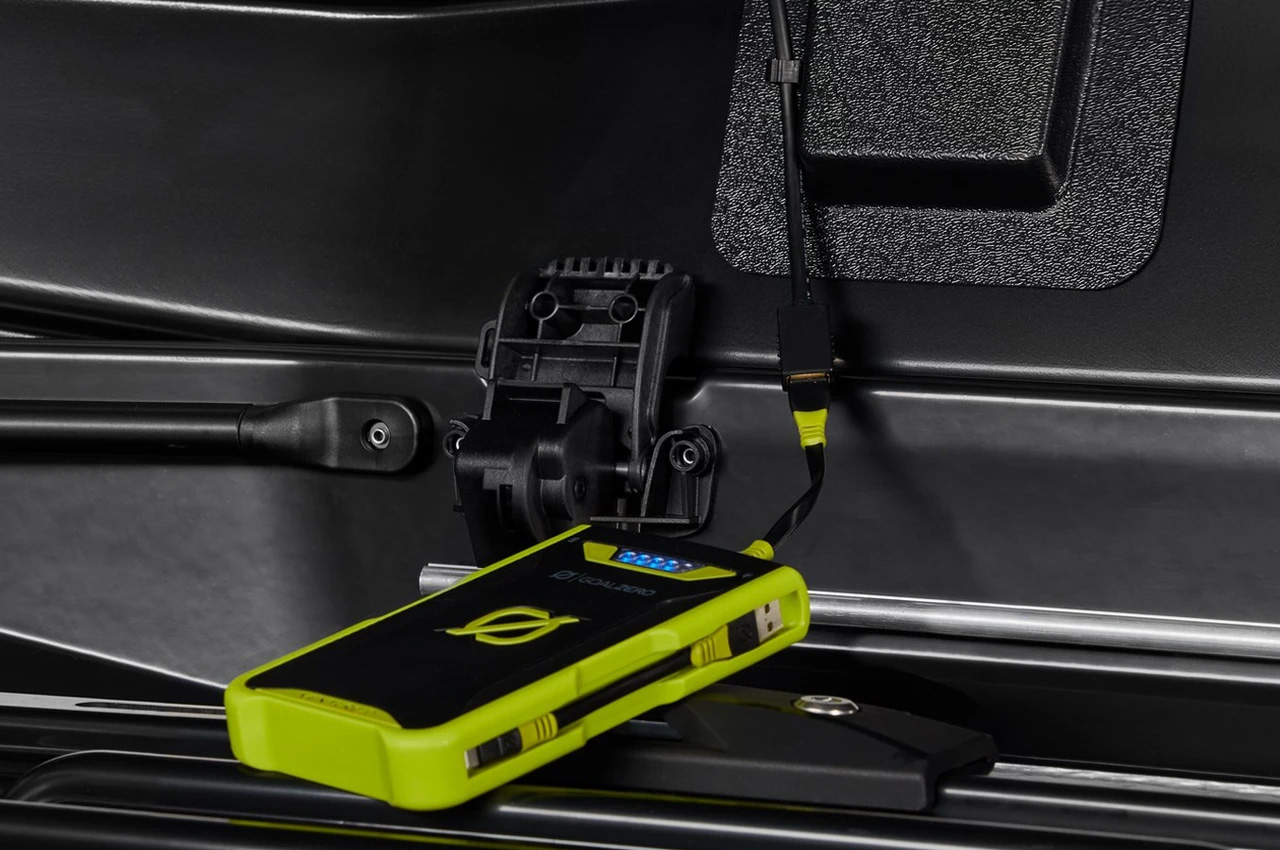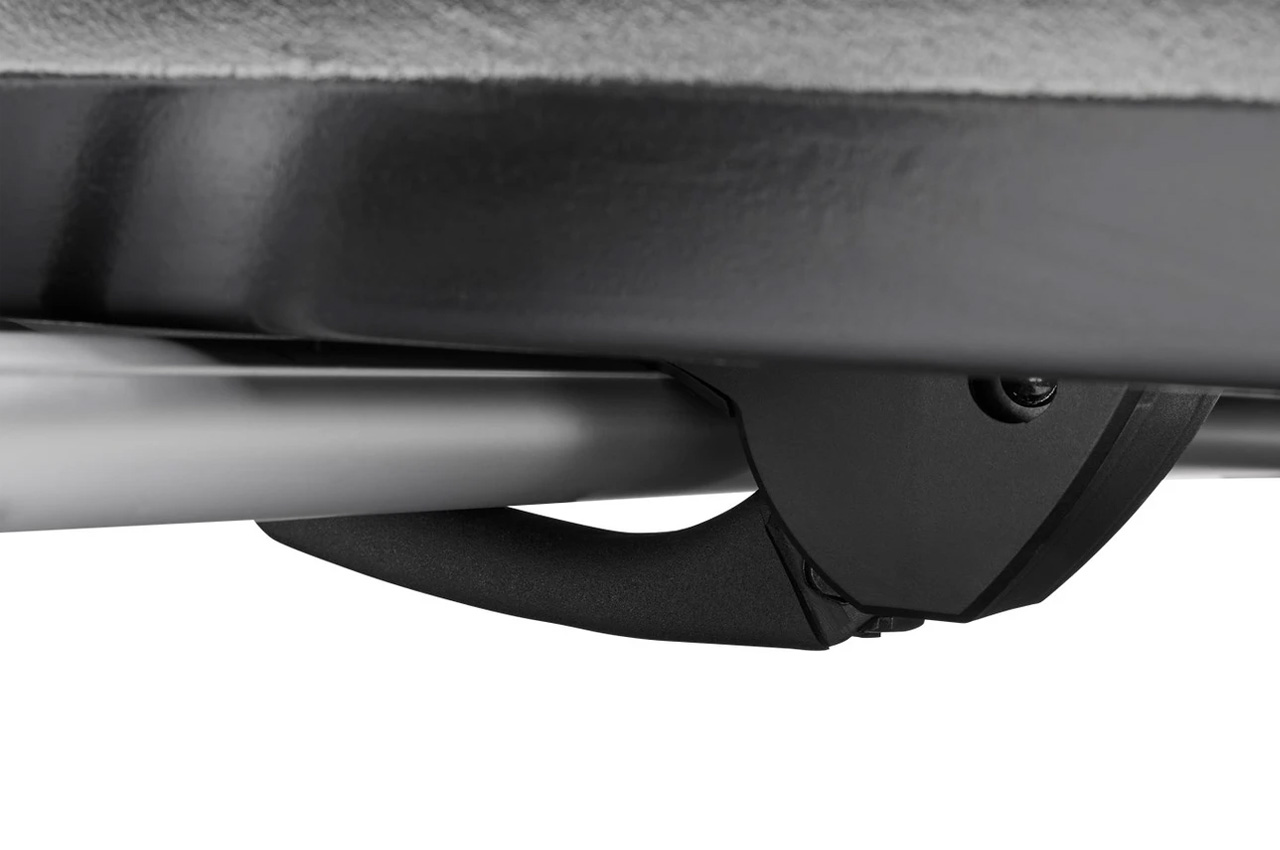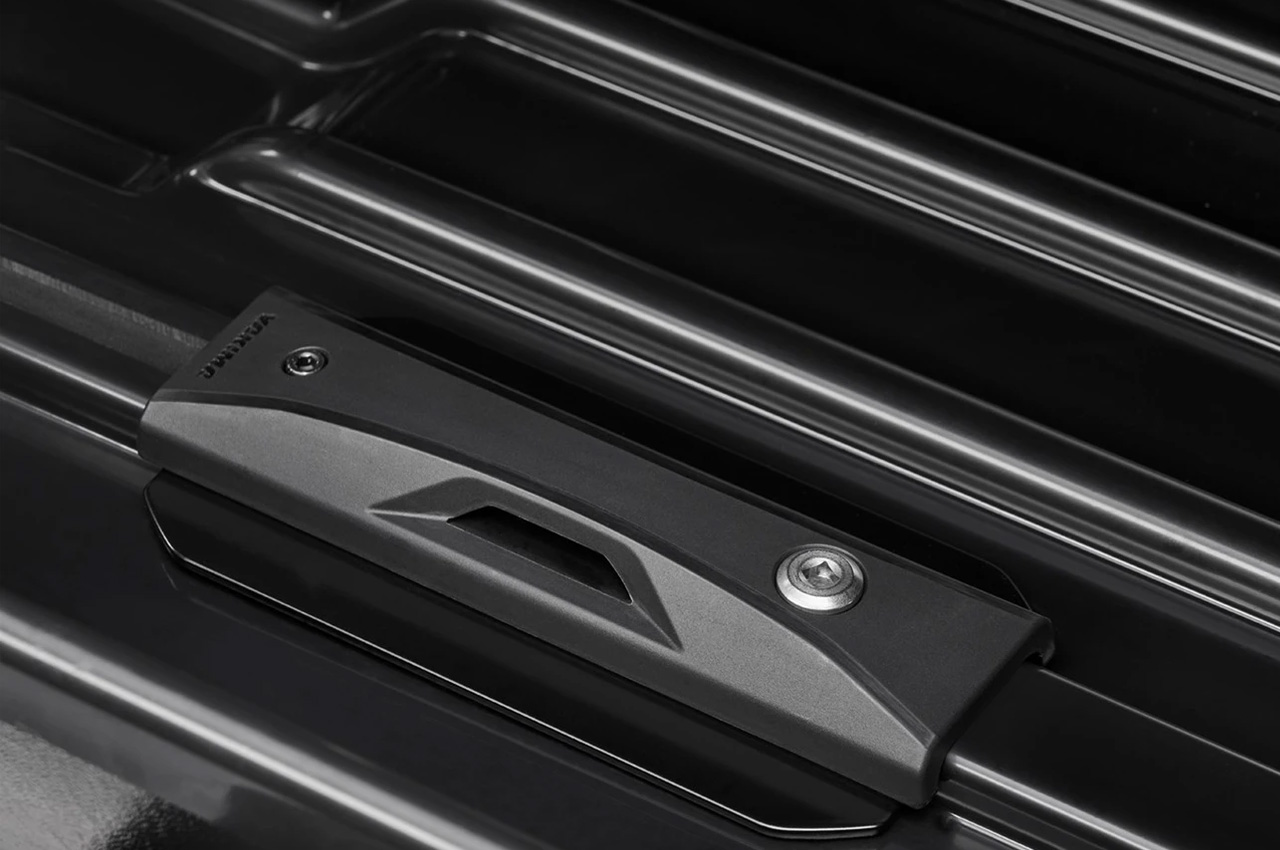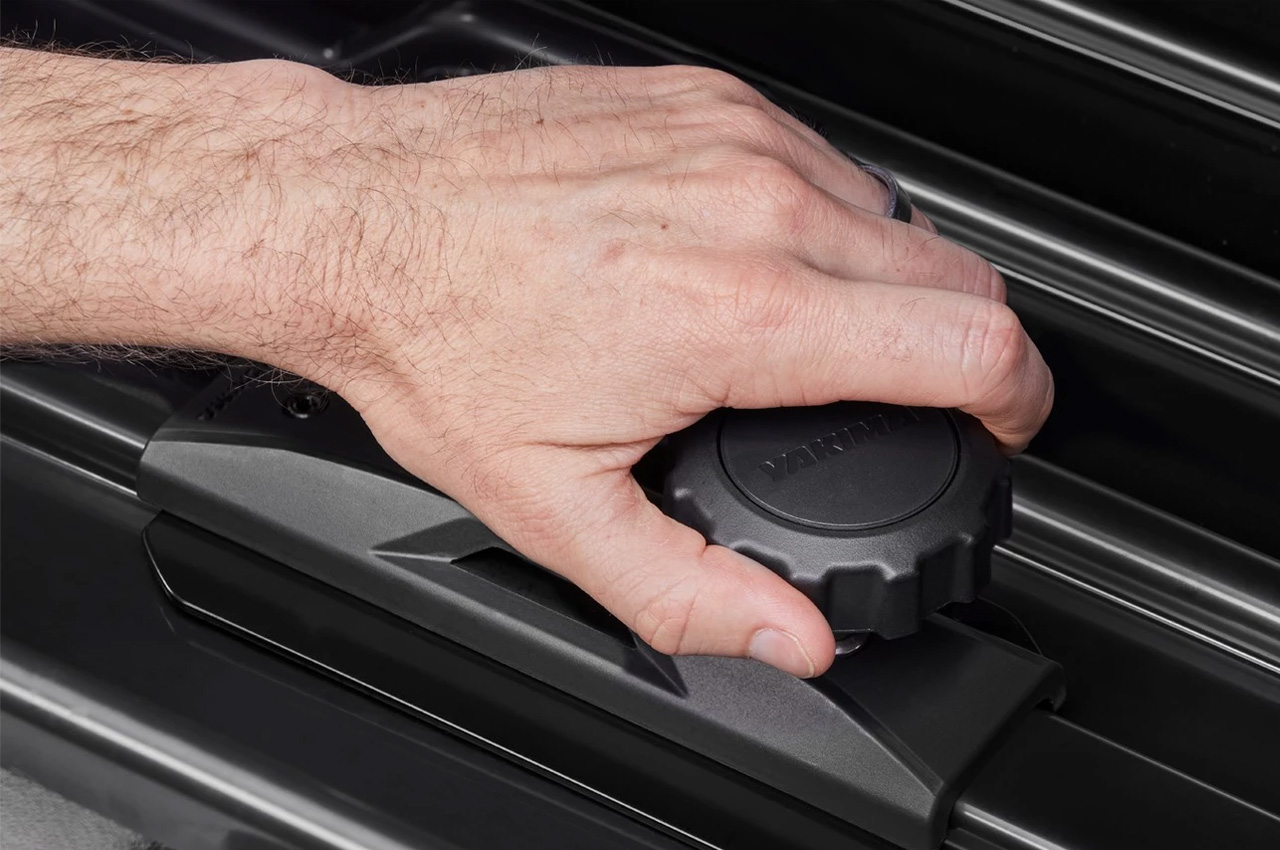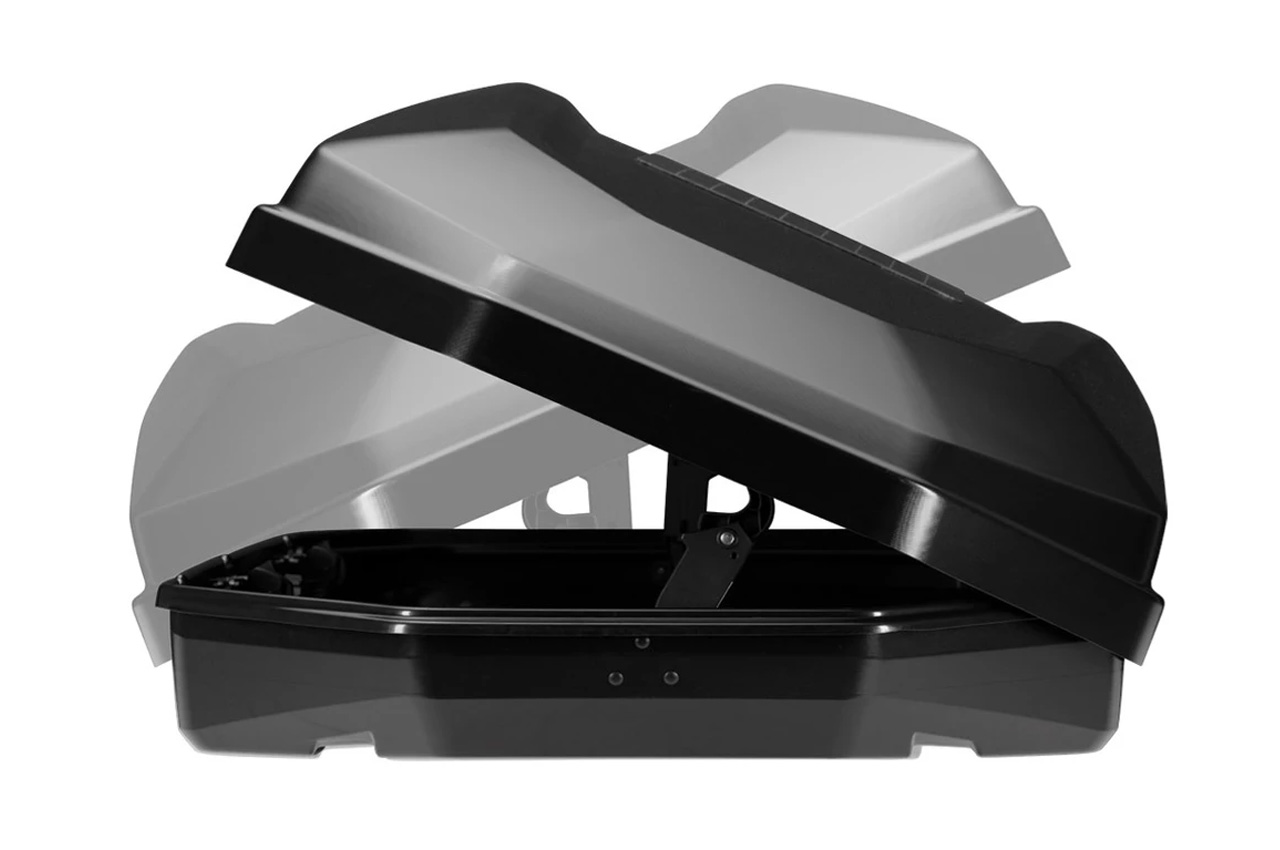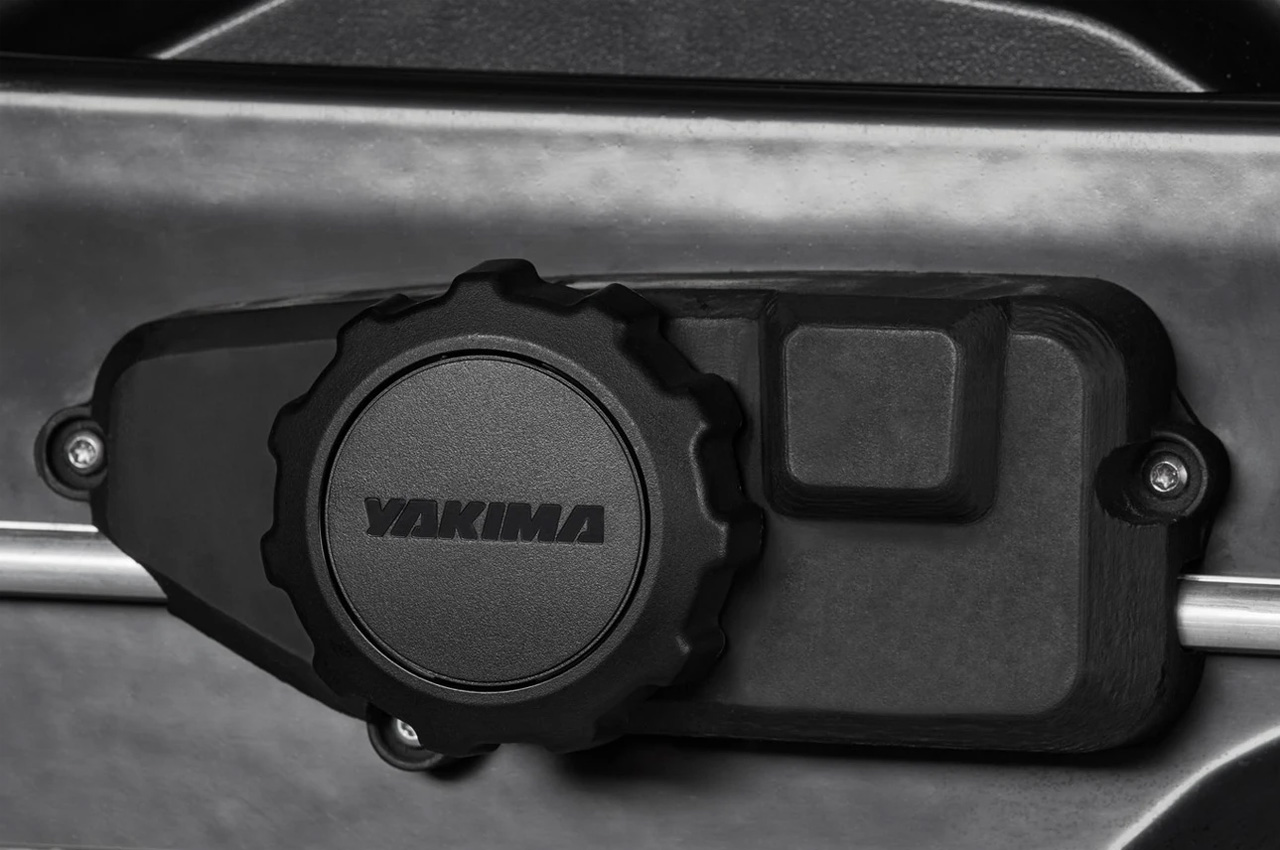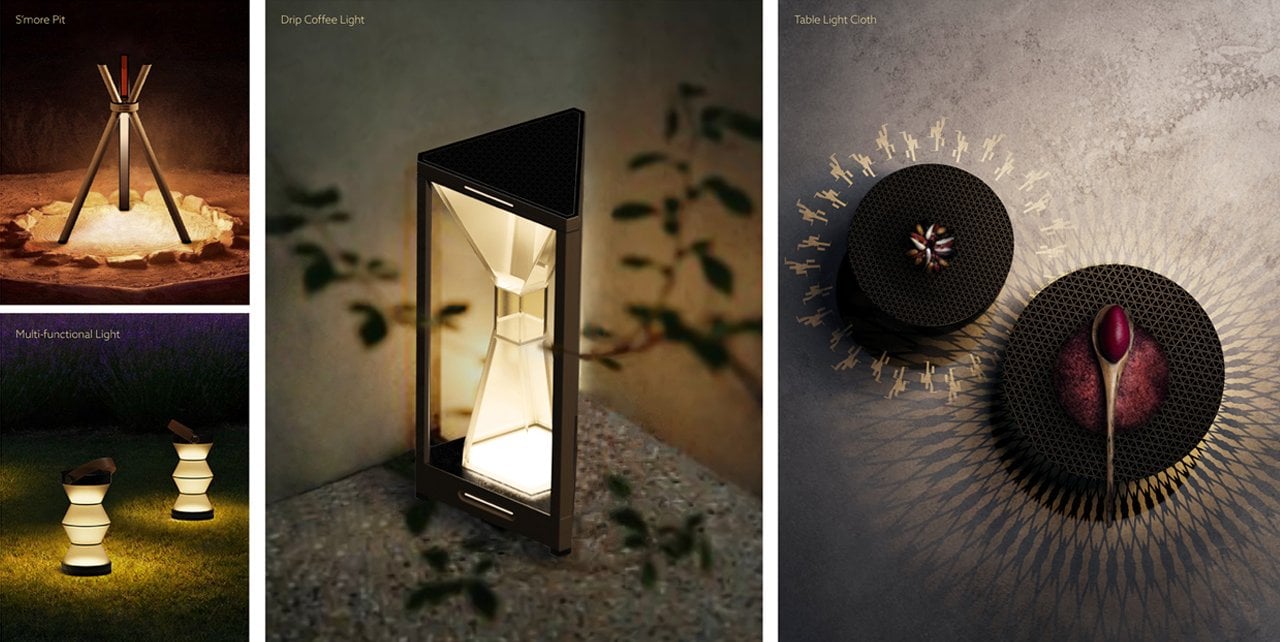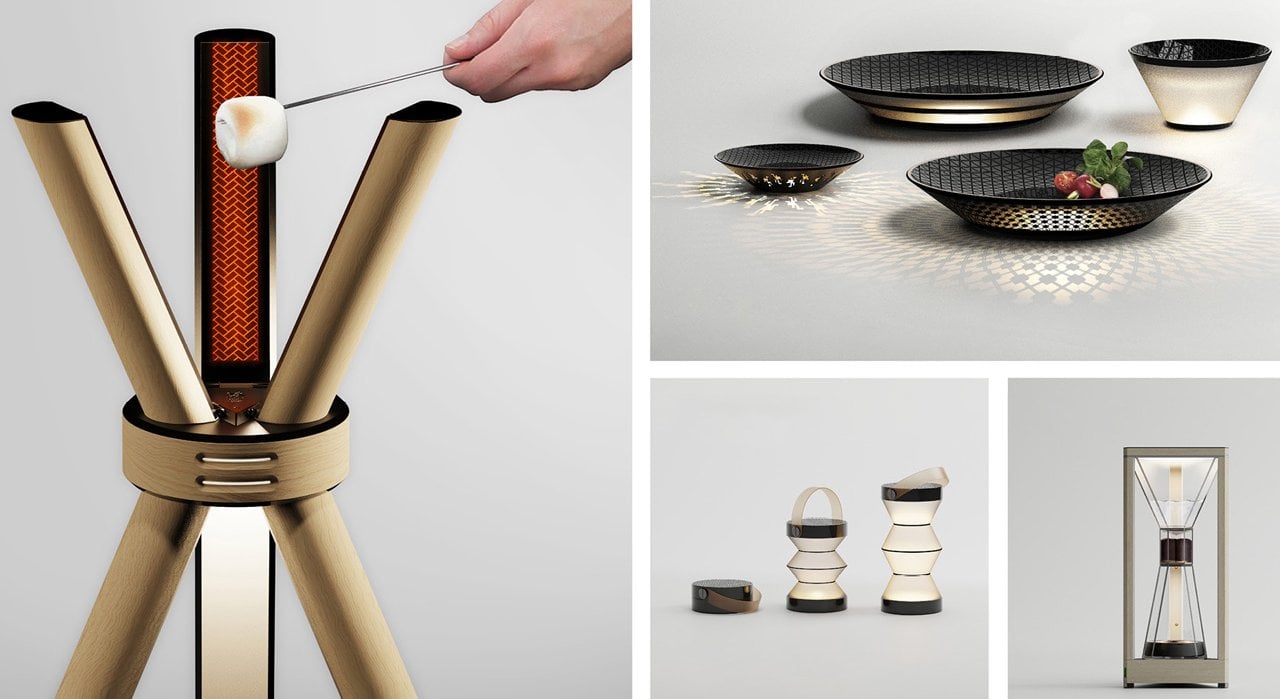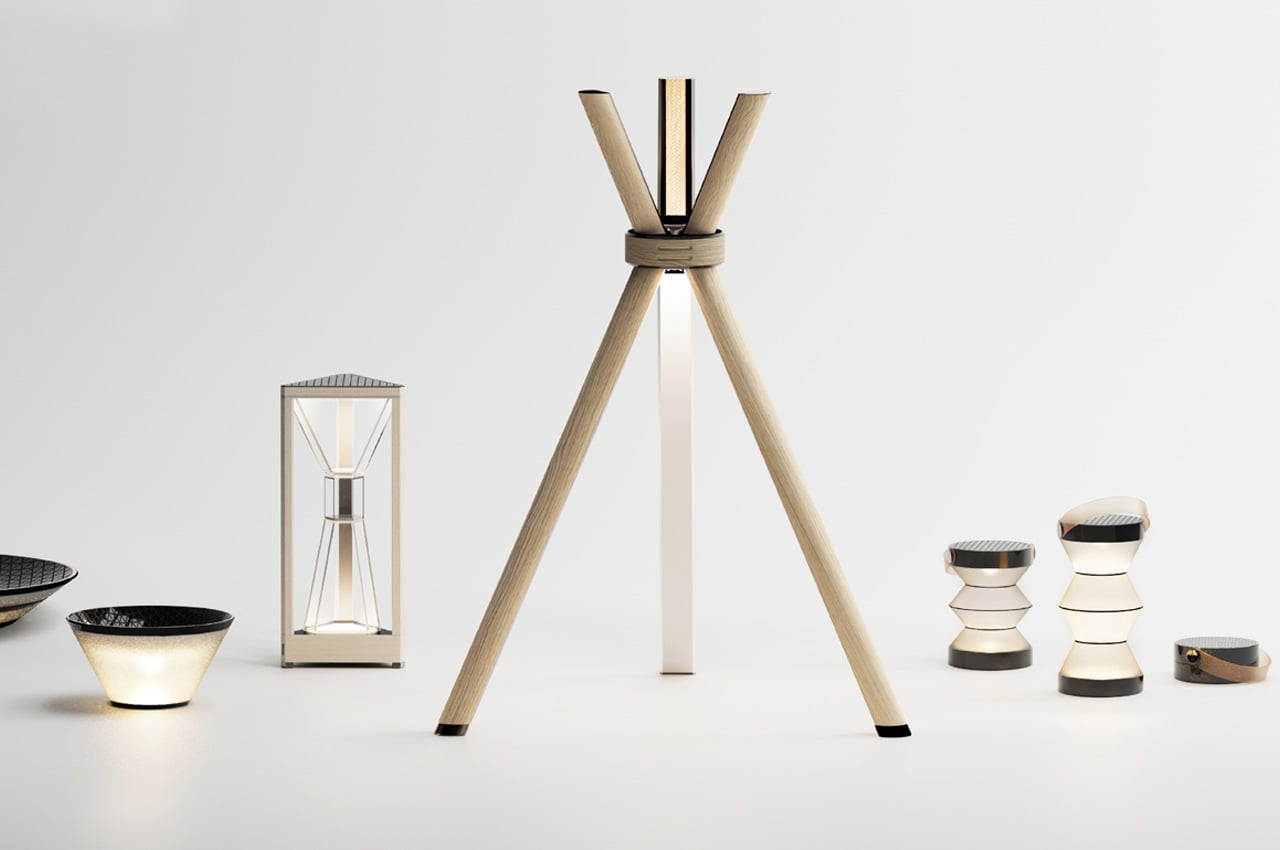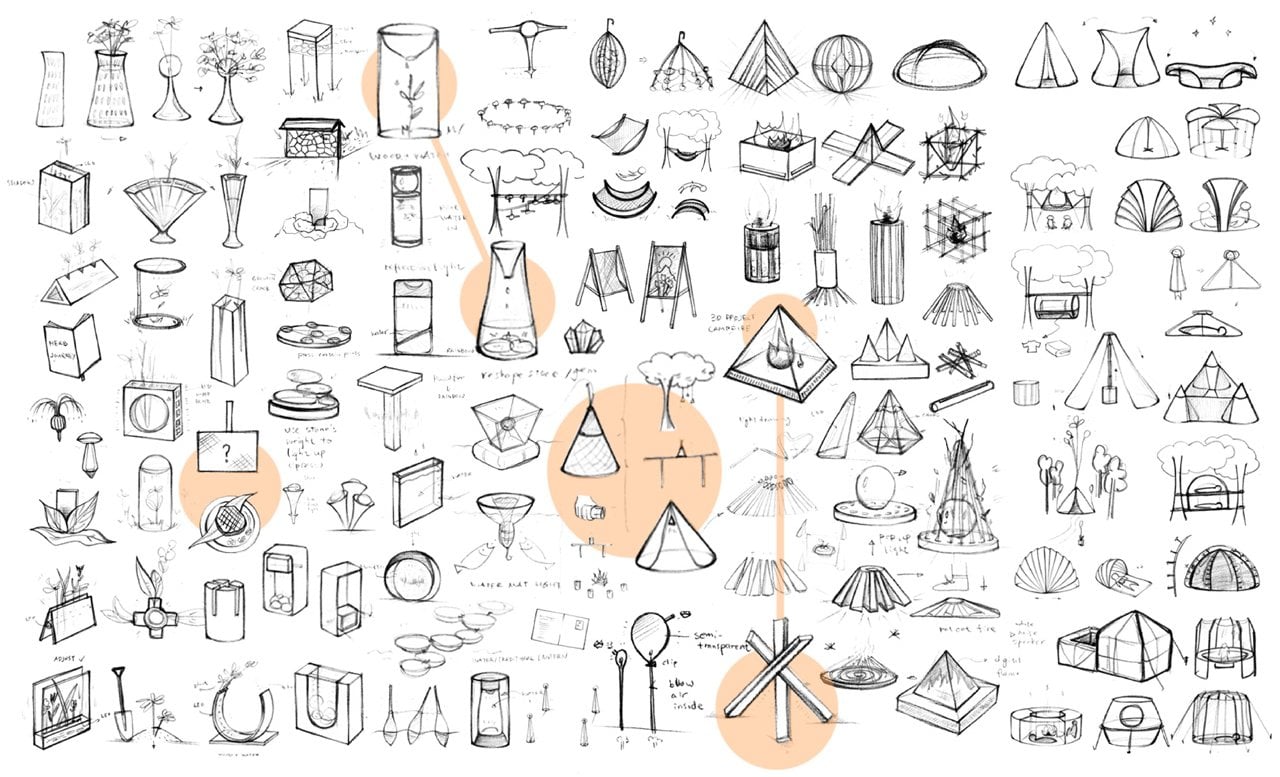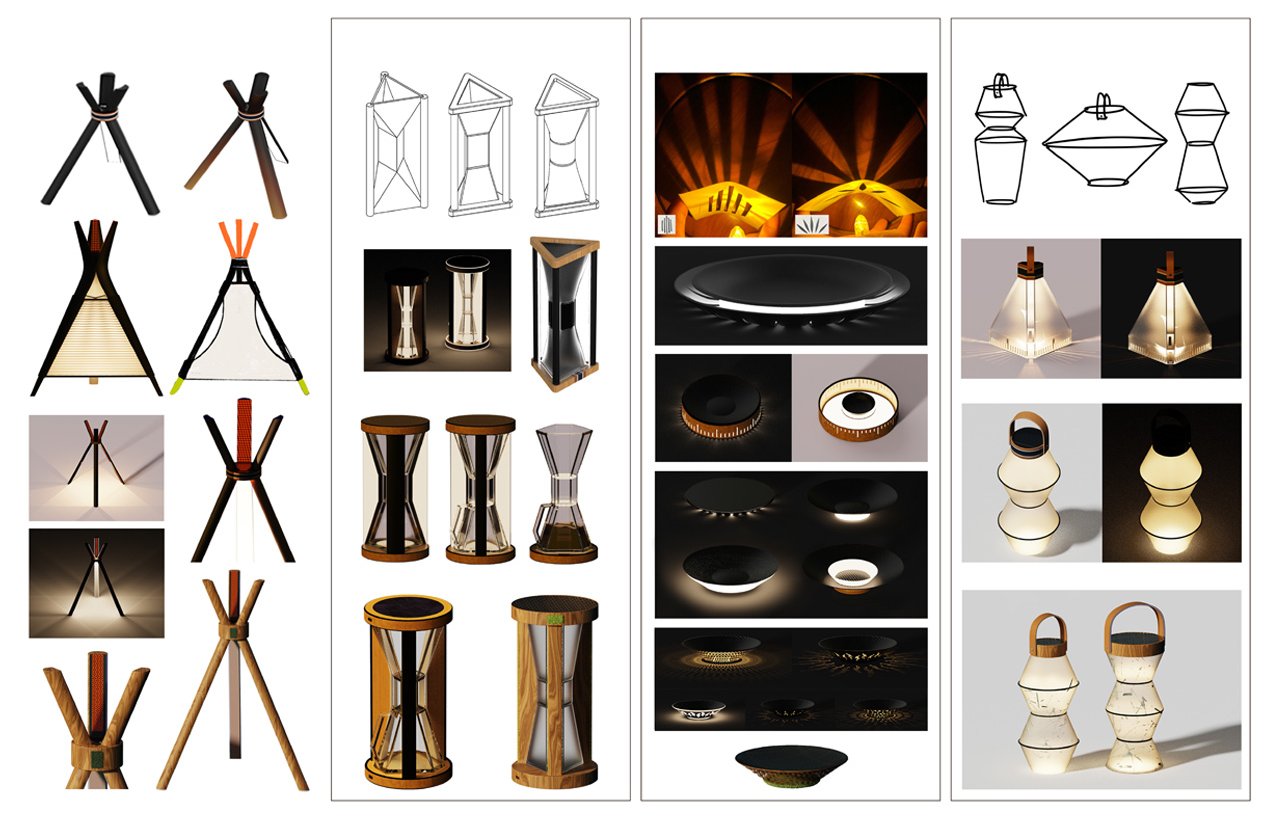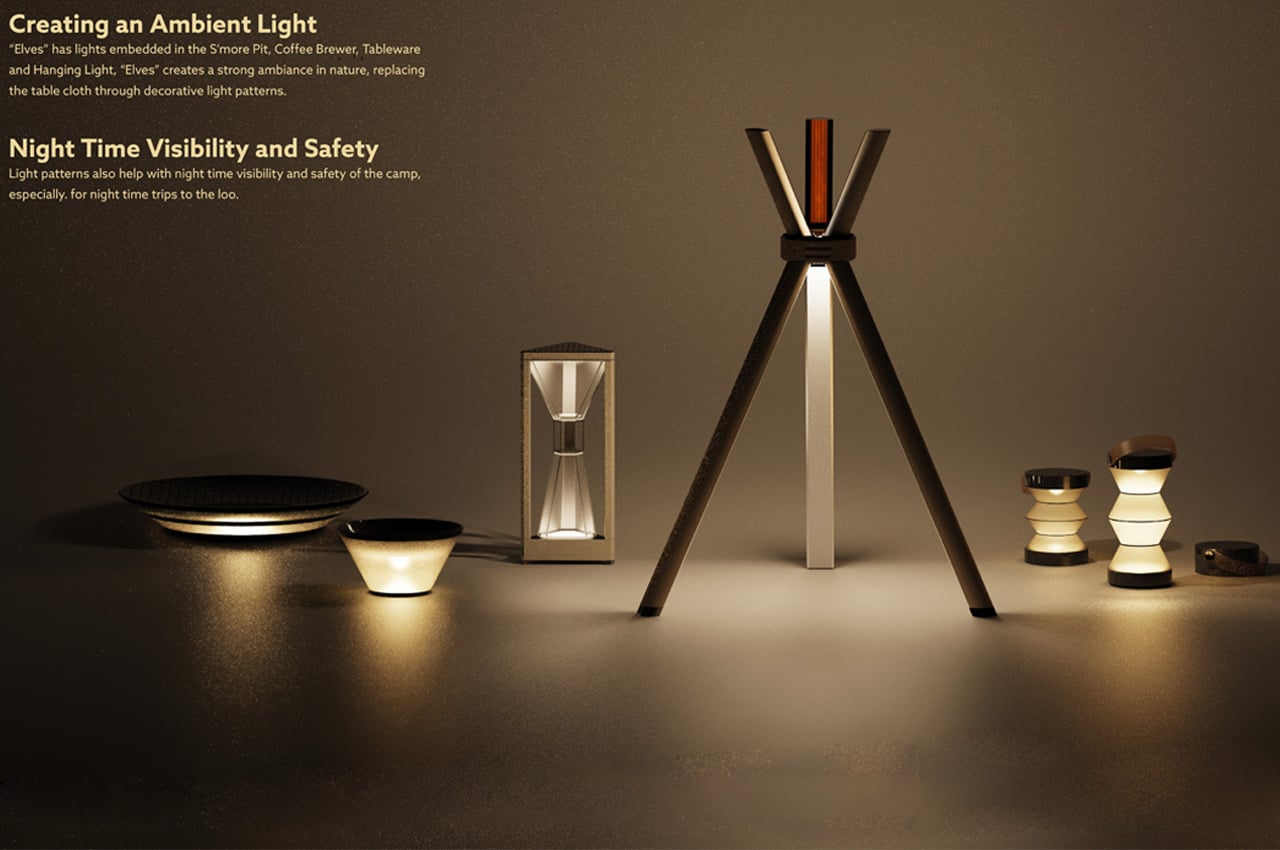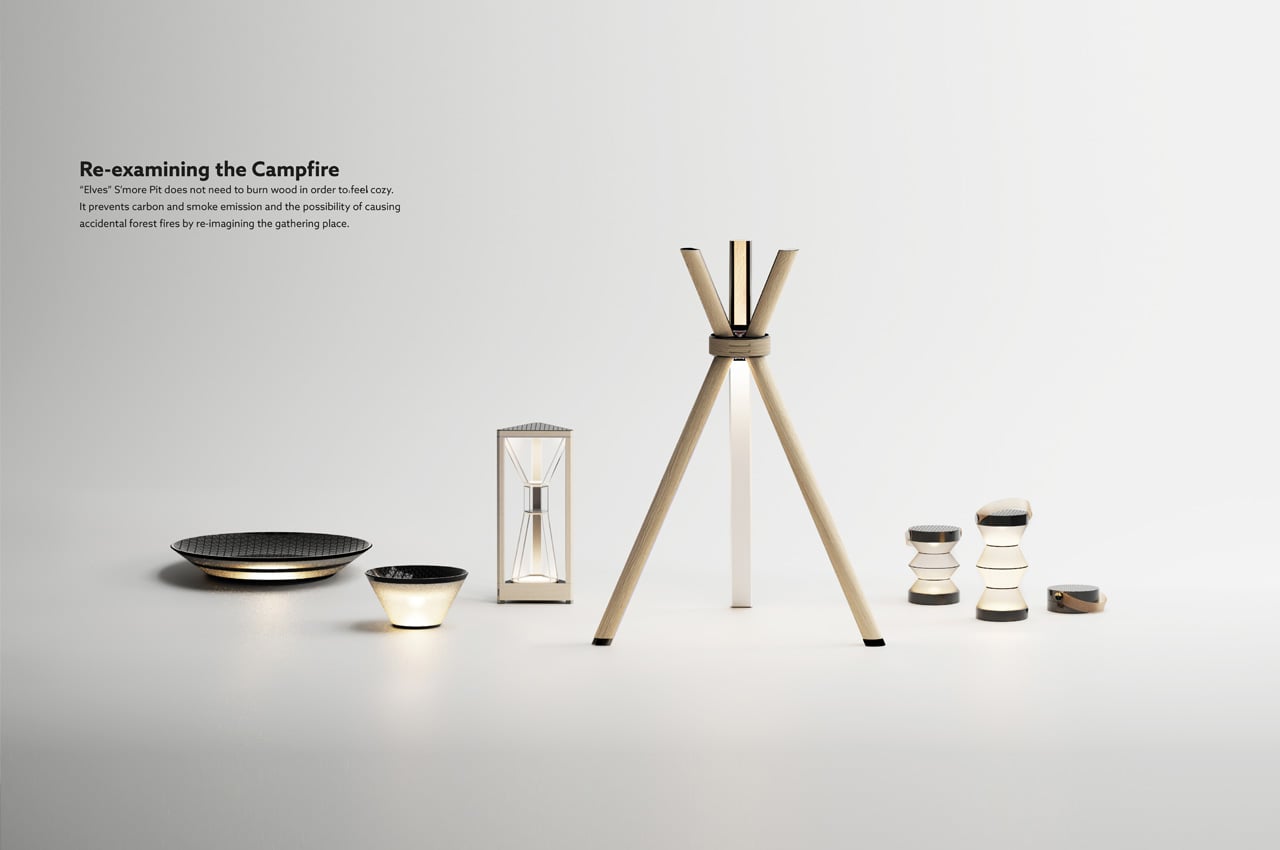
It’s 2022 and we need to get as eco-friendly as we can! We can no more continue living the way we always have, ignoring the needs of the environment and being insensitive to Mother Earth. Living a more conscious life also includes taking into consideration our energy sources. Curbing fossil fuel consumption has now become a priority, and we have a more positive energy source in mind as an alternative – the Sun! Solar power is taking the world by storm. Designers and architects are coming up with solar-powered products, homes, hotels, offices, and automobiles! Solar energy can be used to power almost every object we use in our day-to-day lives. Hence, we’ve curated a collection of product designs backed up by the sun for you – from a fleet of autonomous sail drones powered by the sun to a backpack with its own solar panel!
1. The Generark HomePower 2
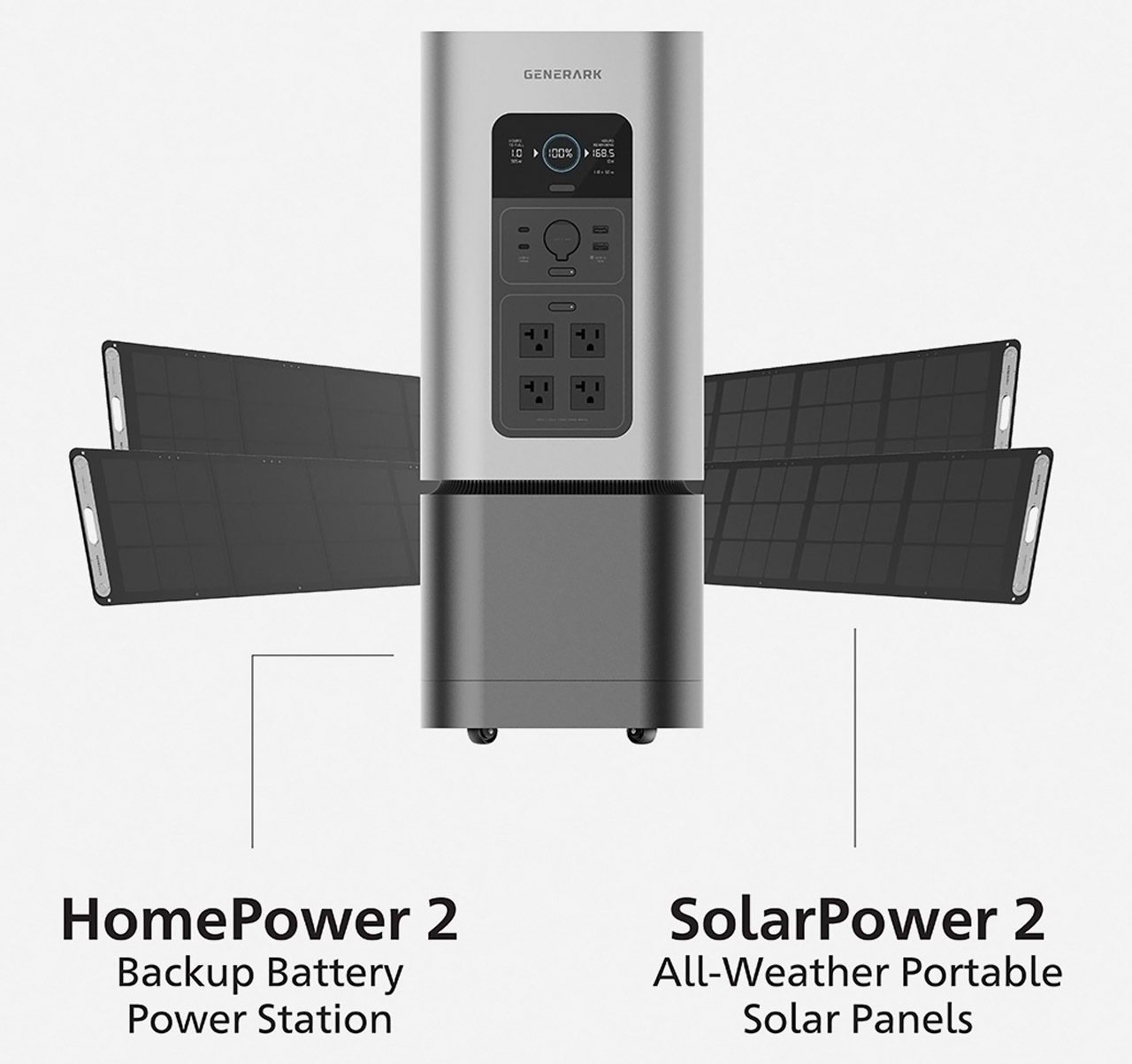

The Generark HomePower 2 is a backup battery for your home that’s cheaper than setting up a generator or shelling $12,000 on a Tesla Powerwall, it’s also classier and less noisy than those gas-powered generators that definitely seem archaic. Recharging the HomePower 2 can happen in multiple ways. The backup battery kit comes with an optional set of solar panels that can be set up anywhere, replenishing your HomePower 2 in hours… or you could just traditionally plug the generator into a socket in your house and juice it up for a rainy day. Once recharged, the HomePower 2 can hold onto all that energy for an entire year, making it much more affordable and easy to maintain in the long run.
2. The ROOTS Solar Scale concept
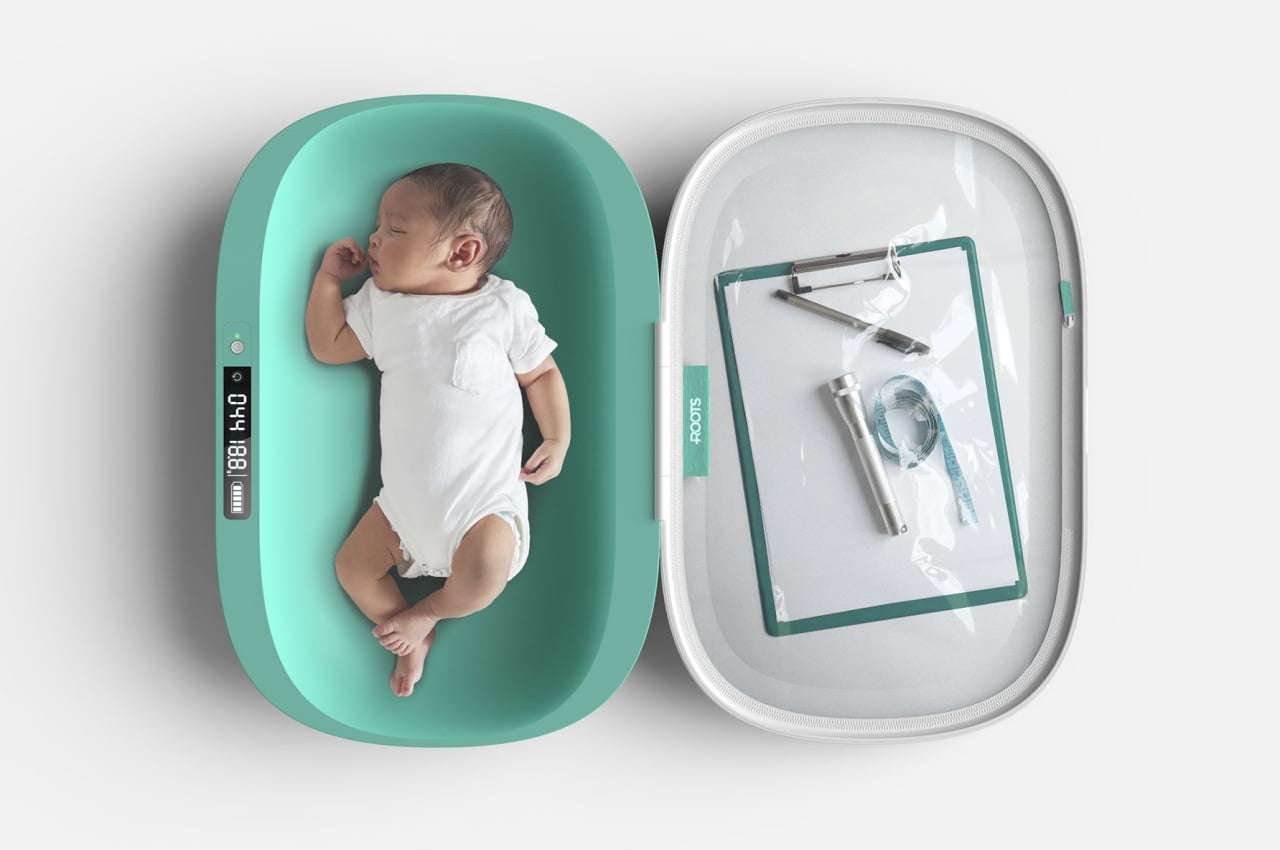
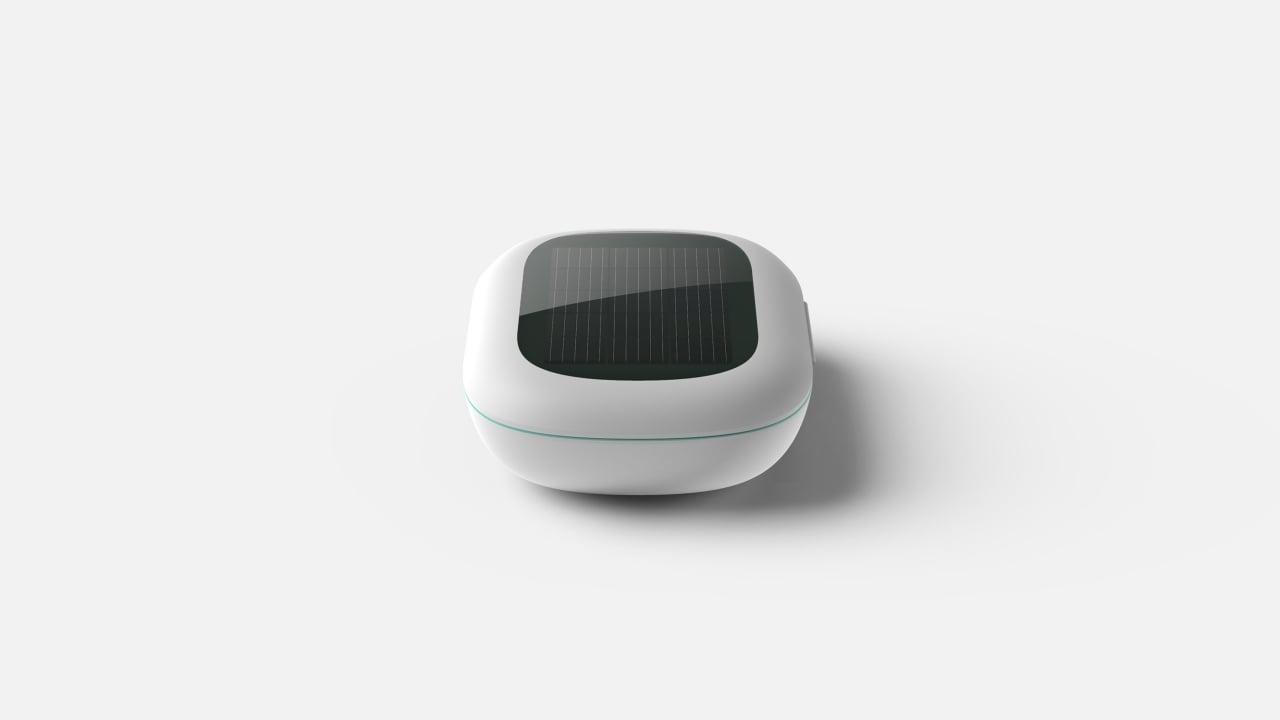
The ROOTS Solar Scale concept is an attempt to modernize this critical medical equipment without making them too complicated to use or too expensive to maintain. For one, it is completely digital, which removes the risk of getting inaccurate readings over time. It is also solar-powered so that electricity won’t be an issue. The design is also meant to be lightweight and easy to carry around, even on foot, taking the form of a backpack when not in use. The weighing bowl inside creates a safe structure for the infant to lie in, while the stiff hinge prevents the lid from accidentally closing with the child still inside.
3. The Kalk AP
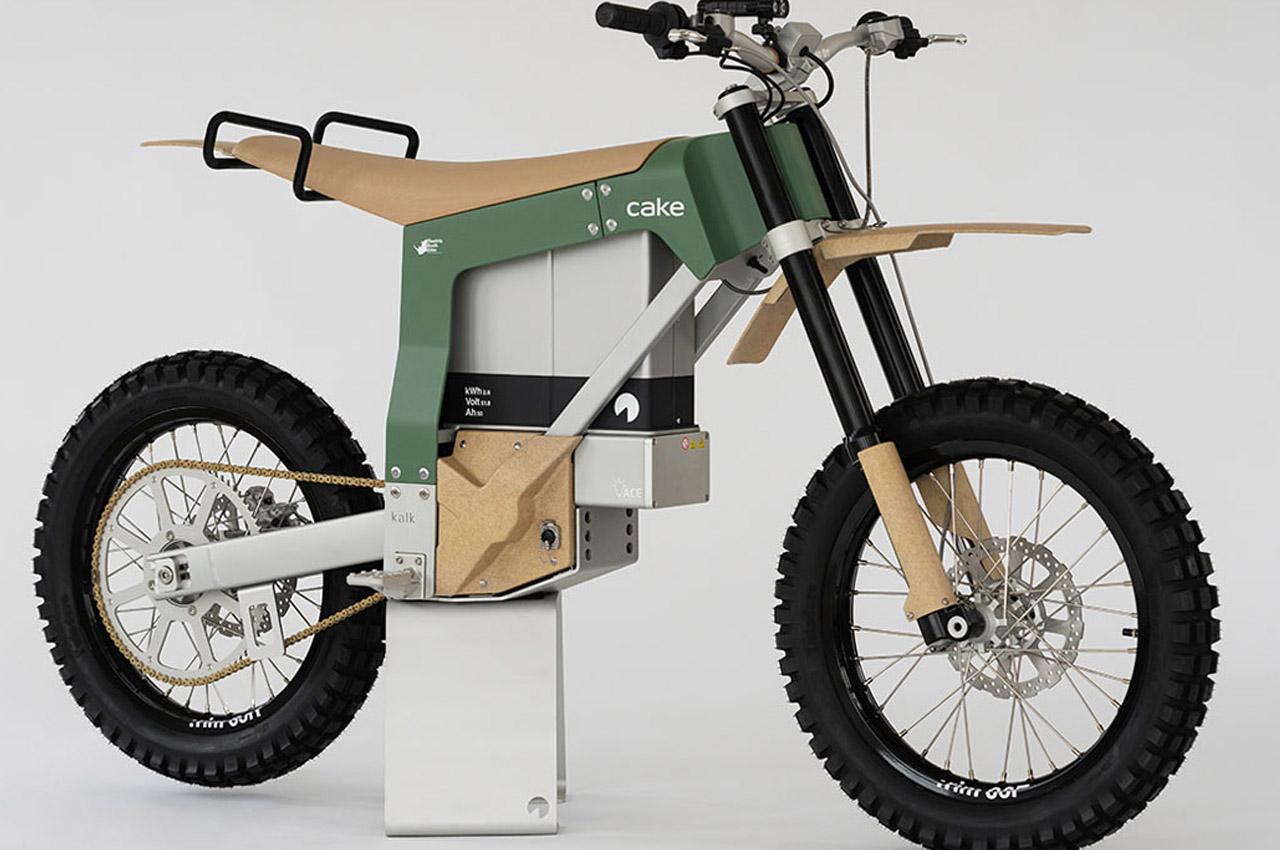
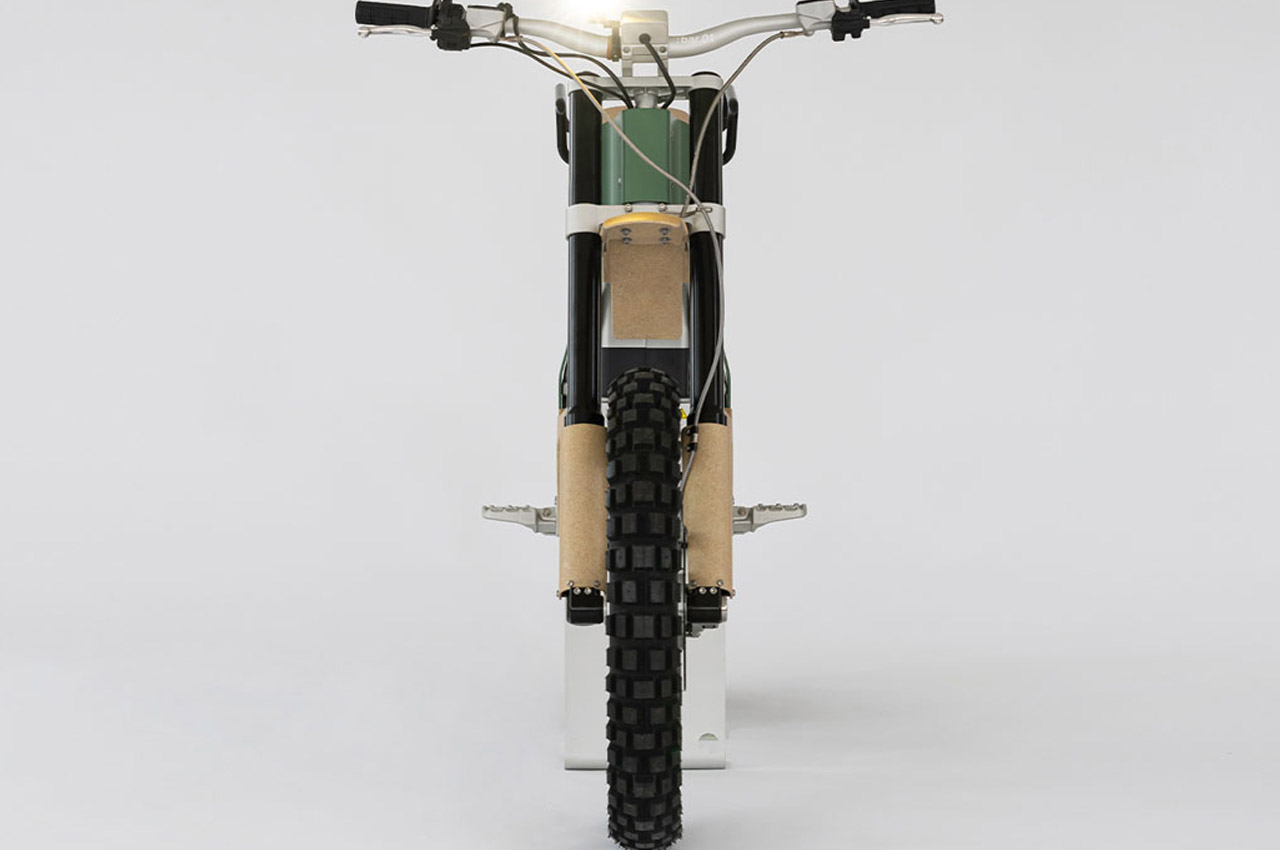
CAKE has been on a quest to develop sustainable electric bikes with its first custom-built electric off-road motorbike introduced in 2018. Then the Swedish marque again surprised motorheads with the funky modular bike dubbed Ösa which could be personalized depending on the specific needs. Now CAKE wants to protect the African wildlife from the impending threat of poachers. They call this new version the Kalk AP (for anti-poaching), and it’s solar-powered for good measure. The clean energy-powered drivetrain means less noise which in turn means minimal disturbance for the native wild animals in their habitat, and also a means not to alert the poachers on the prowl. The bike doesn’t need to be hooked to the electrical grid for a charge, adding to its versatility in operation sans any time delays. This two-wheeler is based on the original Kalk bike that created quite a buzz when CAKE burst into the scene.
4. Thundertruck
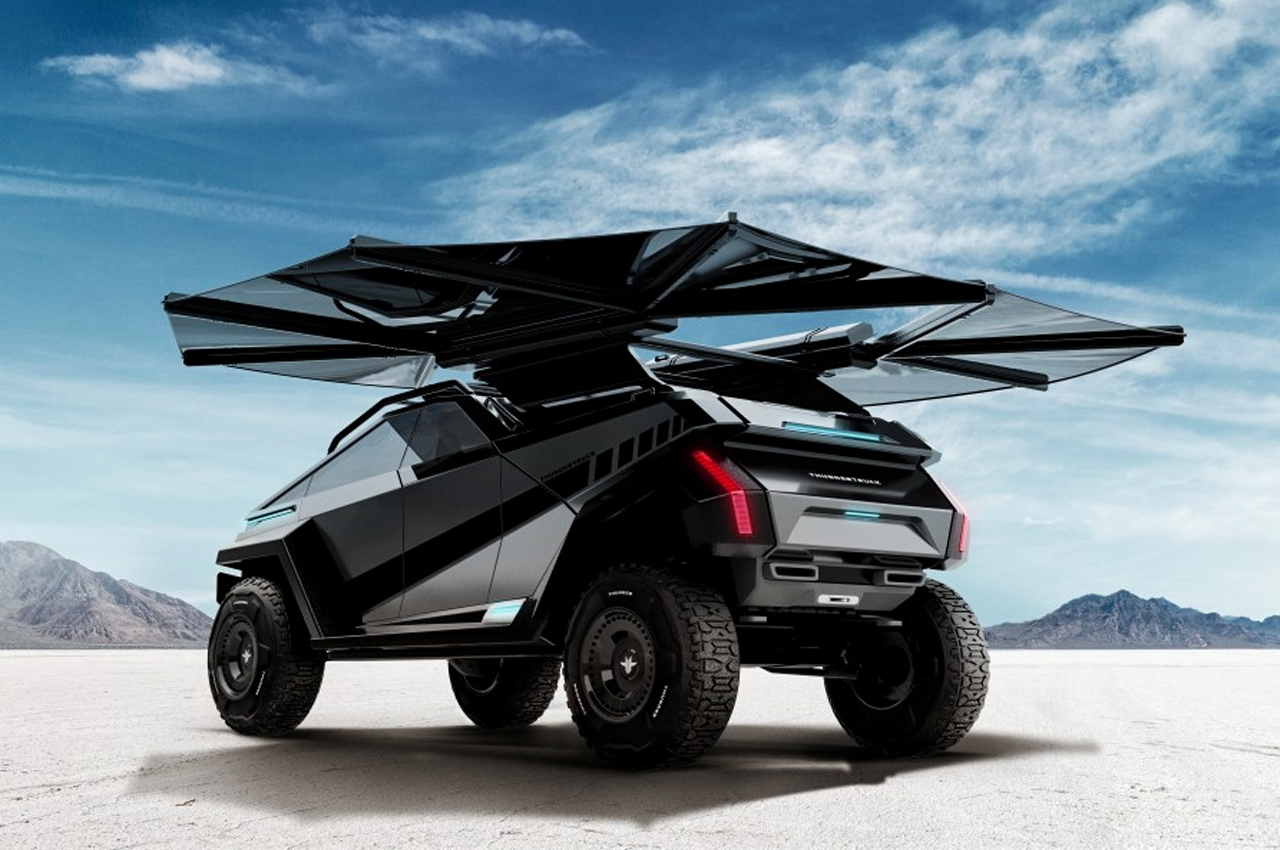
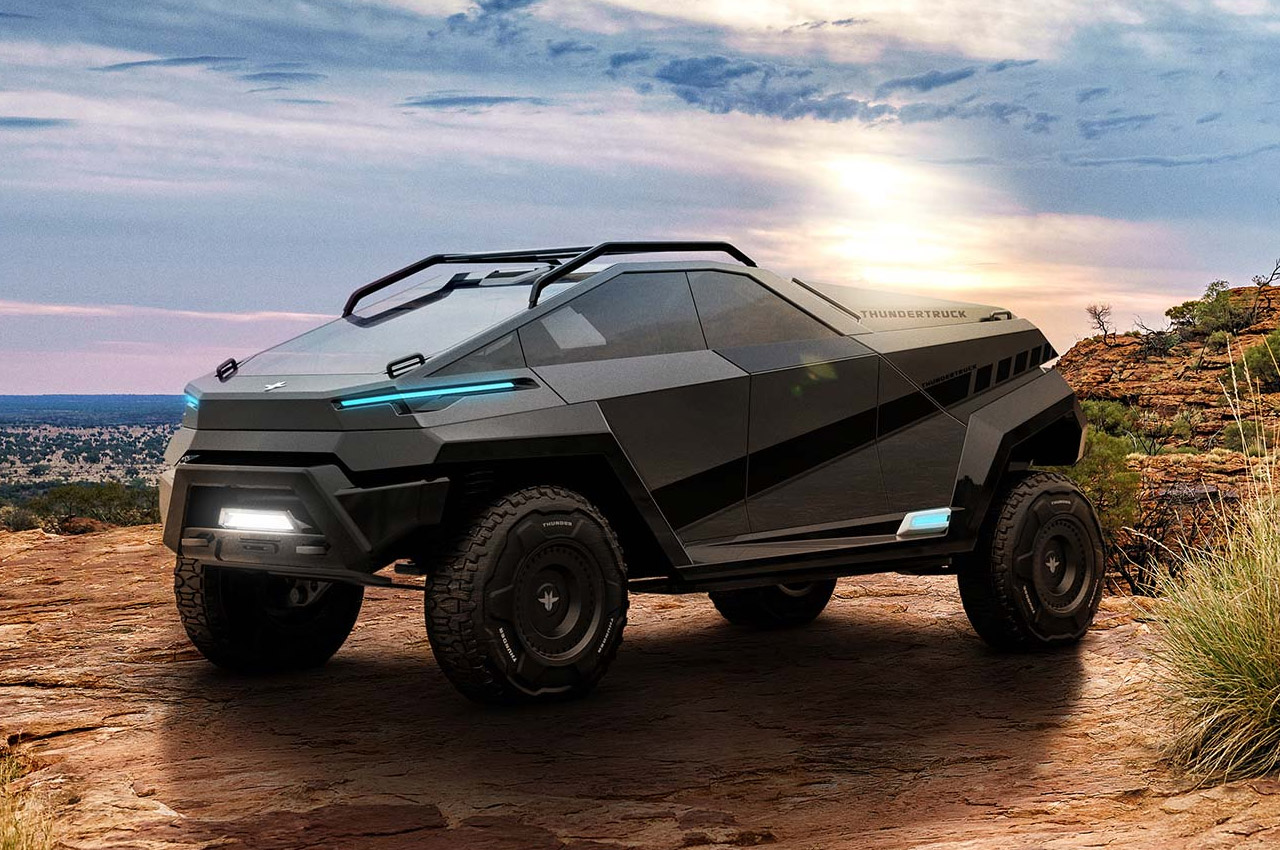
Designed by Wolfgang IP, the sharp-looking multi-purpose EV takes on the current automotive design principles to bring superior on and off-road performance to the fore. According to them, Thundertruck is crafted for the outdoor enthusiasts and young crowd who don’t like living within the boundaries and following the herd. The extra edgy truck (so sharp even the Cybertruck seems blunt) is inspired by the Australian Outback and honed by state-of-the-art technology adapting to any terrain and adventure coming it’s way. It goes from 0-60 mph in just 3.5 seconds flat, boasting its high-performance electric motor capabilities. The advanced driver assistance systems ensure safety on dangerous trails as the scope of driving errors is always there.
5. Elves
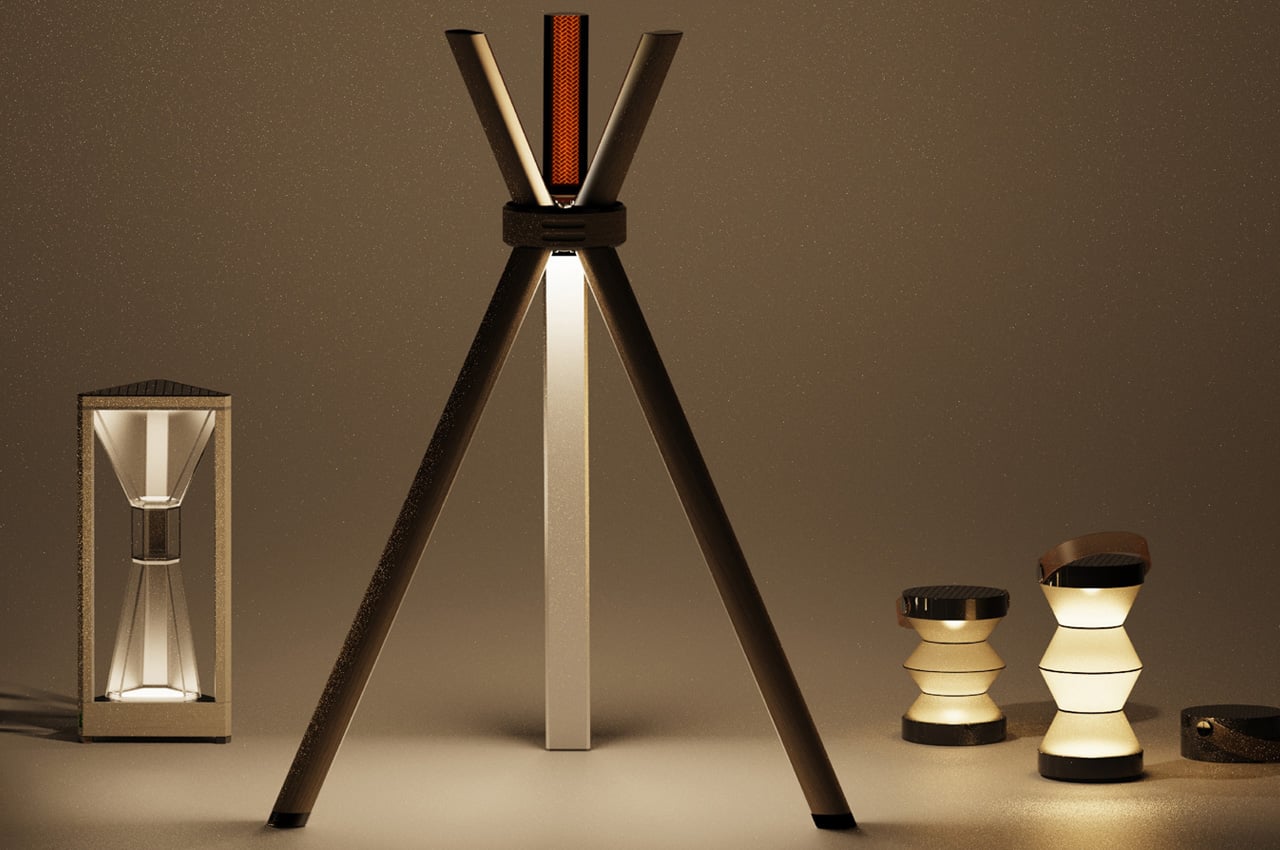
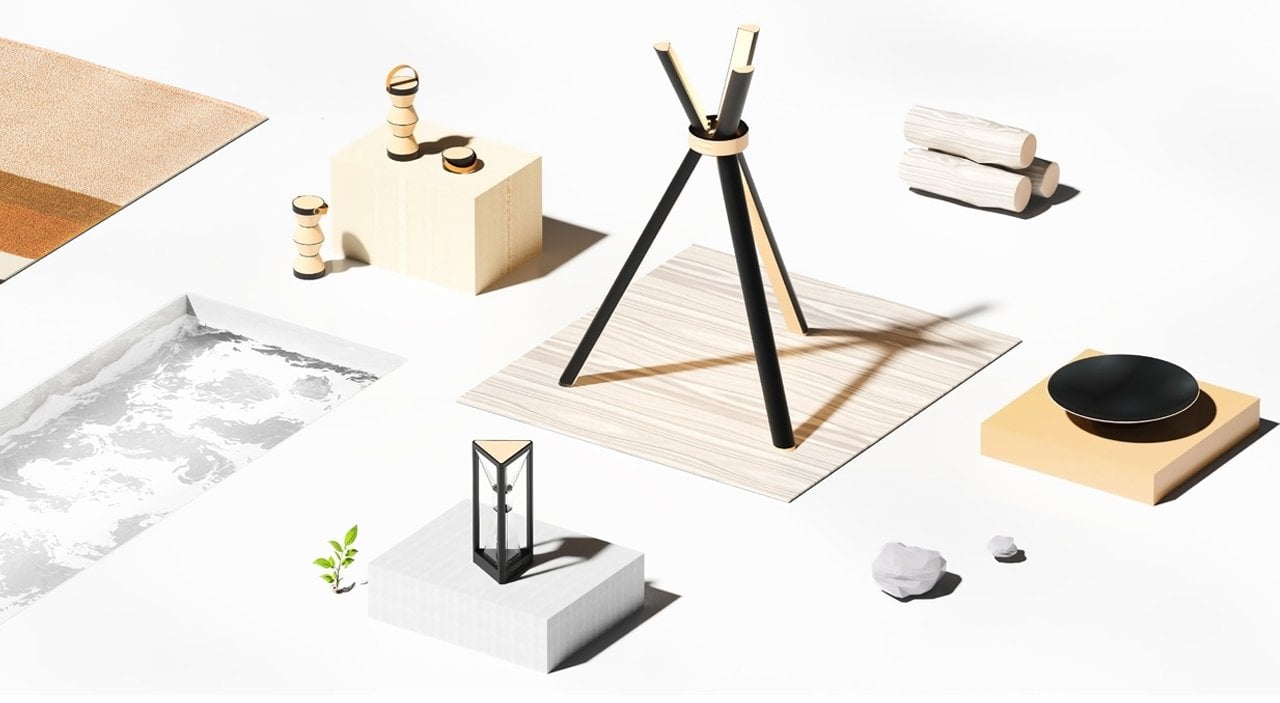
For eco-conscious travelers and adventure seekers who want their environmental footprint to be minimal, this collection of mindful camping accessories is the way to go. Made with the idea to give your camping a glamping lift – sans environmental impact, the glamorous camping accessories have a sensory appeal and are all powered by clean energy. Yes, everything from the tripod-style fire pit to the drip coffee brewer and the hanging pendant lights to tableware is powered by the sun. The reimagined camping gear is made in a way that it can charge by the day and emit by night providing you an exciting experience out in the wilderness.
6. The A’seedbot
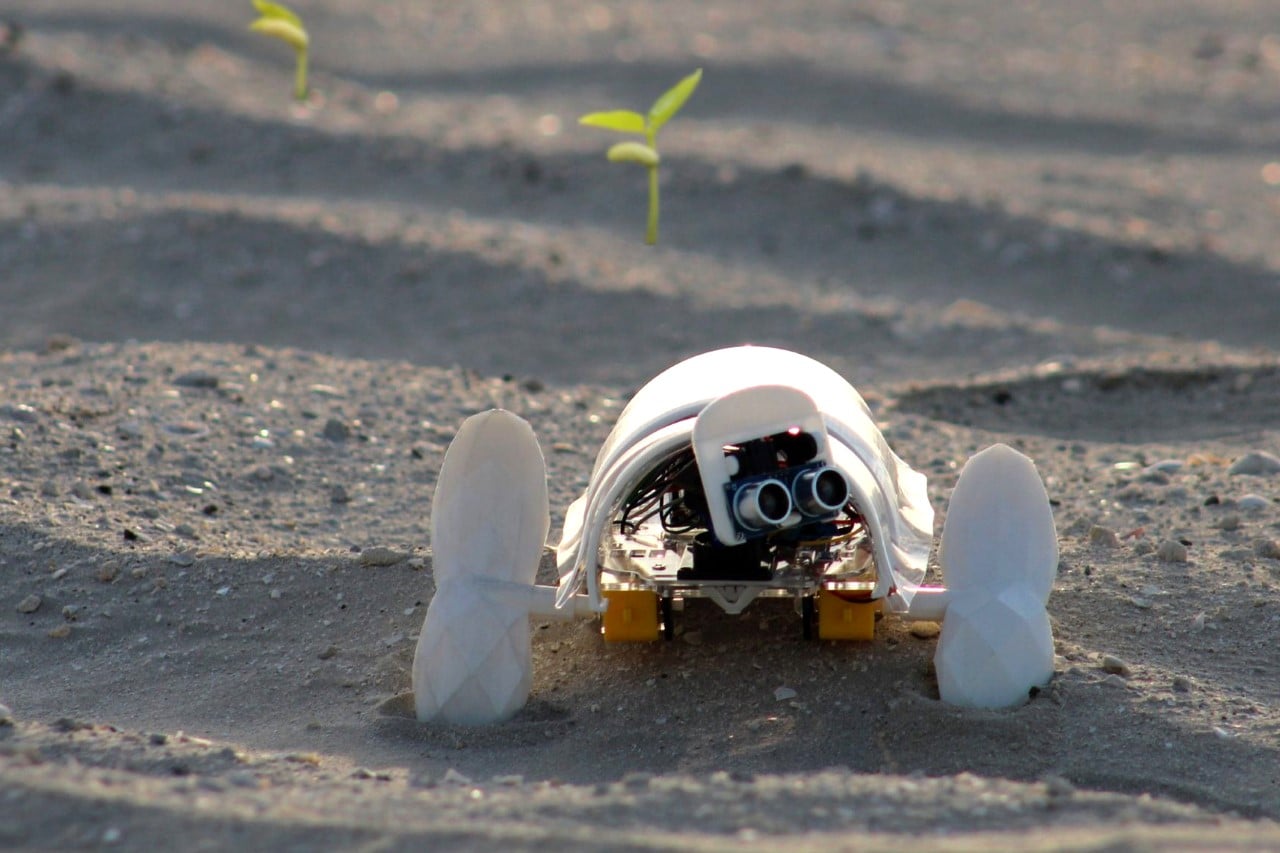
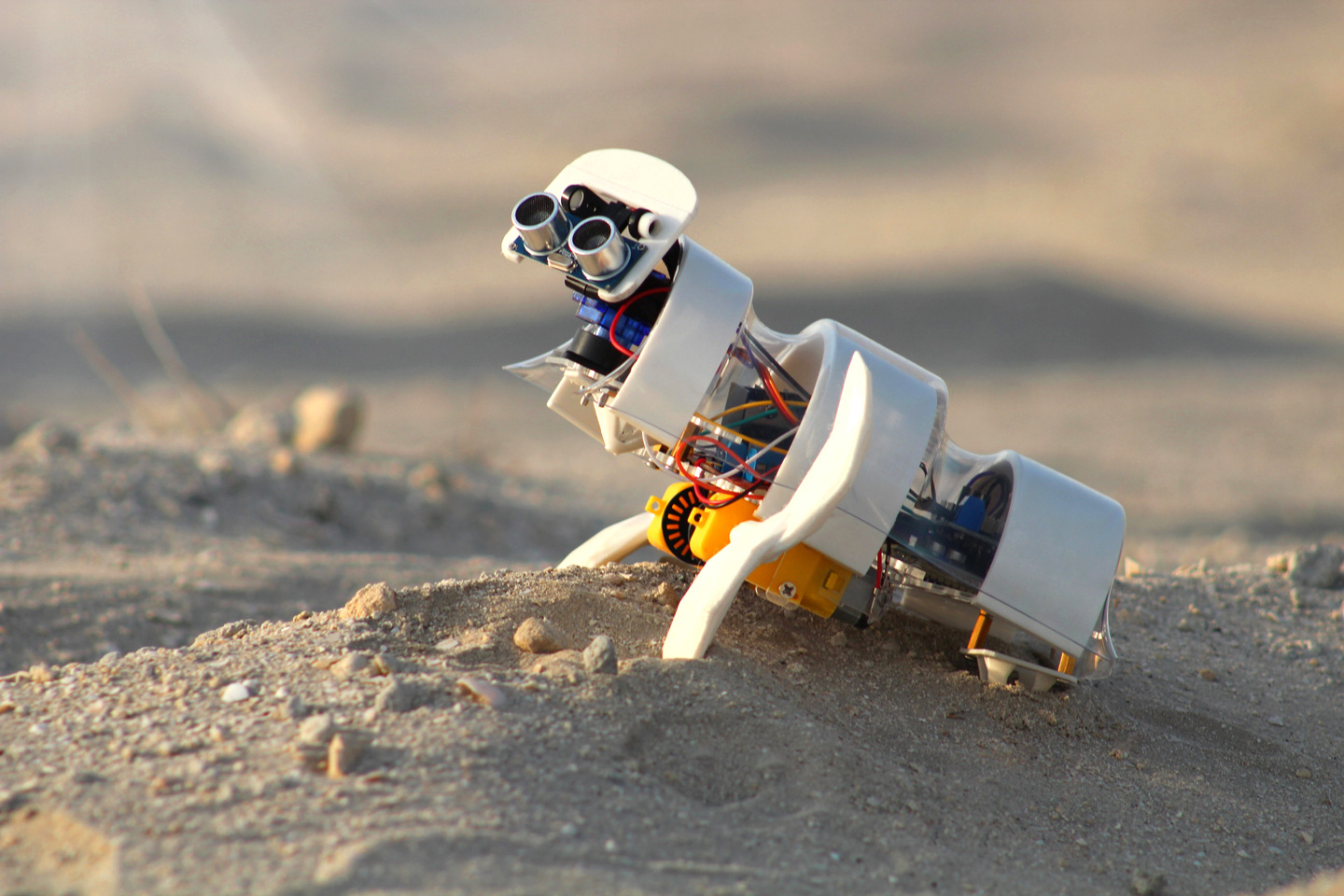
With an end goal of turning uninhabitable sandy terrain into a lush green landscape, the A’seedbot drives around autonomously through the day, pulling power from the solar panels mounted on its upper surface. With an undeniably strong Wall-E vibe, the A’seedbot’s prime duty is to help cultivate barren land. Operating autonomously and entirely alone (I’m pretty sure Pixar should make a movie on this), the A’seedbot begins its journey every morning, paddling across the sand with its propeller-style feet that push it forward, while the rear end of the robot helps plant seeds into the soft terrain.
7. Saildrone
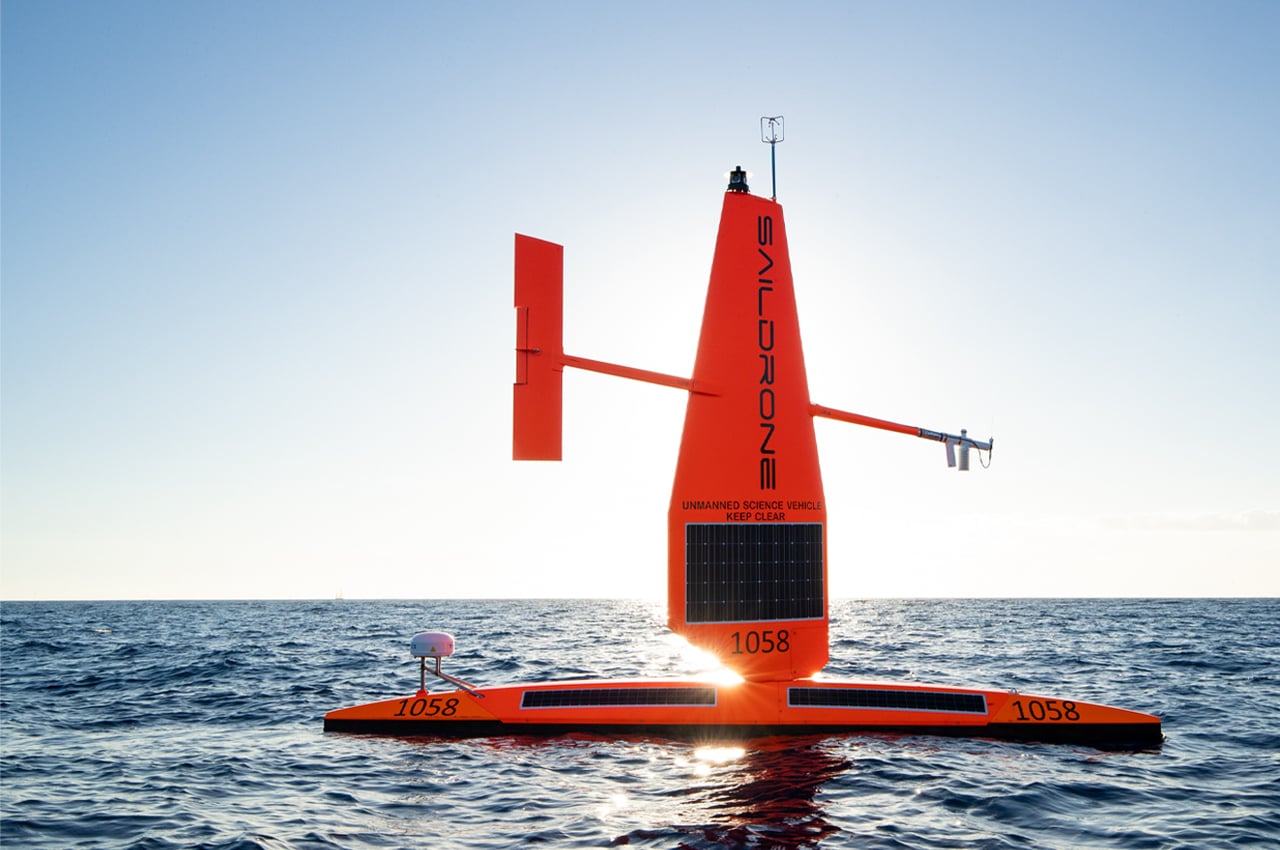
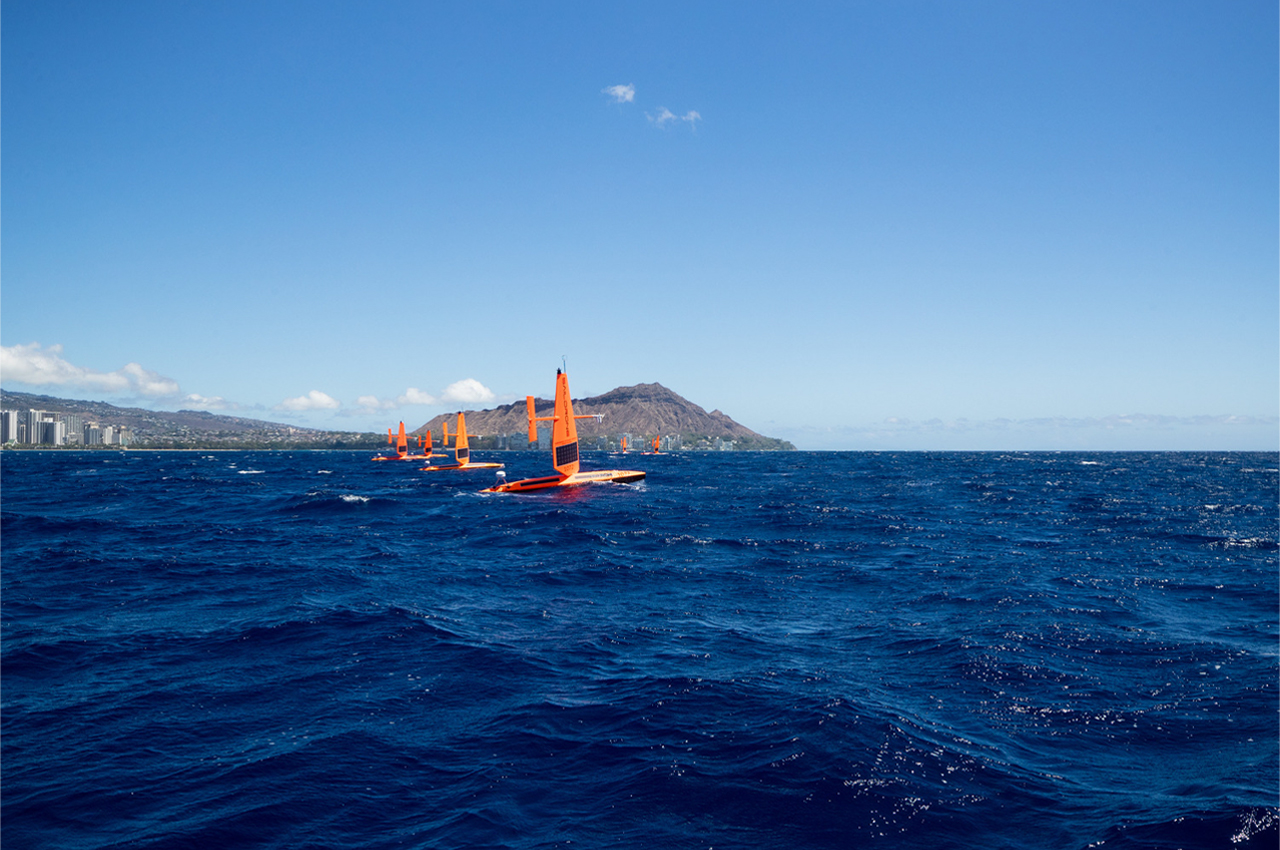
This fleet of sail drones is comprised of solar and wind-powered USVs that acquire data on climate change and weather conditions through AI technology and over 20 advanced sensors, leaving a minimal carbon footprint while exploring international ocean waters. Amounting to around 1,500 pounds, each sail drone comes equipped with a photovoltaic sail that’s designed to keep each sail drone powered up as it sails right into the eye of a hurricane. All in an effort to understand hurricanes and global weather events, for years Saildrone has been developing the technology necessary to map the ocean floor while measuring water temperature, salinity, and chemical composition. Once programmed for navigation, the said drones can sail autonomously from waypoint to waypoint.
8. CBX Solar
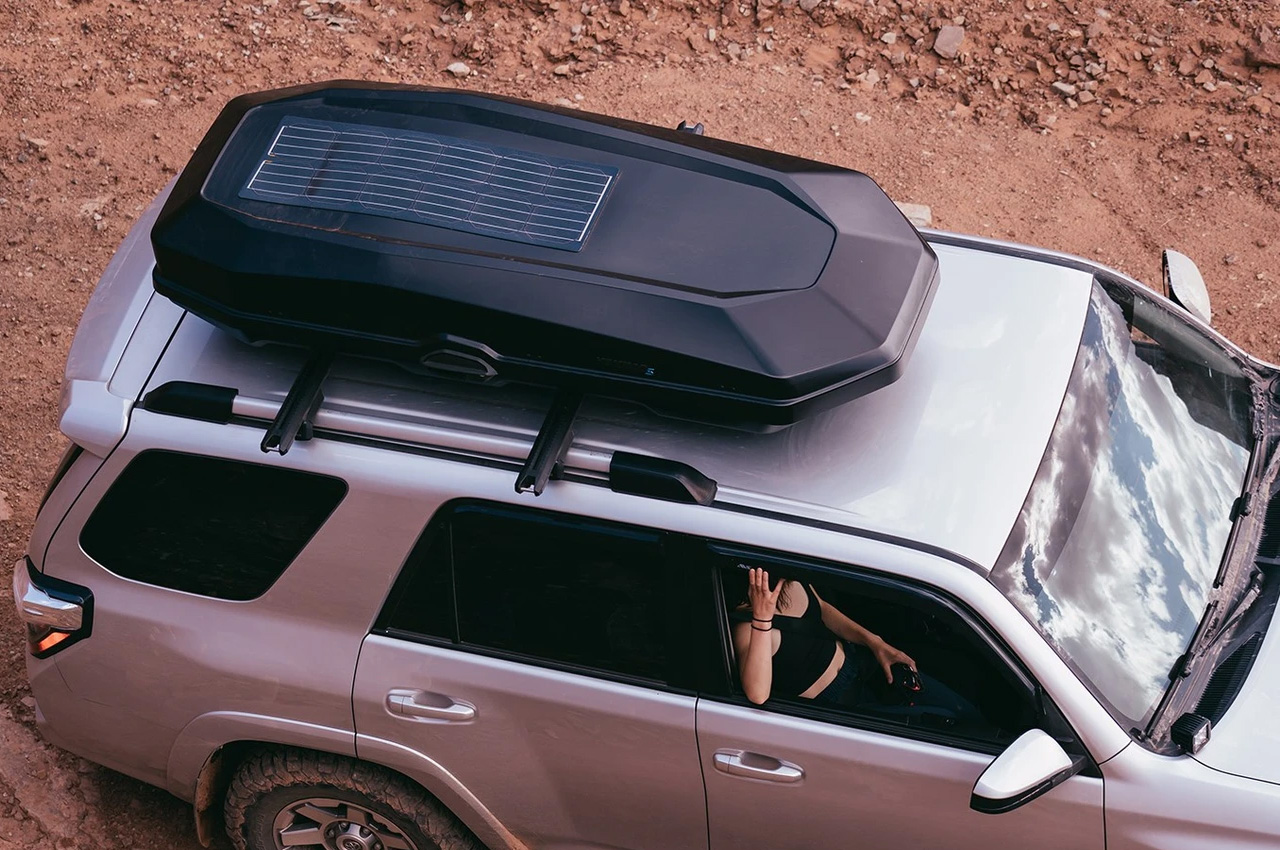
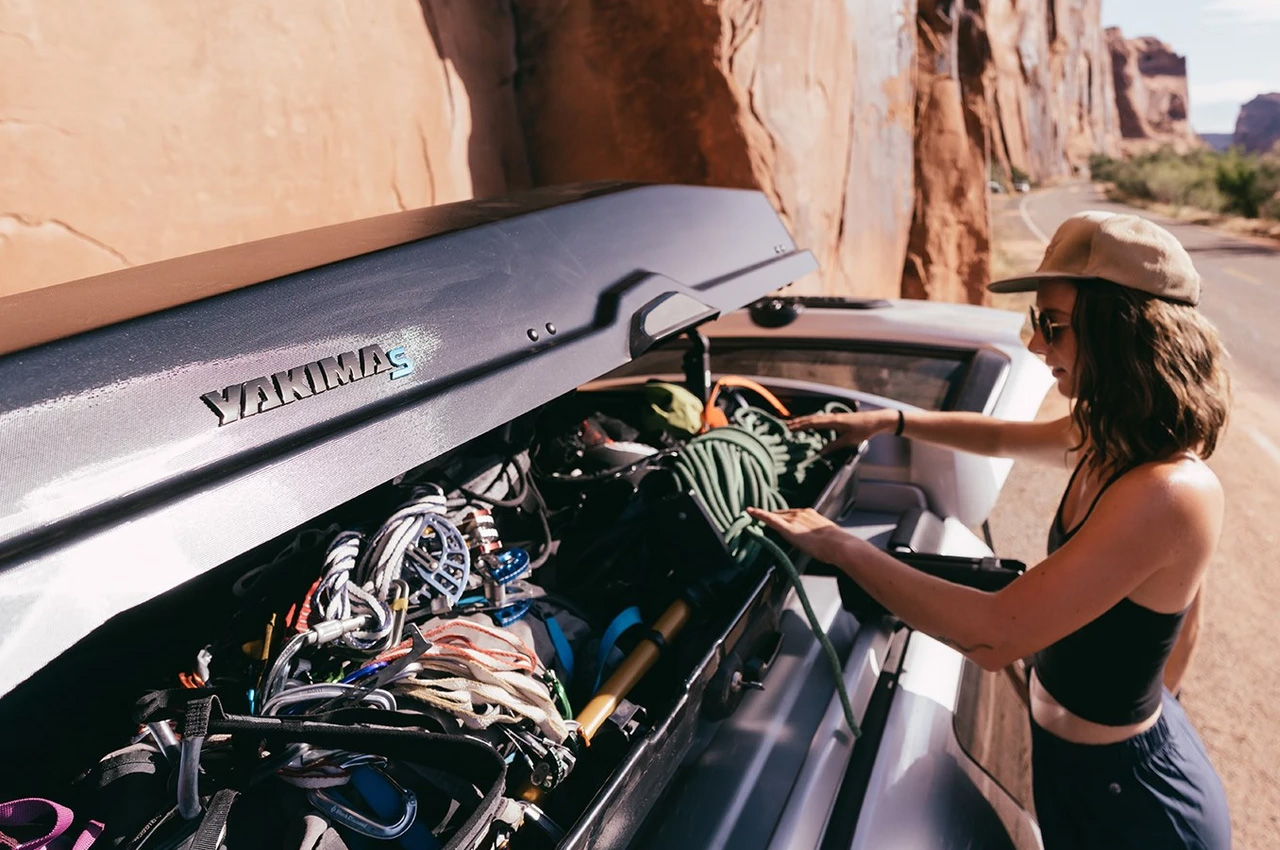
An exquisite carrying option worth every type of off-road vehicle, the durable CBX Solar with trail-ready aesthetics features an integrated solar panel for charging up to two portable devices when you’re off-the-grid. The premium Yakima cargo box with its interesting blend of modern outlook and functionality features 2 USB ports that can help charge anything from portable devices to camping gear with a USB port. For the adventurers keeping track, this solar cargo box boasts an angular finish and stealth-like texture on the outside and on the inside offers 16 cubic feet of cargo space. This space is ample to suck in tents, sleeping bags, camping gear or anything else you have to throw into it. A removable torque limiting knob helps fasten the cargo box to the roof rails securely, while a dual-sided opening makes the box really easy to reach out from either side of your vehicle.
9. The Seeon 180° backpack
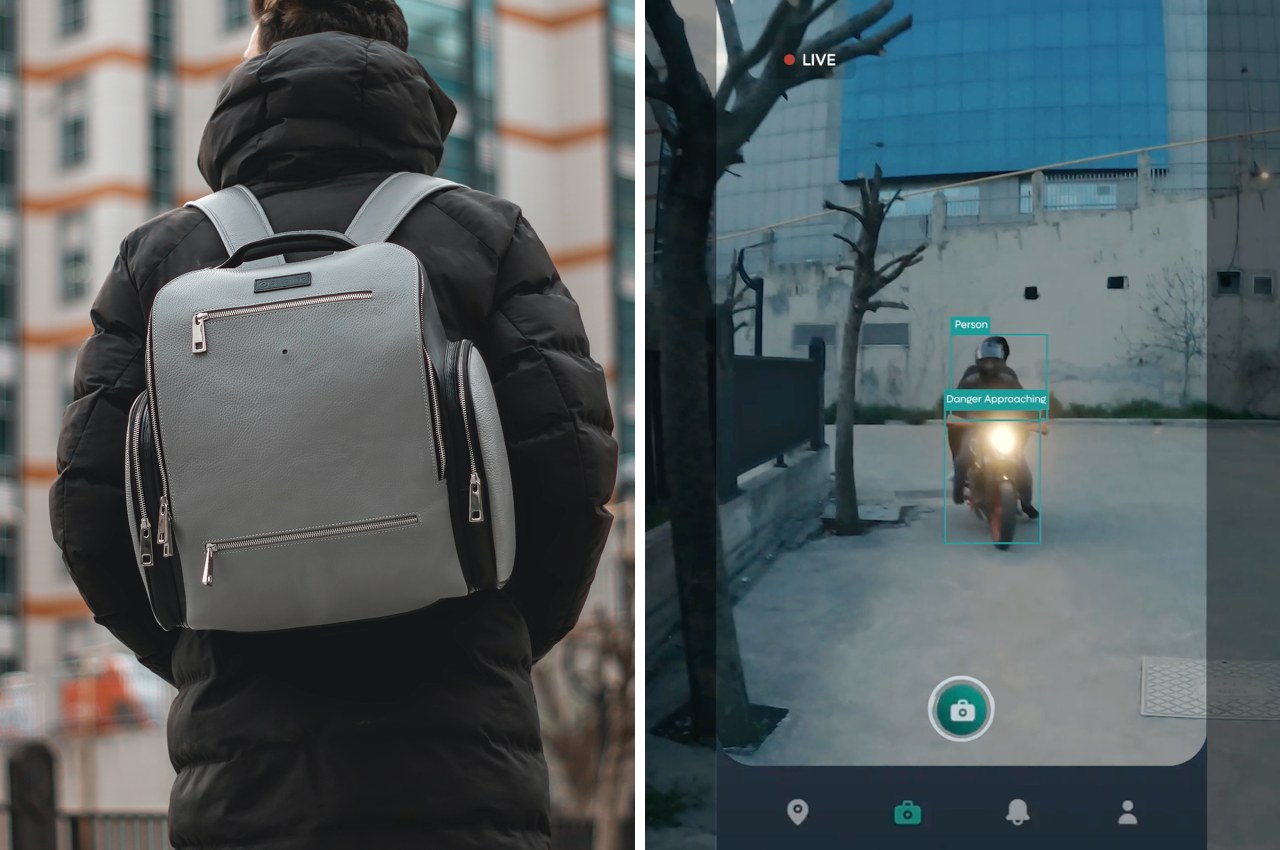
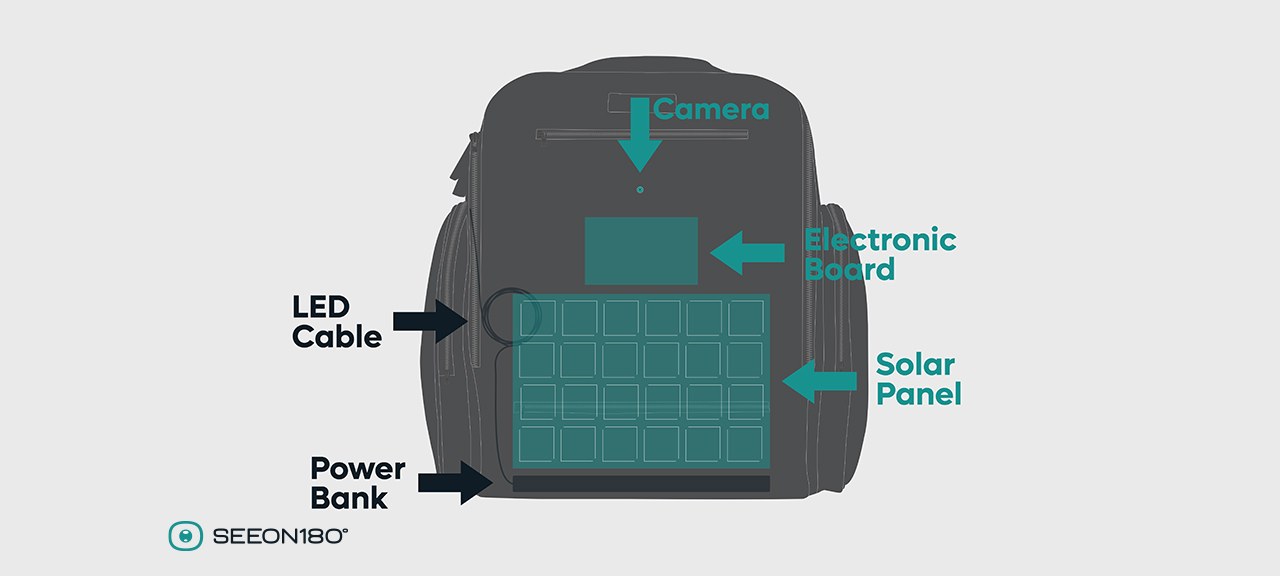
The Seeon 180° backpack is easily the most advanced bag I’ve ever seen… and I’ve been writing about innovative bags for 6 years now. The fact that it carries your luggage from point A to point B is an incredibly small part of what the Seeon 180° backpack does, but an incredibly important one too. The bag even has solar panels and a built-in power bank to allow these features to operate, as well as to charge your gadgets… and if that wasn’t enough, the bag has its own light-strip that automatically illuminates in the dark, allowing cyclists and other pedestrians spot and avoid you while you’re walking on the pavement or crossing roads.
10. Drobo
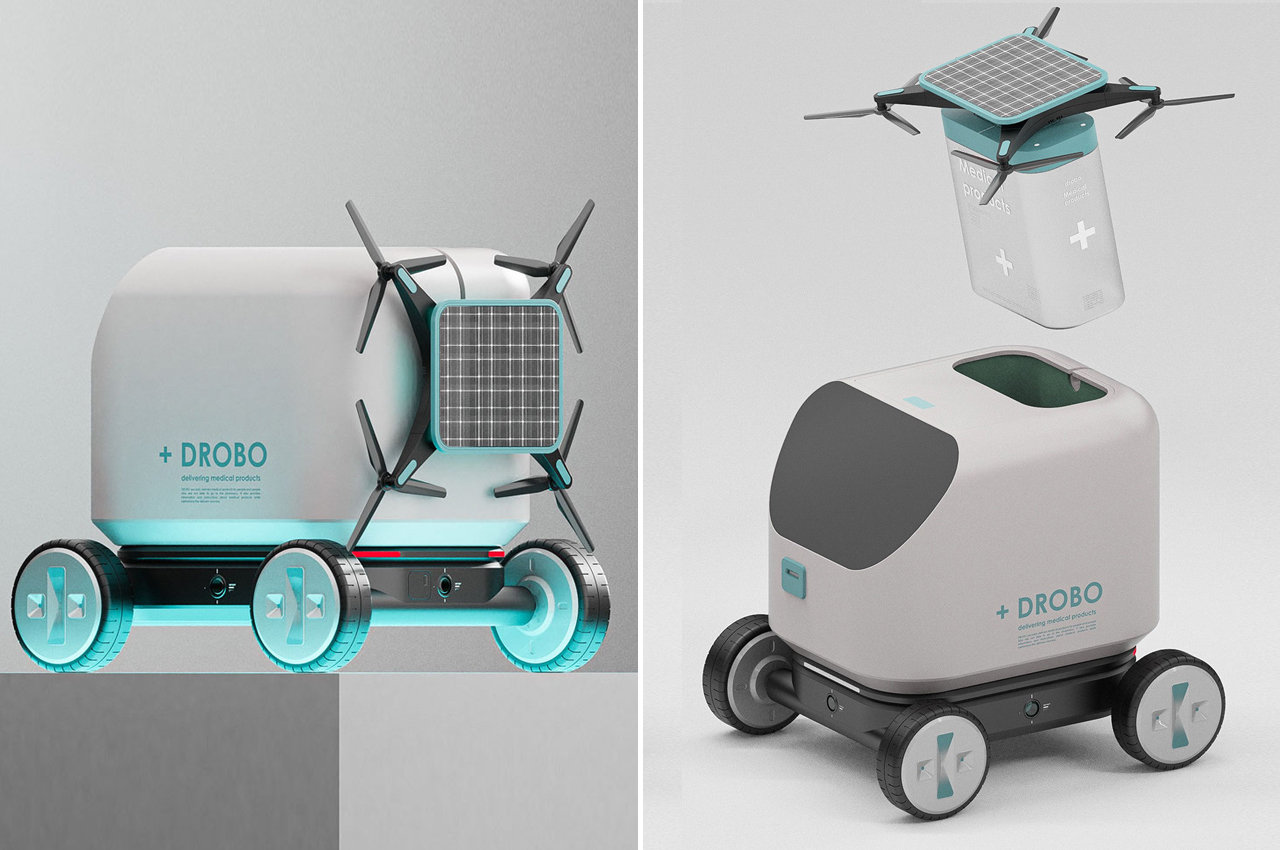
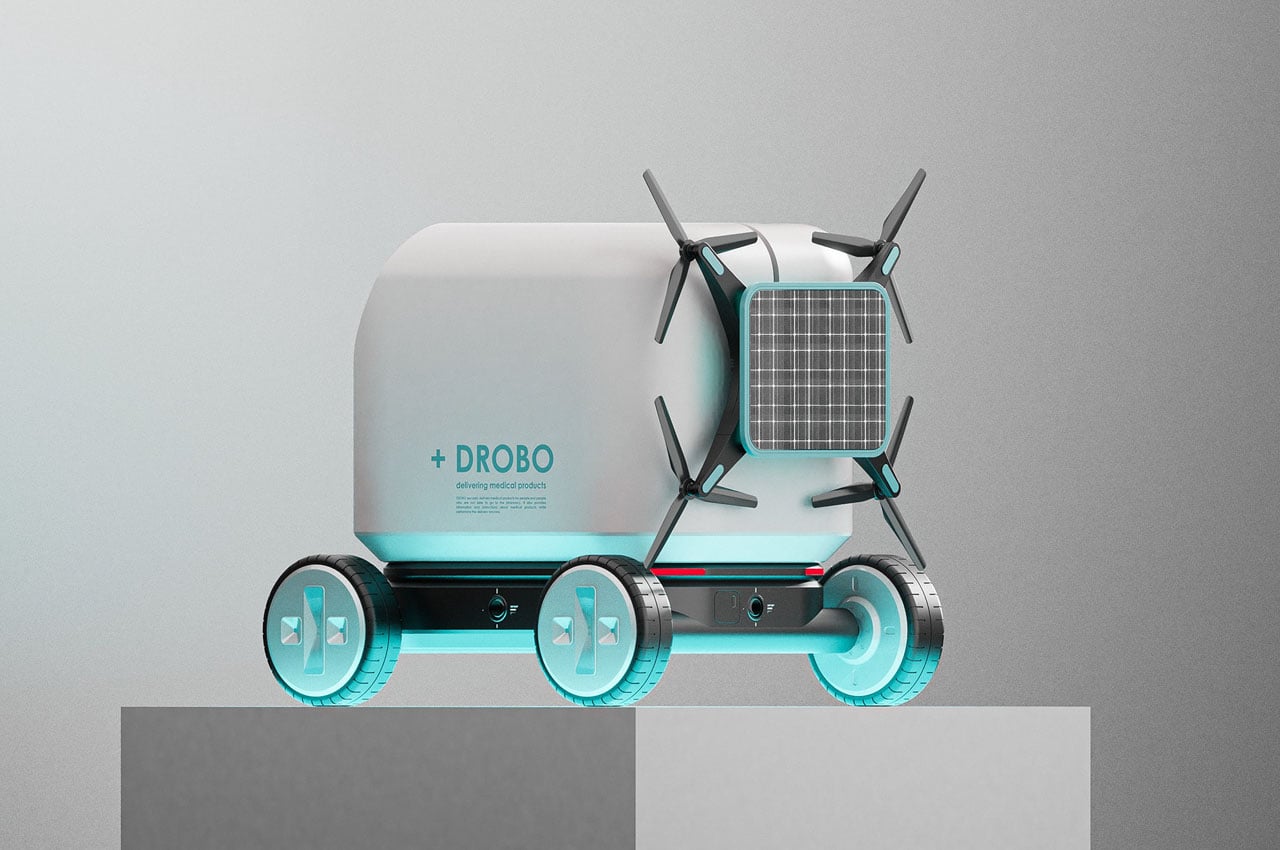
Rather than heading to the pharmacy to get the medicines, this autonomous robot brings home the needed supplies in a safe and secure manner. Even more vital for the elderly or patients who cannot visit the pharmacy due to underlying medical conditions. The robot has a large screen to display the instructions about the medical product that’s being hauled for a smooth and informative process. The USP of this medicine delivery robot is its onboard drone that attaches to the back. When it is time to deliver the medicines, the drone attaches to the delivery compartment courtesy of the rails and flies straight off to the patient’s window for a hassle-free and safe hauling of vital medicines. The drone has solar panels on top to soak up the sun’s power for a flight anytime, anywhere.
The post Top 10 solar-powered product trends of 2022 first appeared on Yanko Design.



